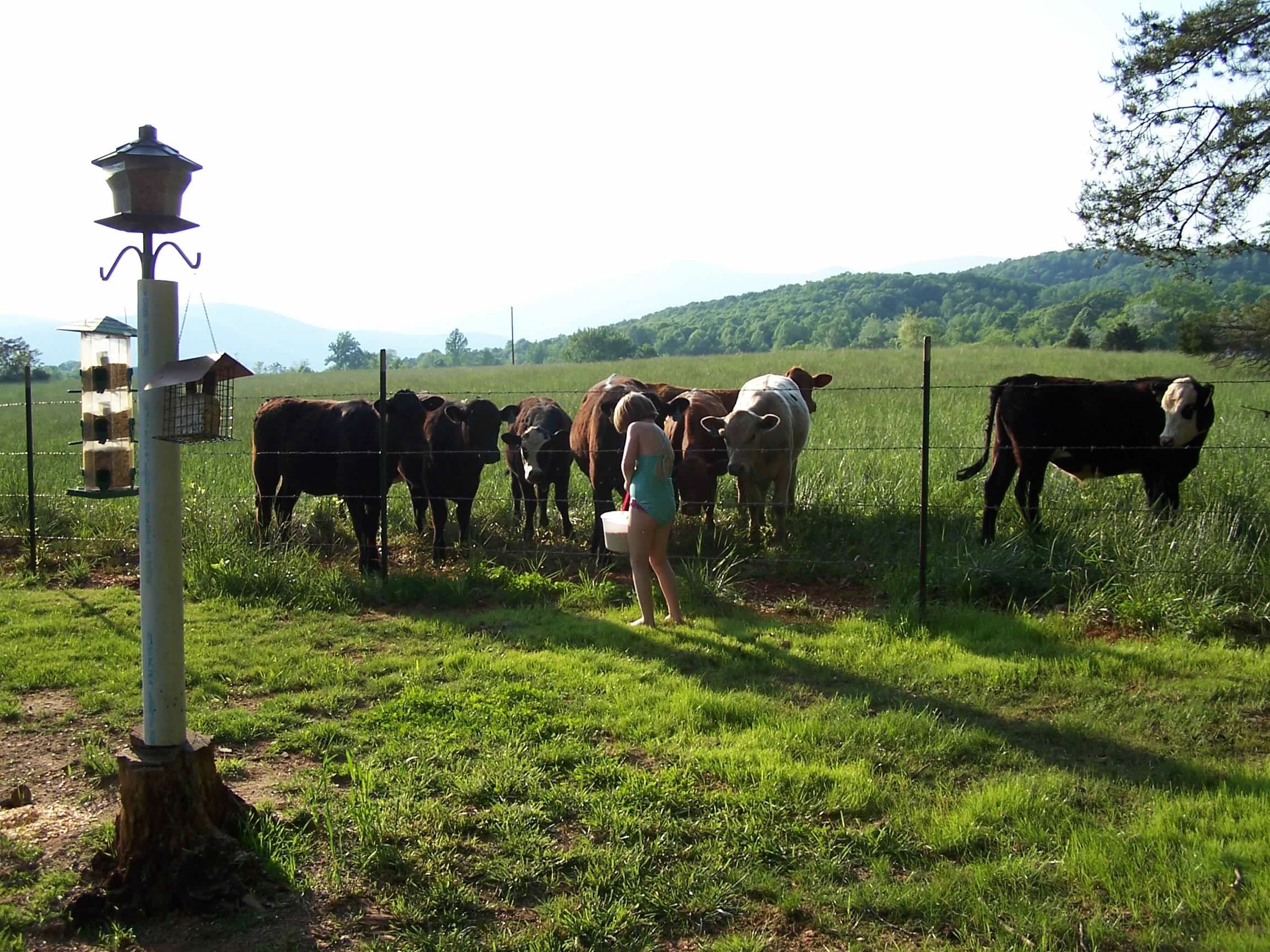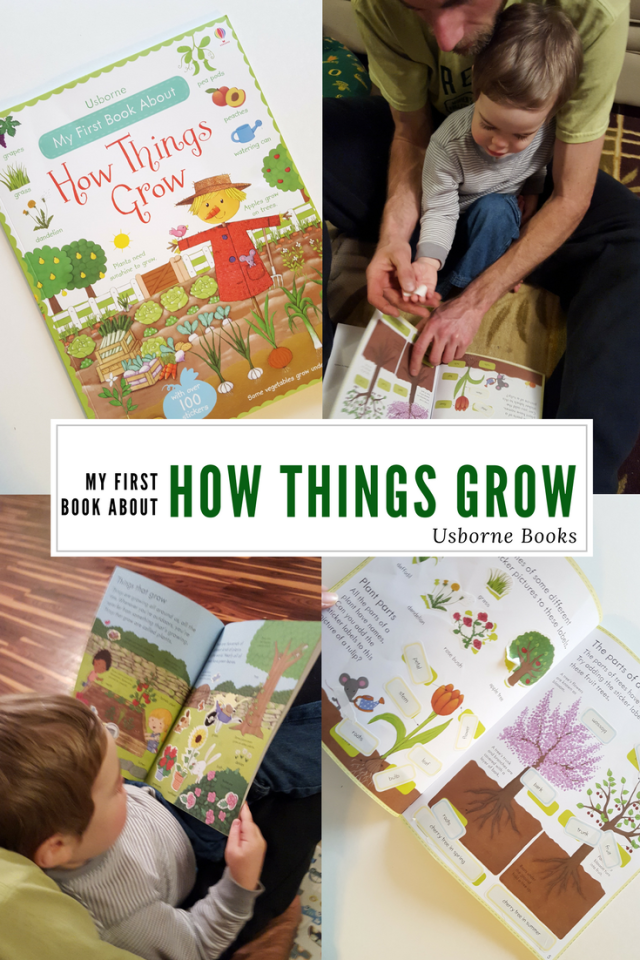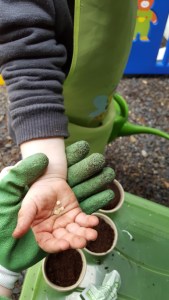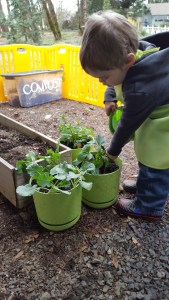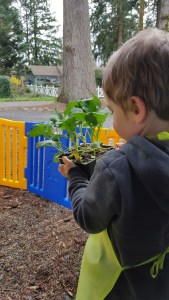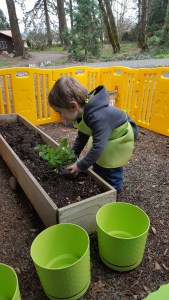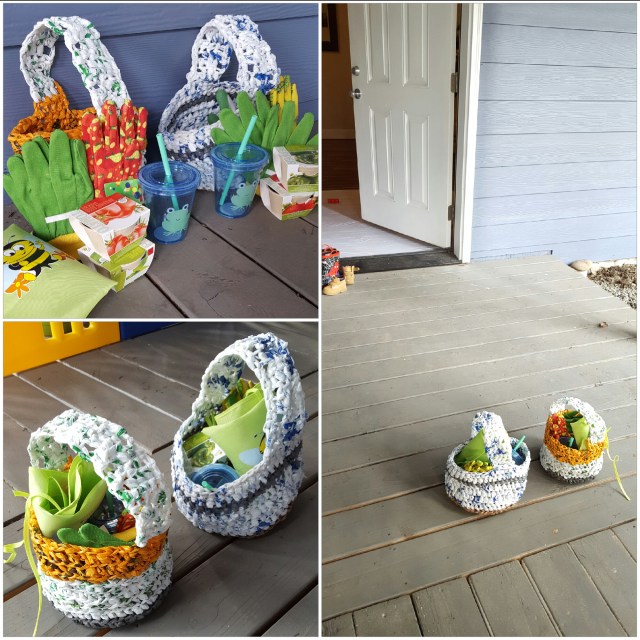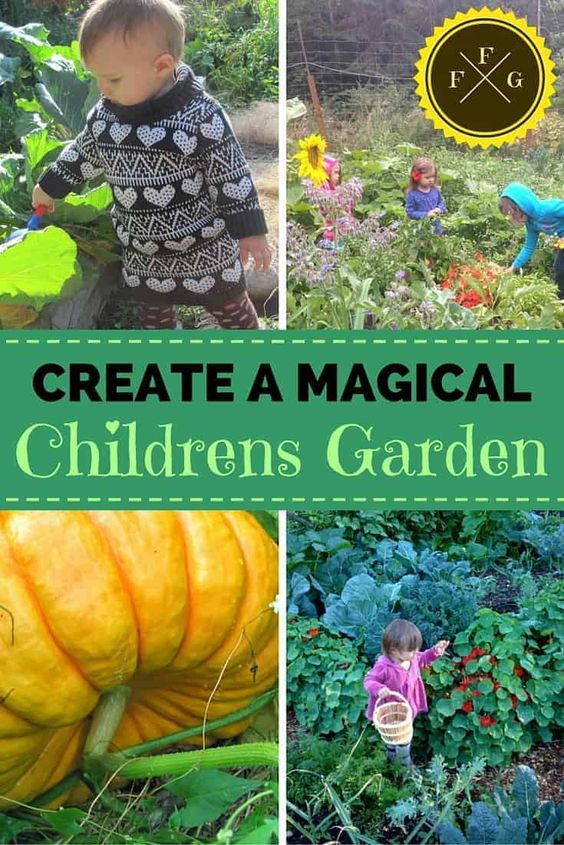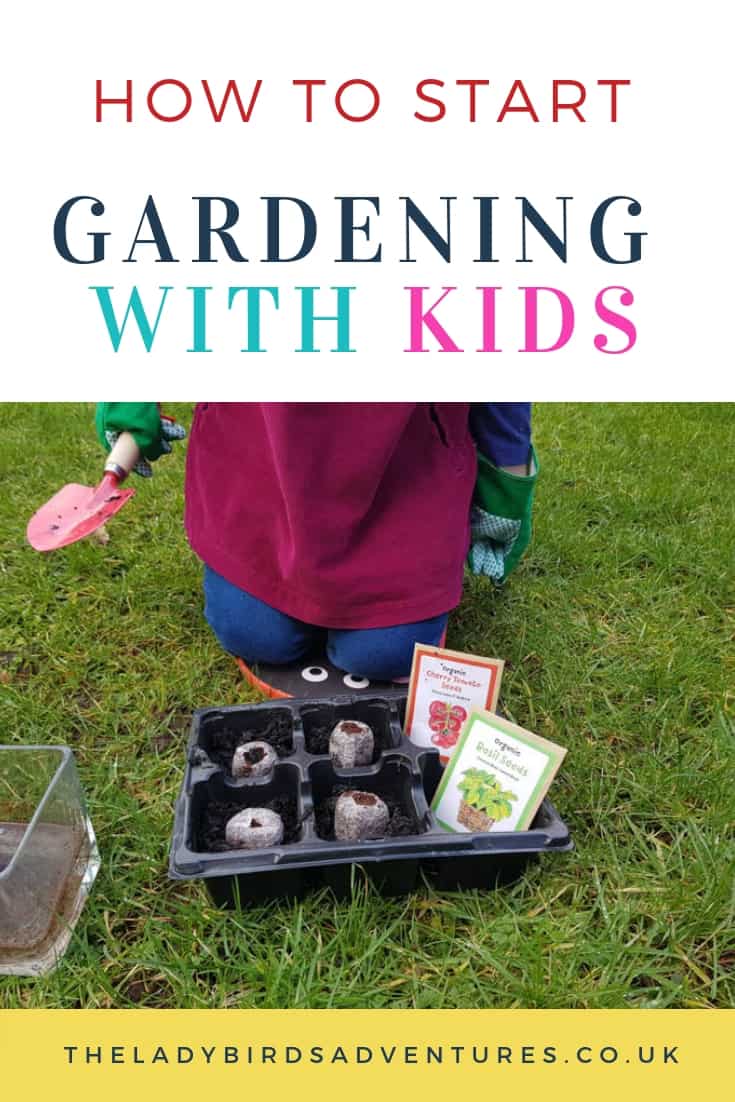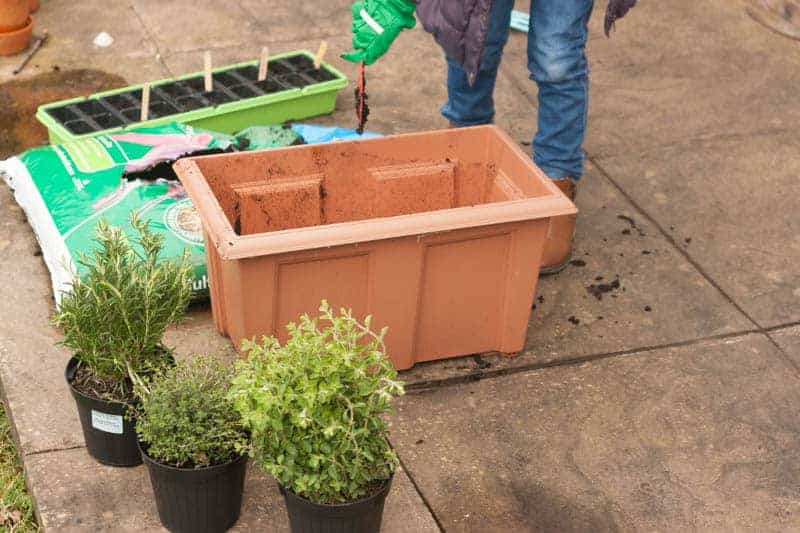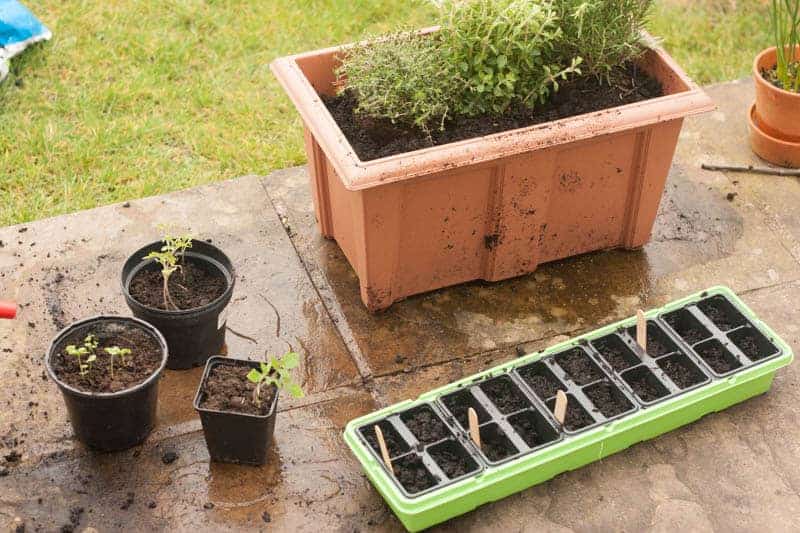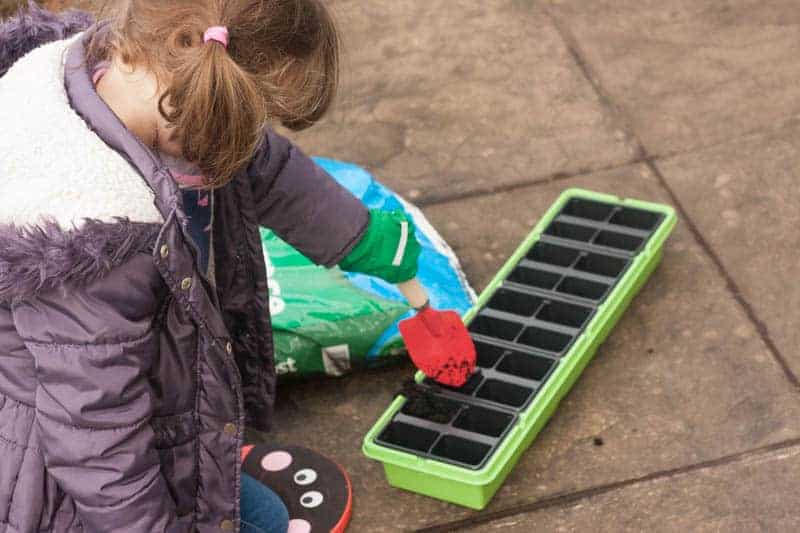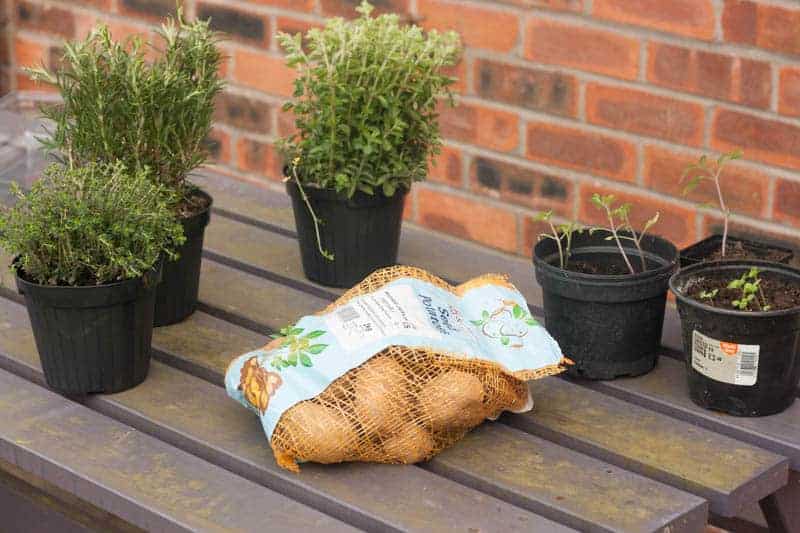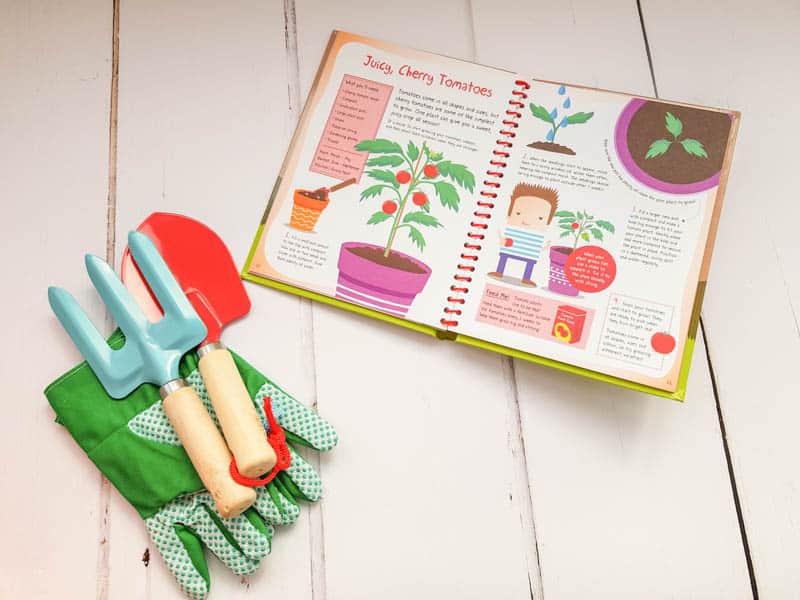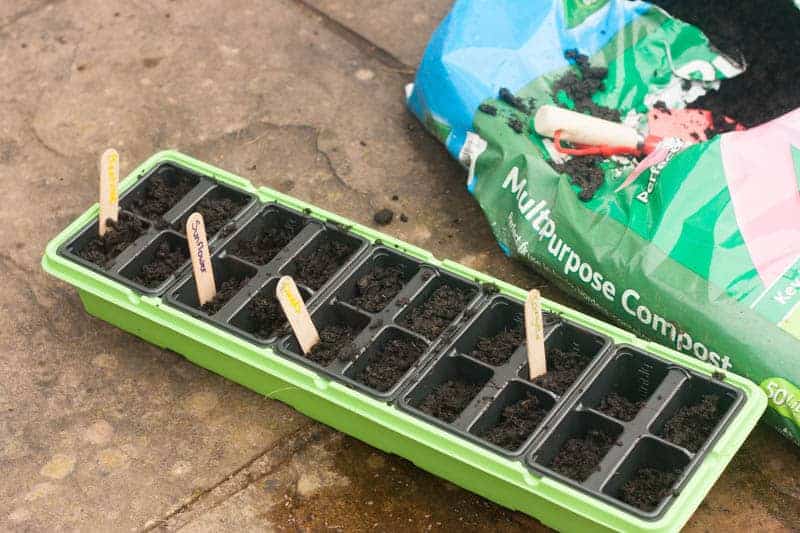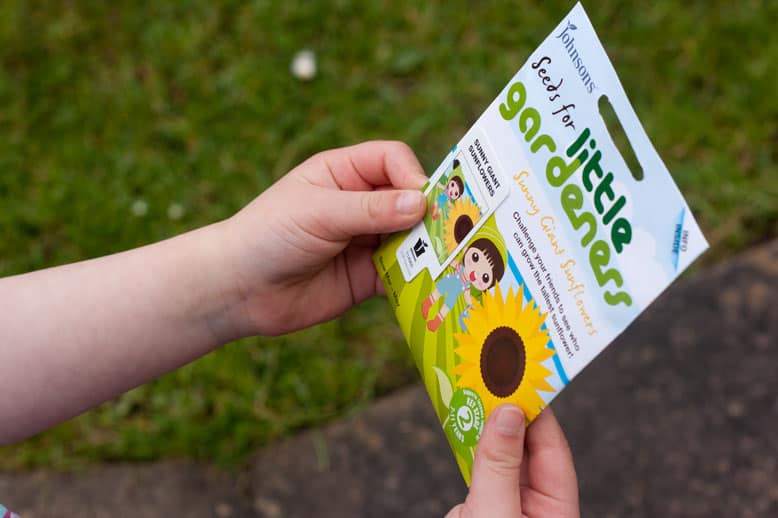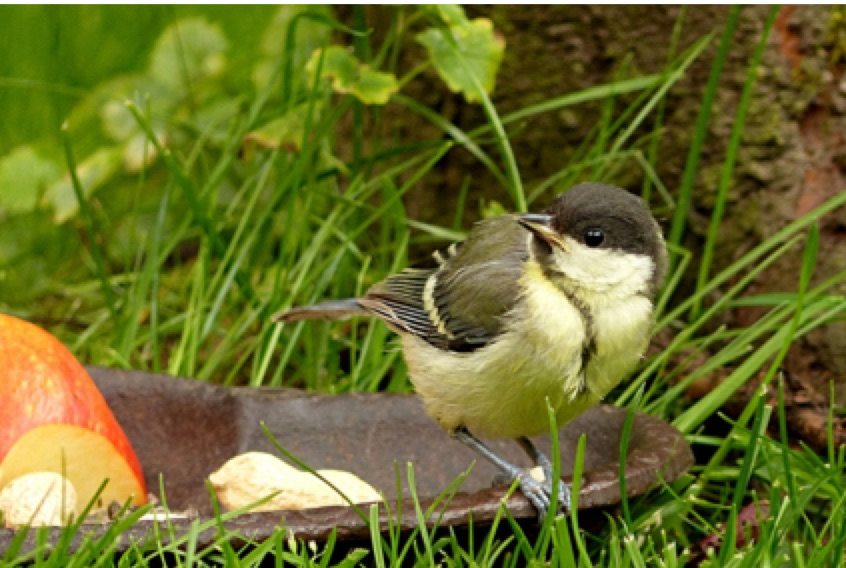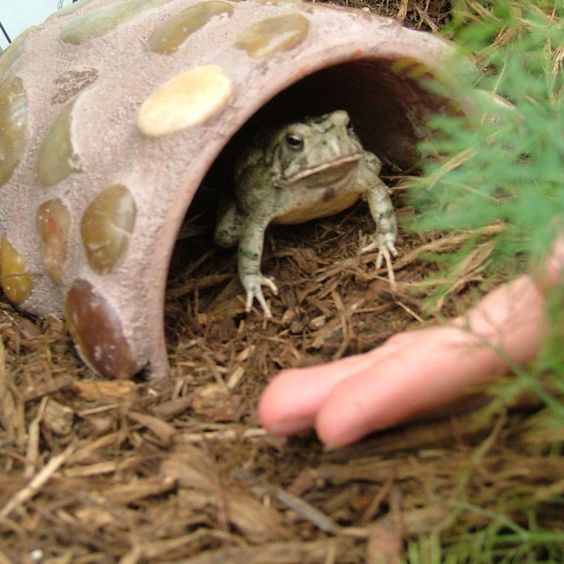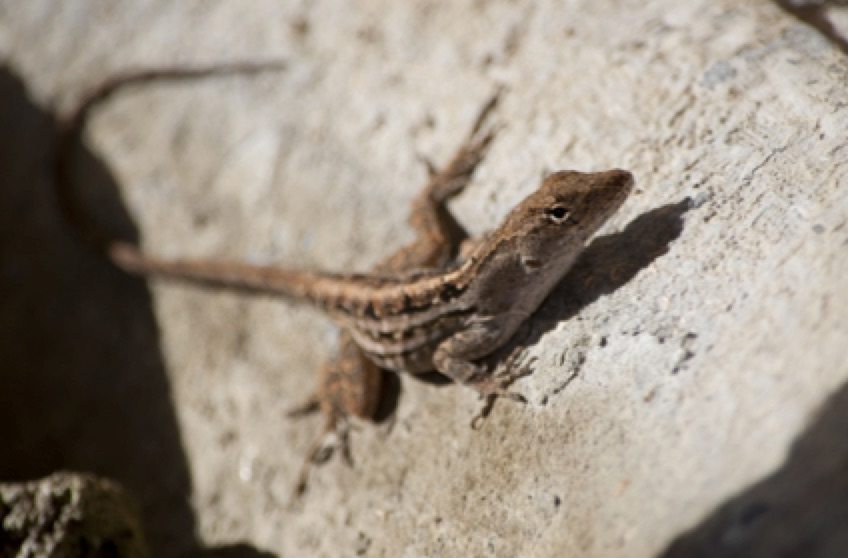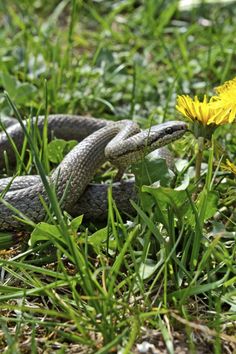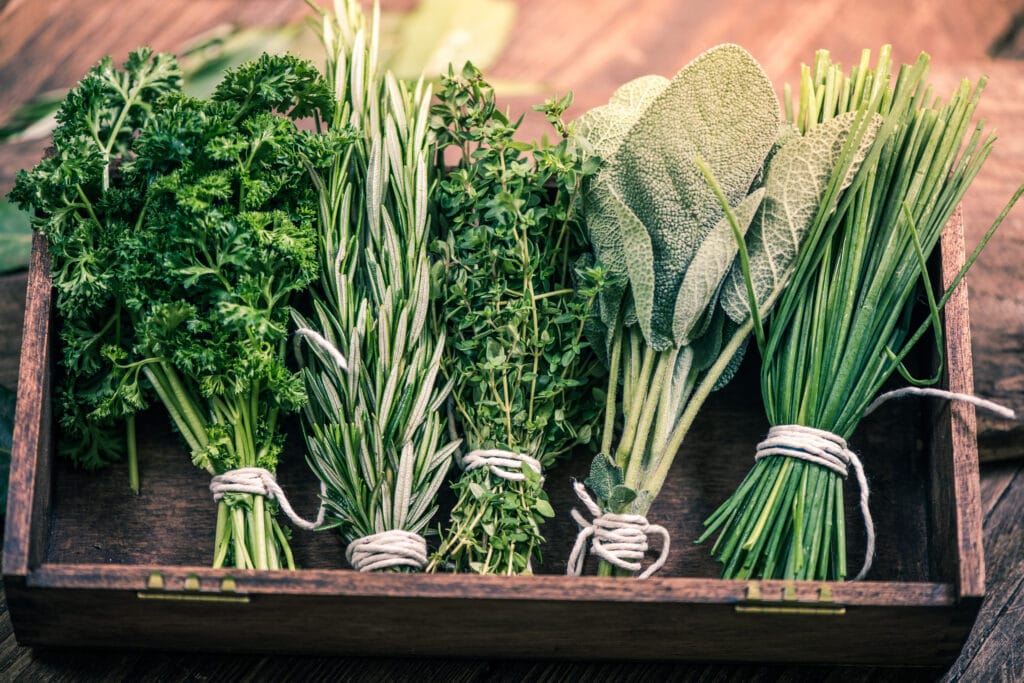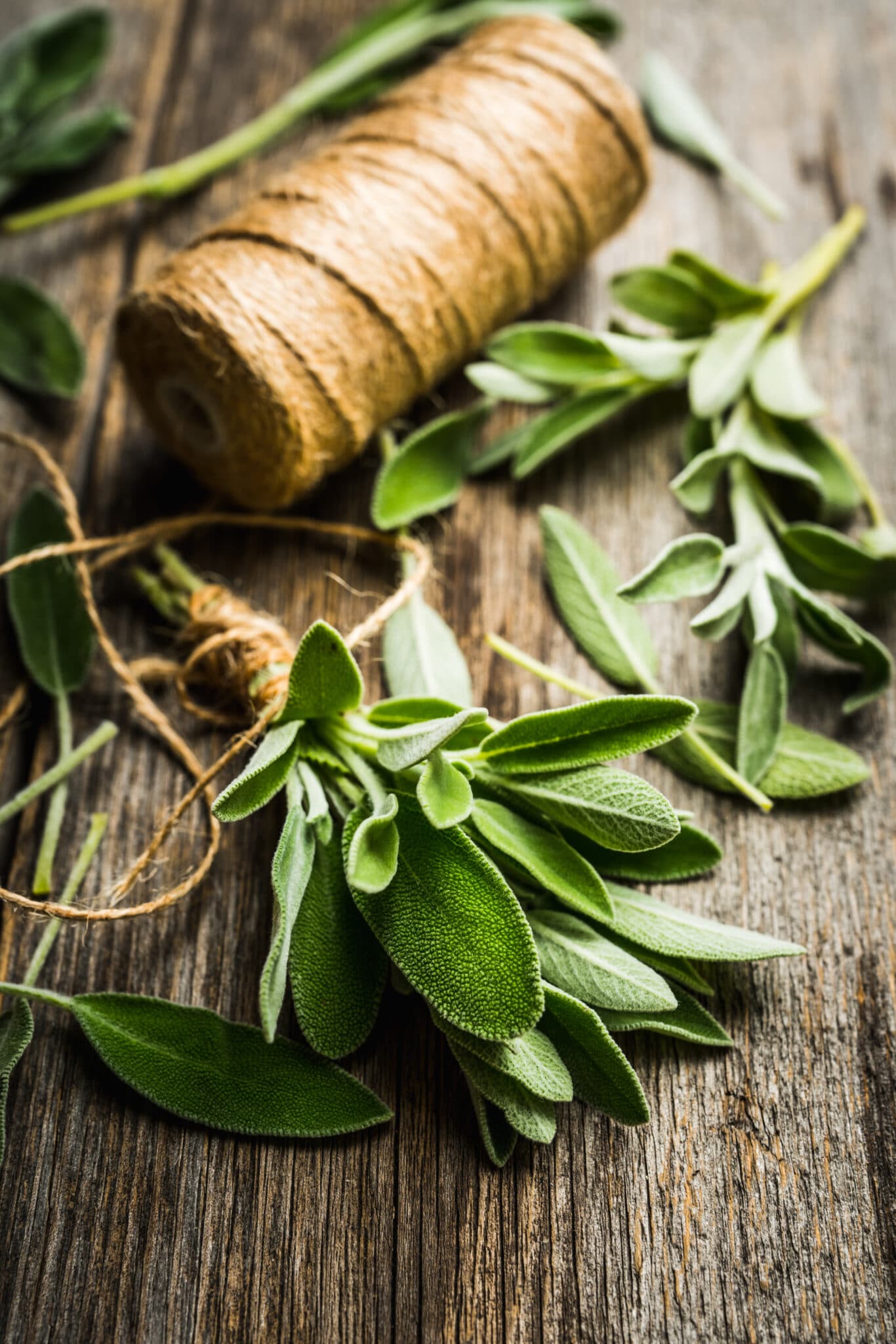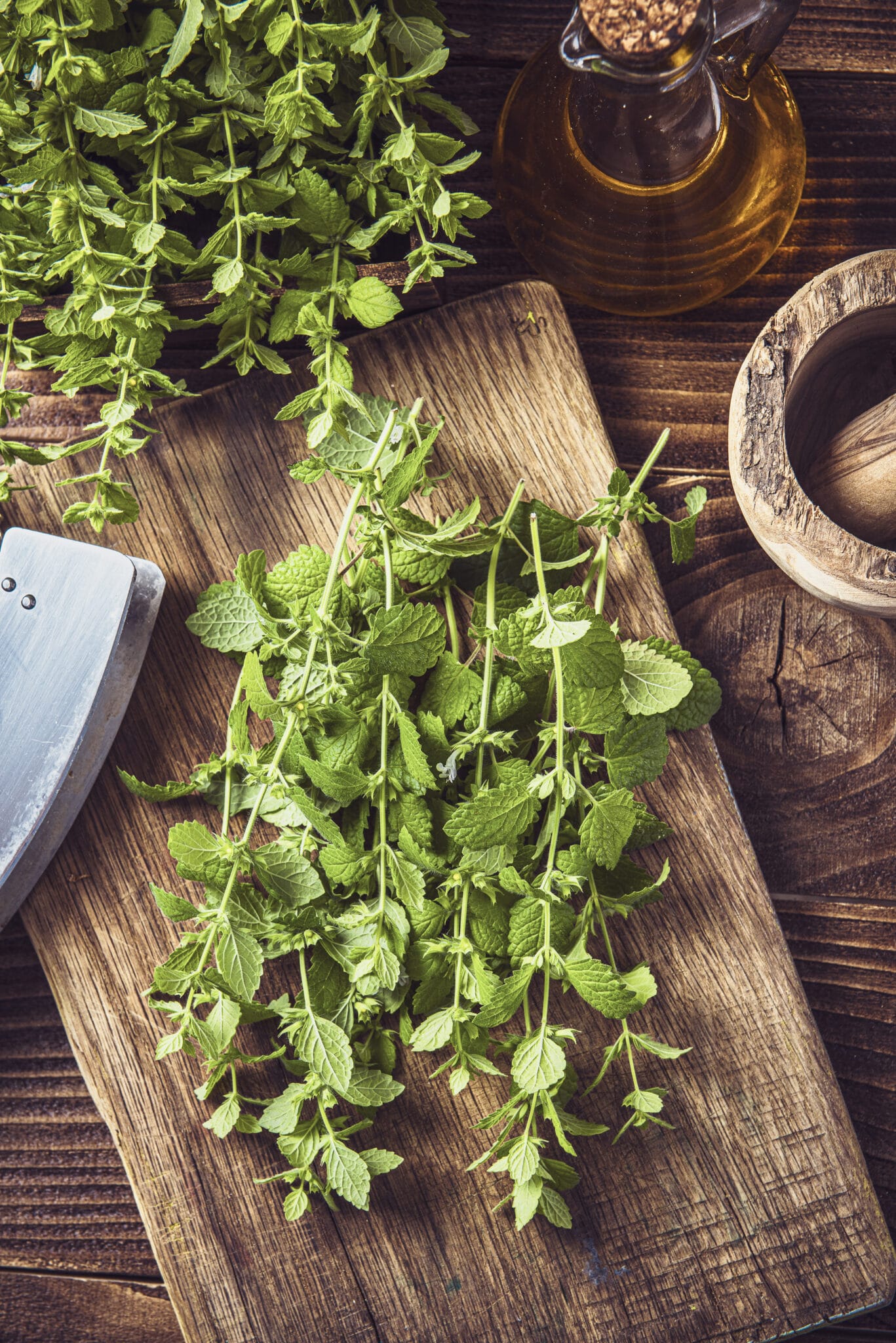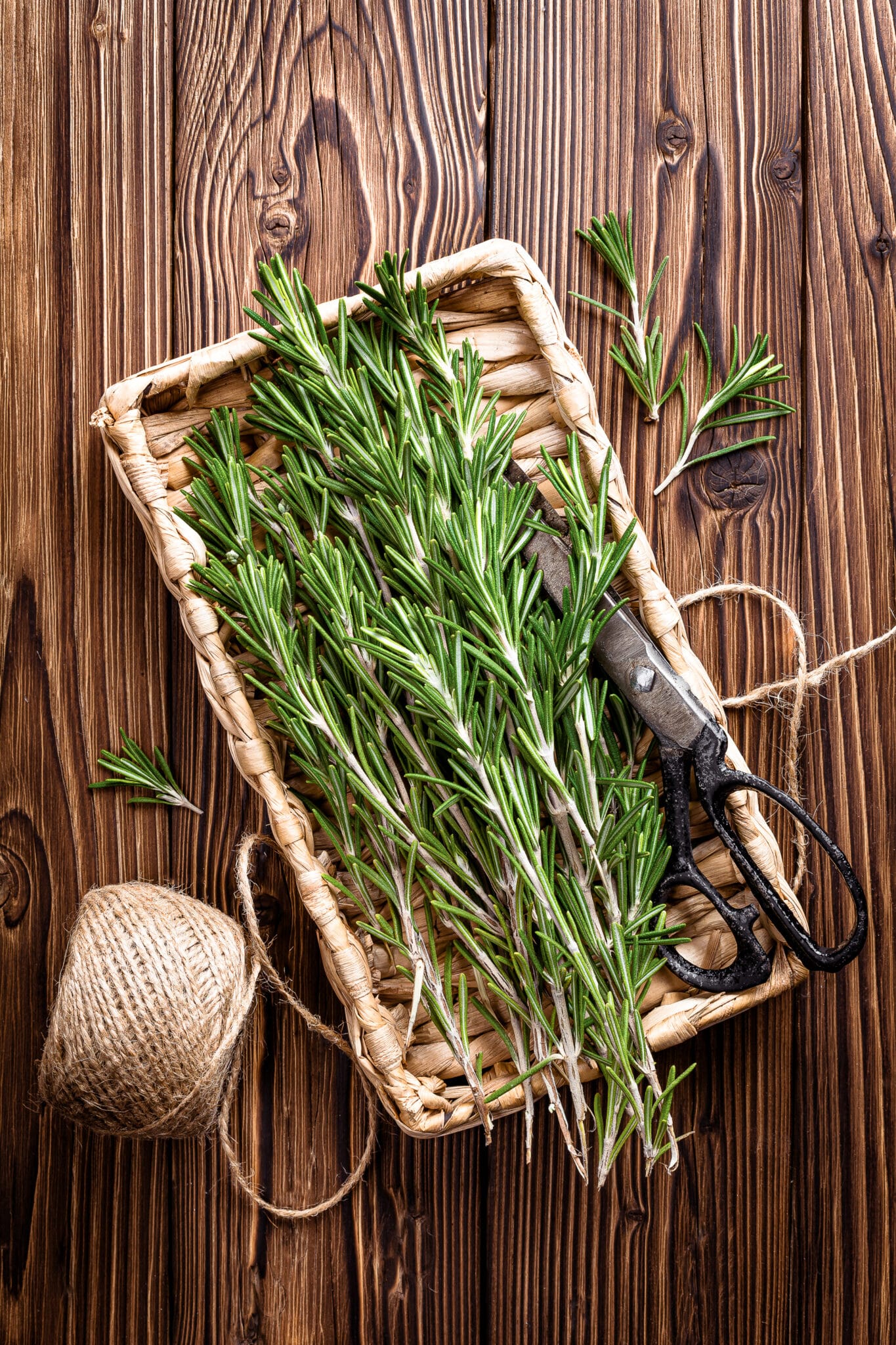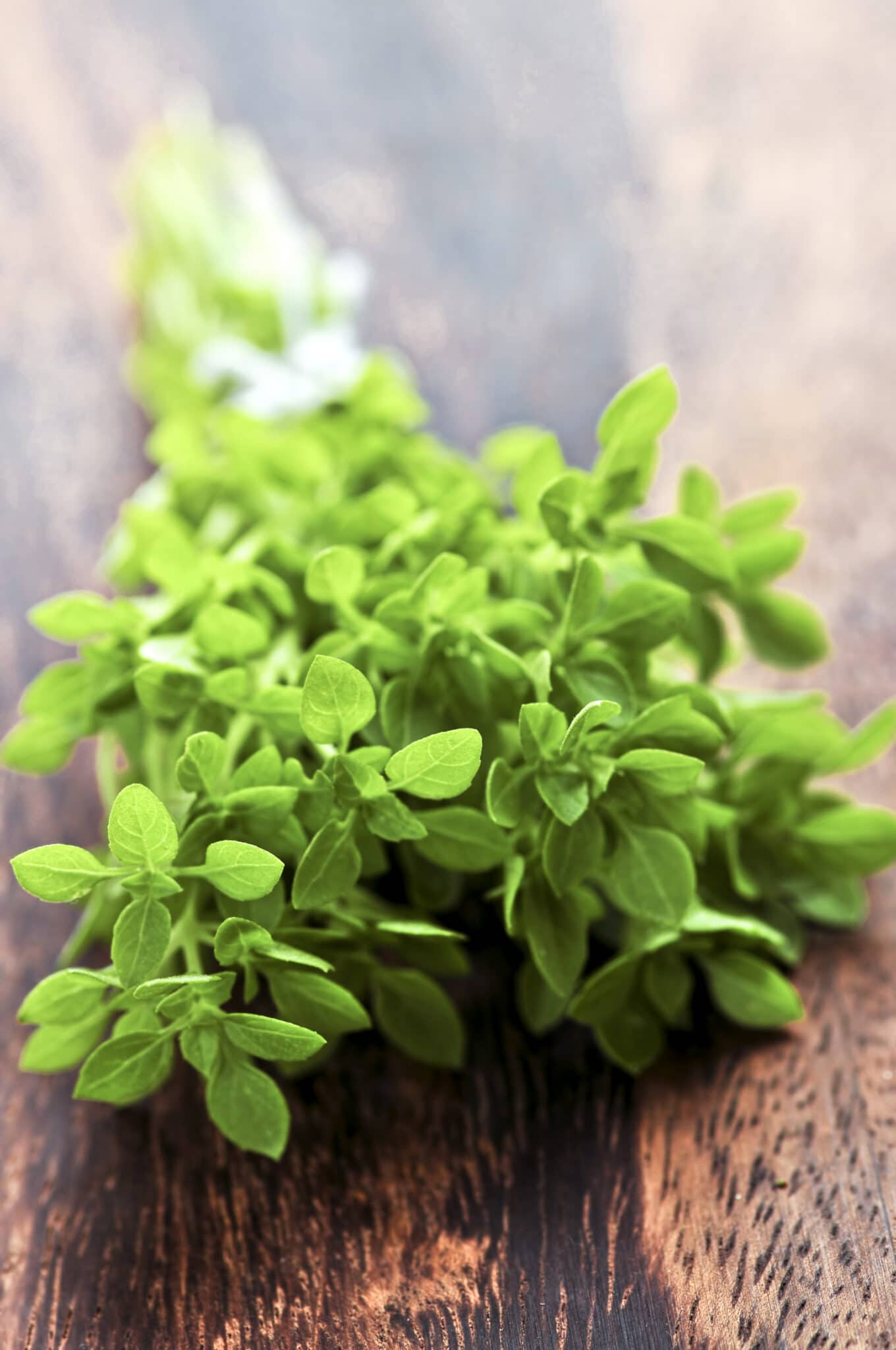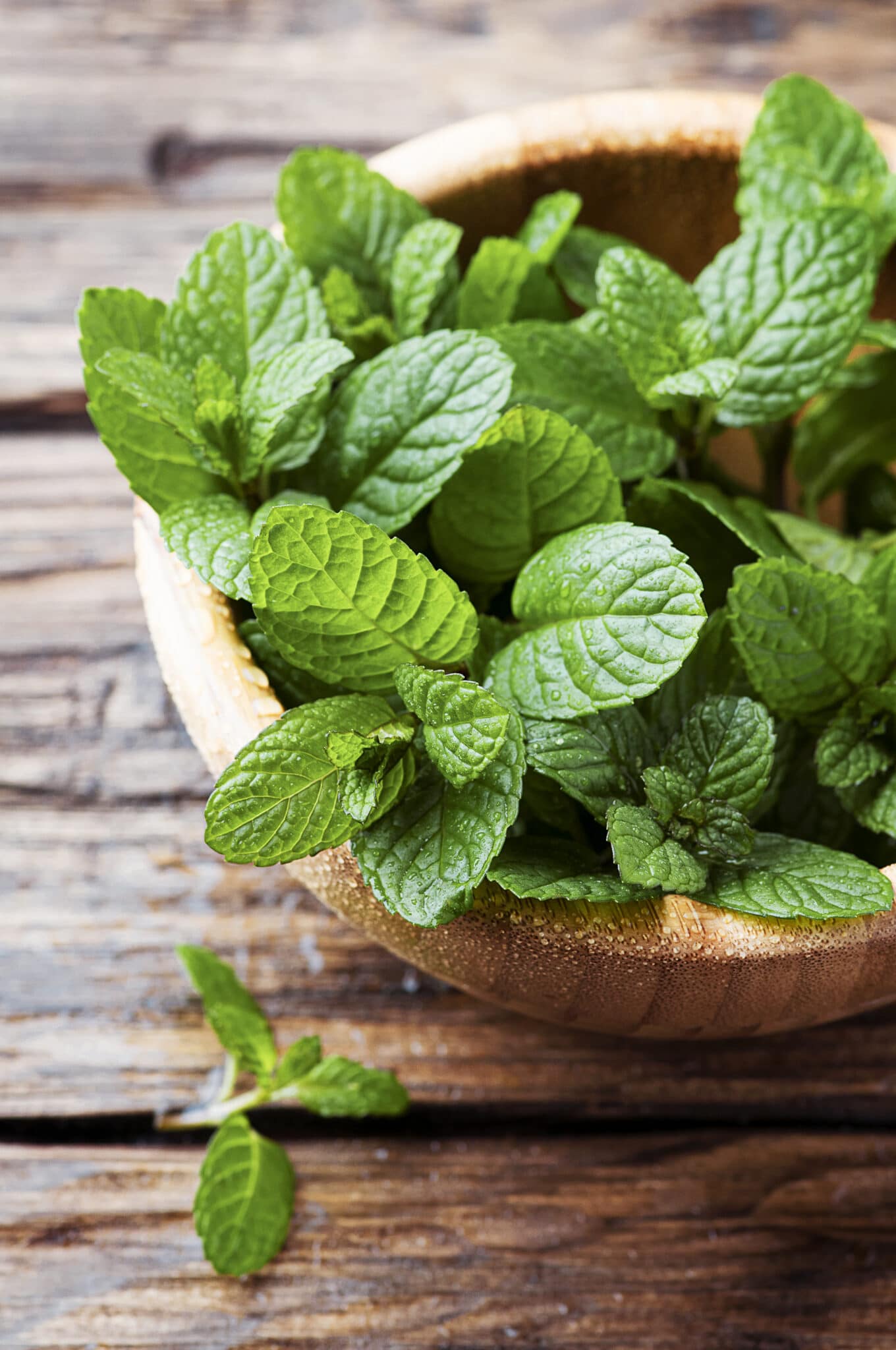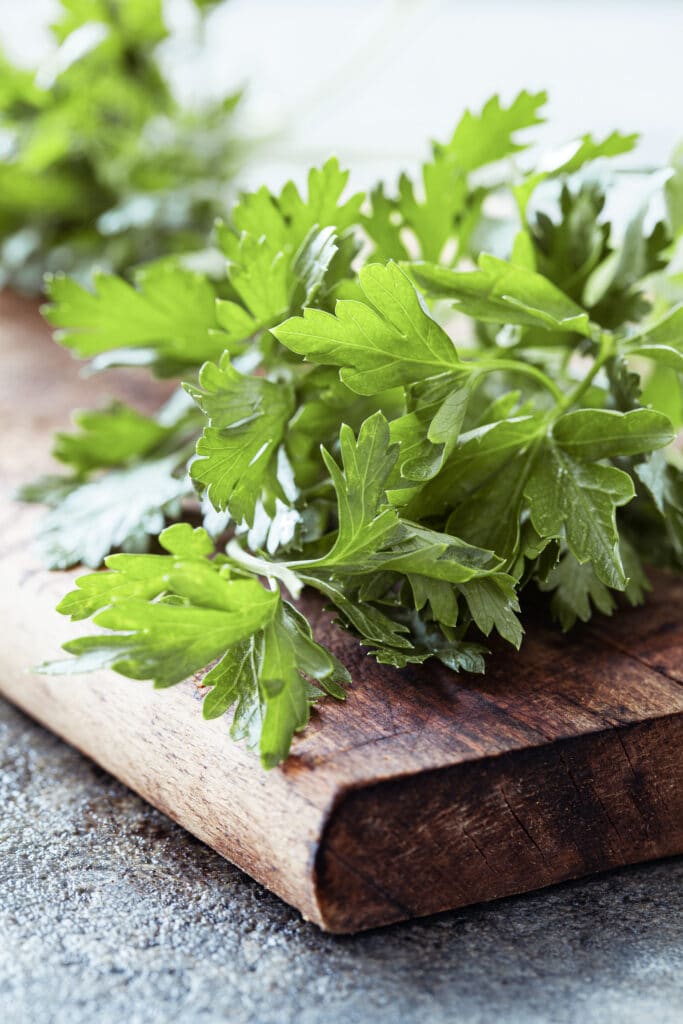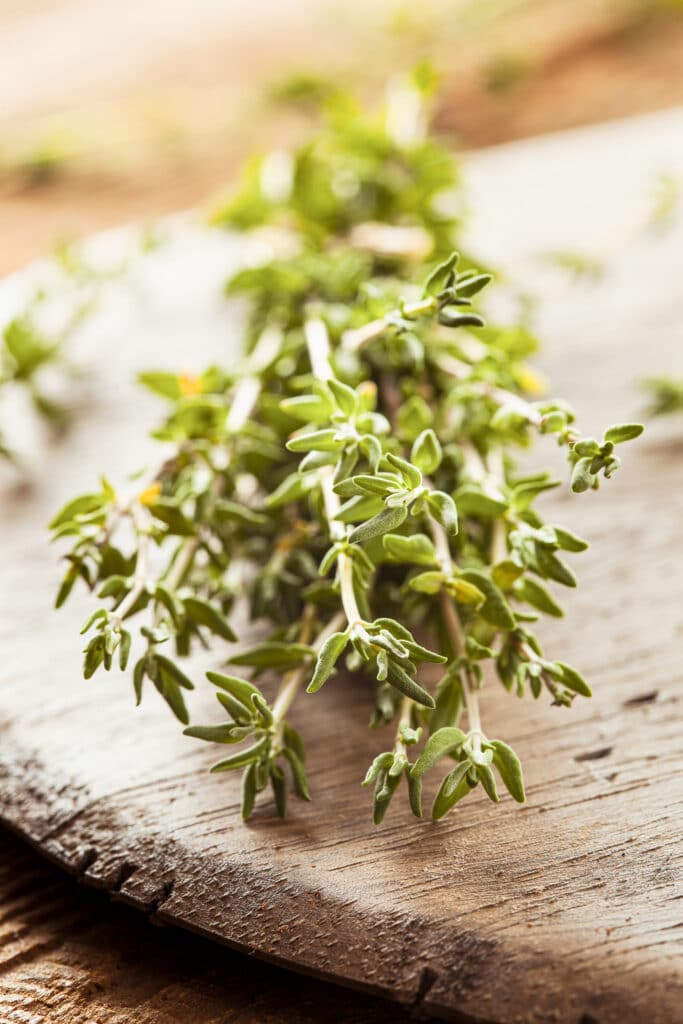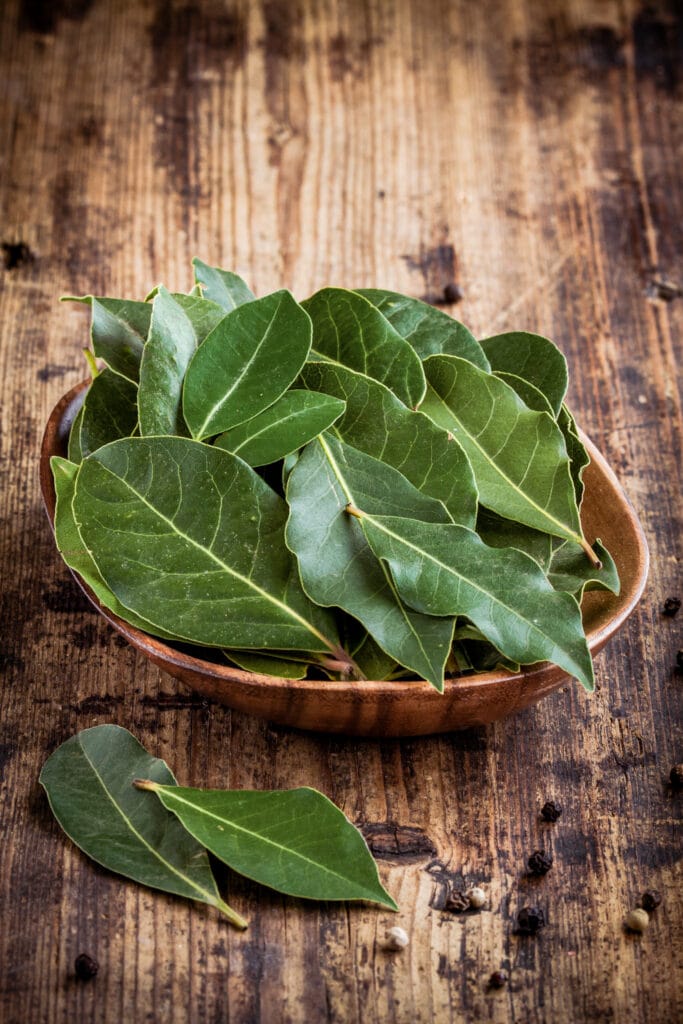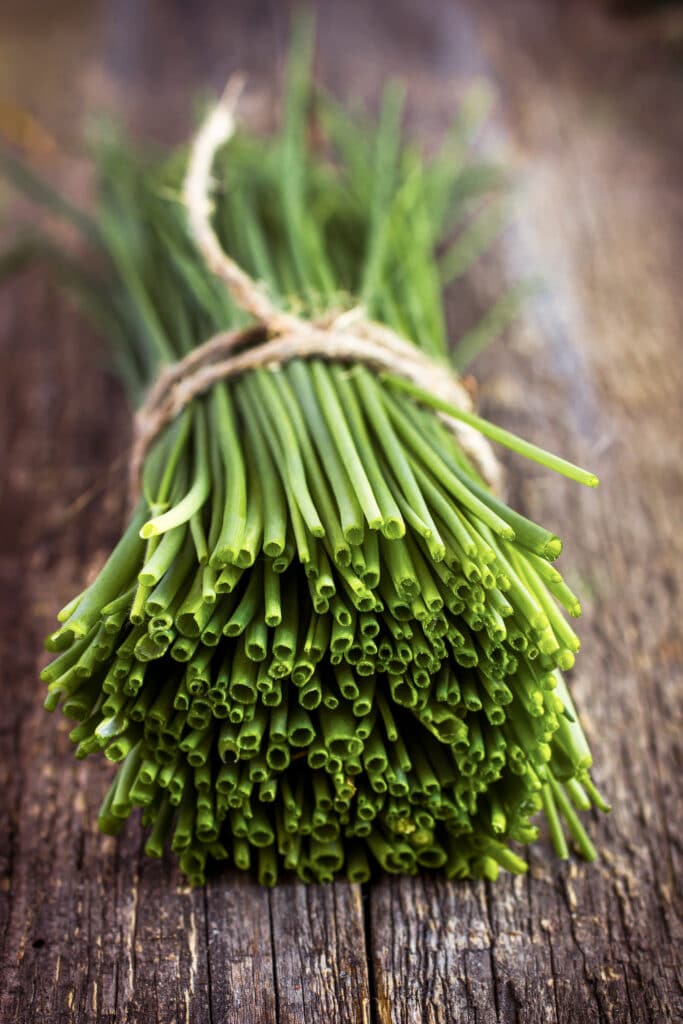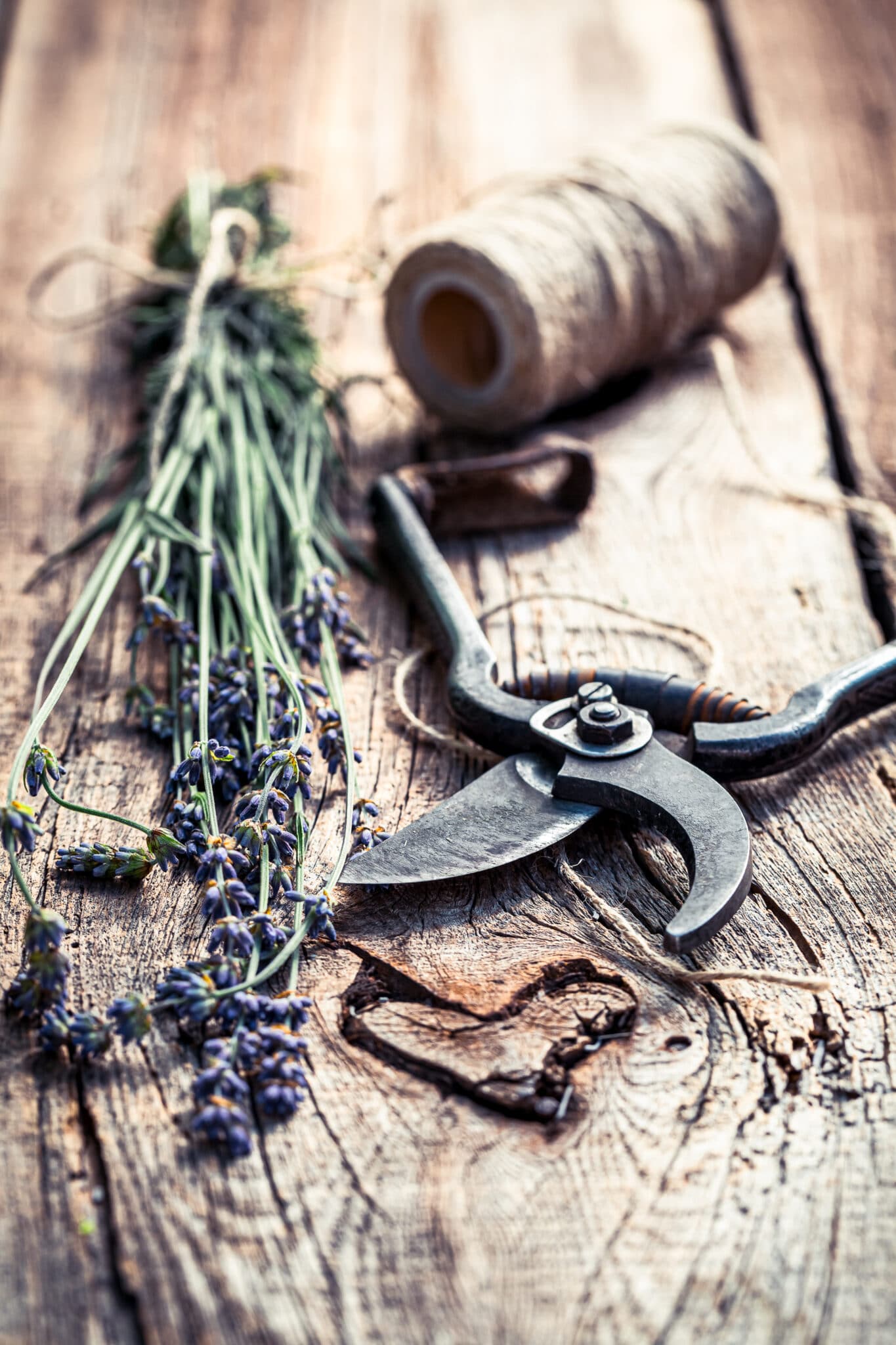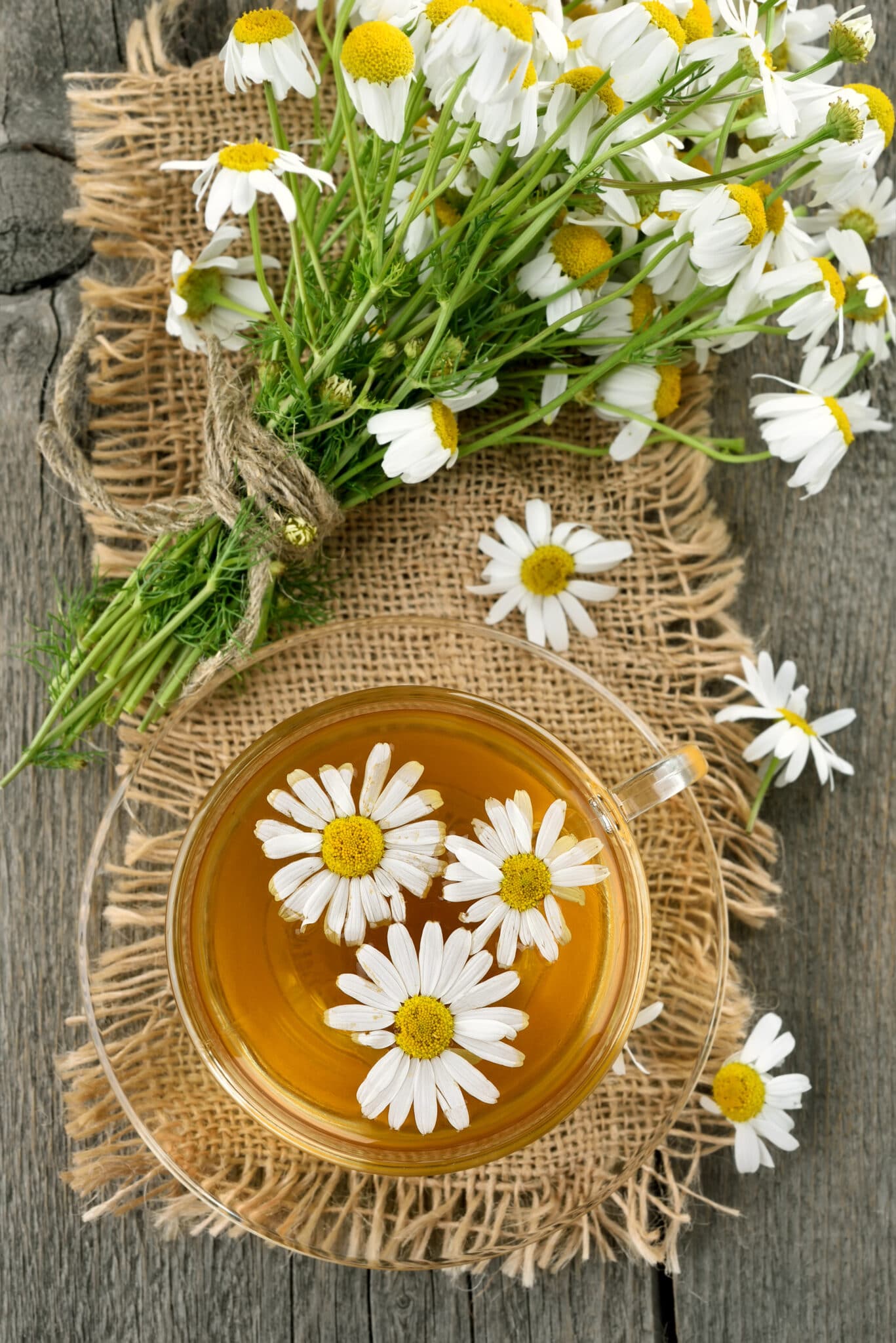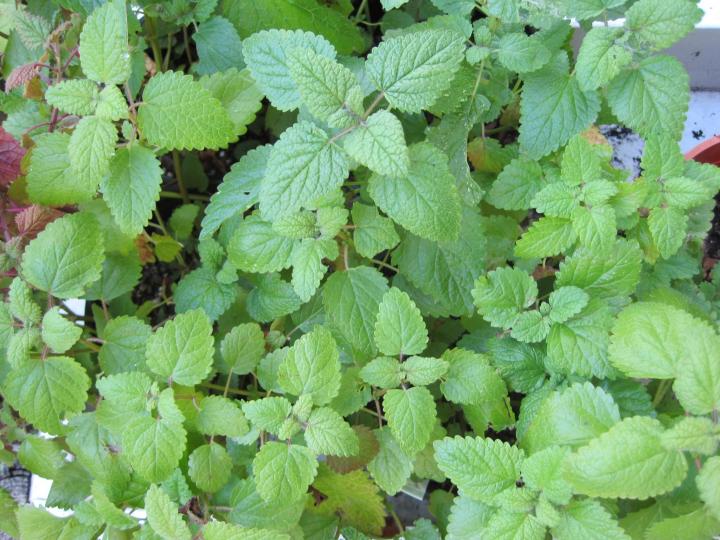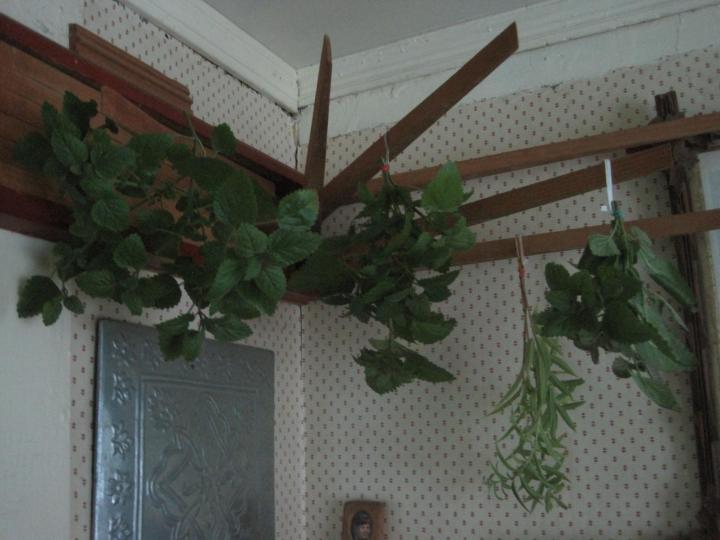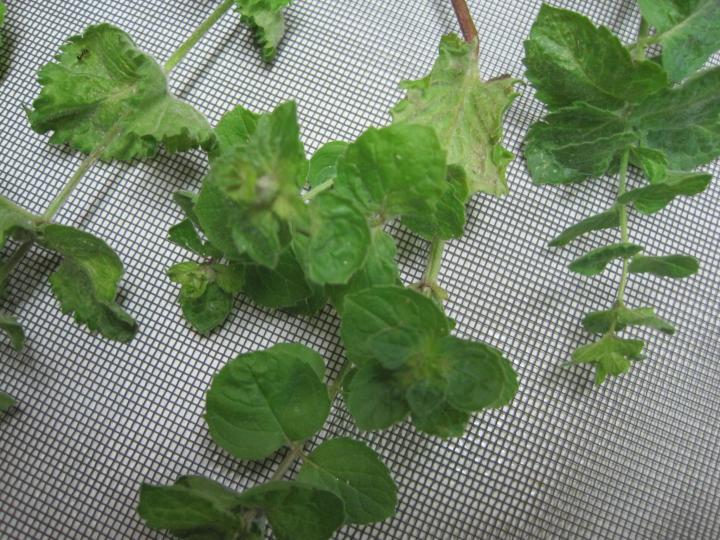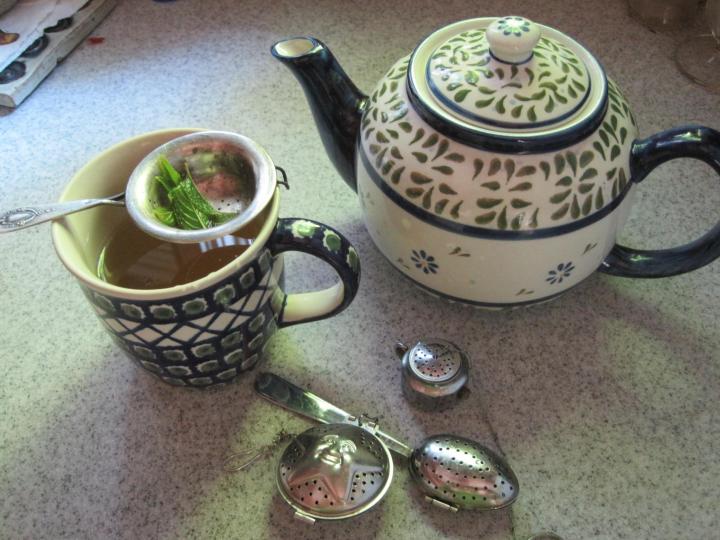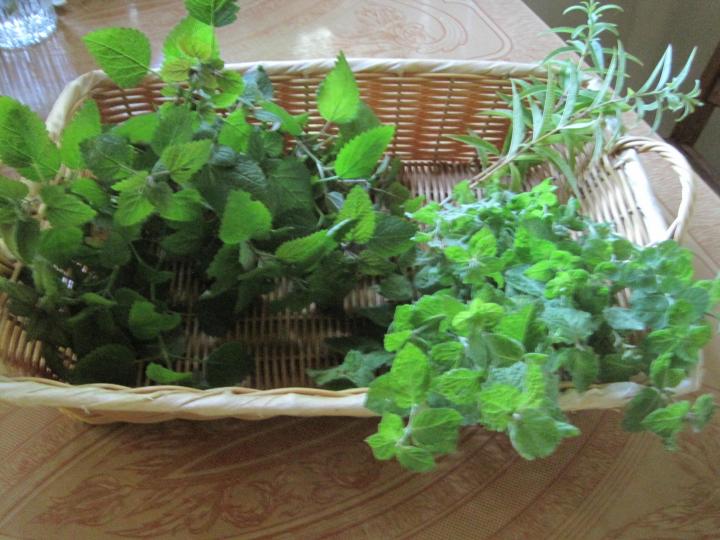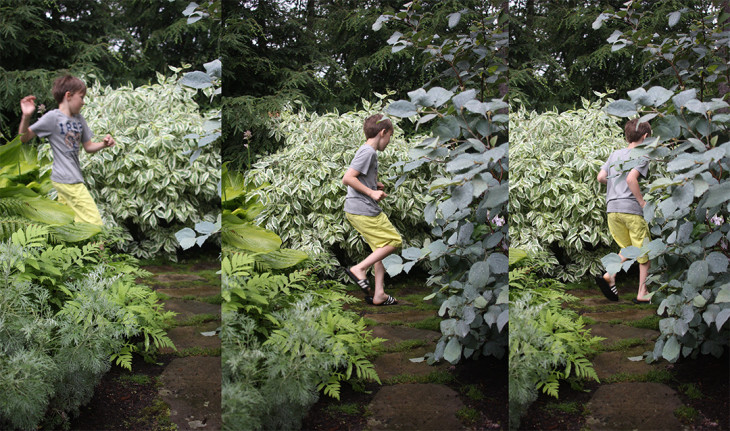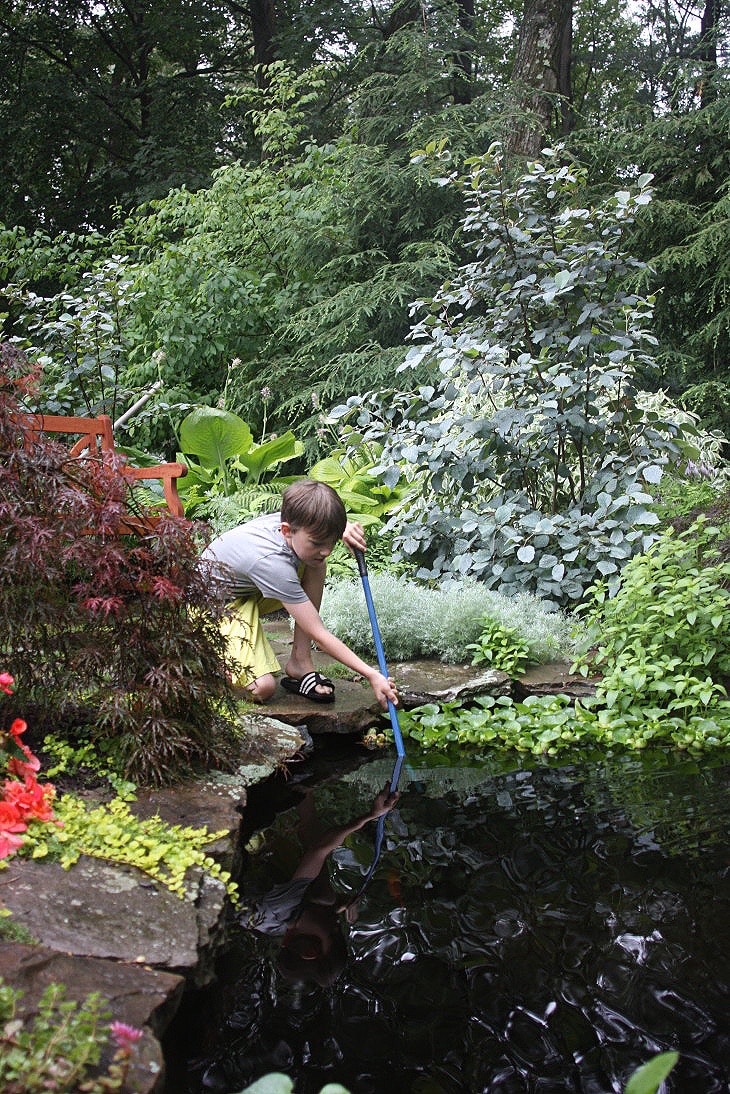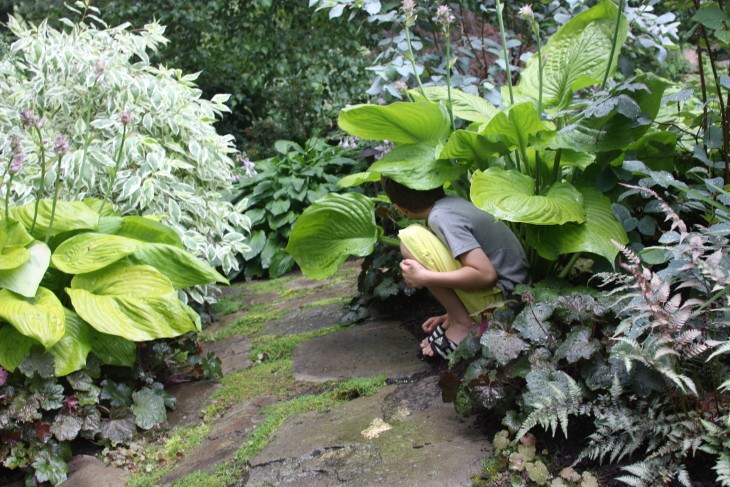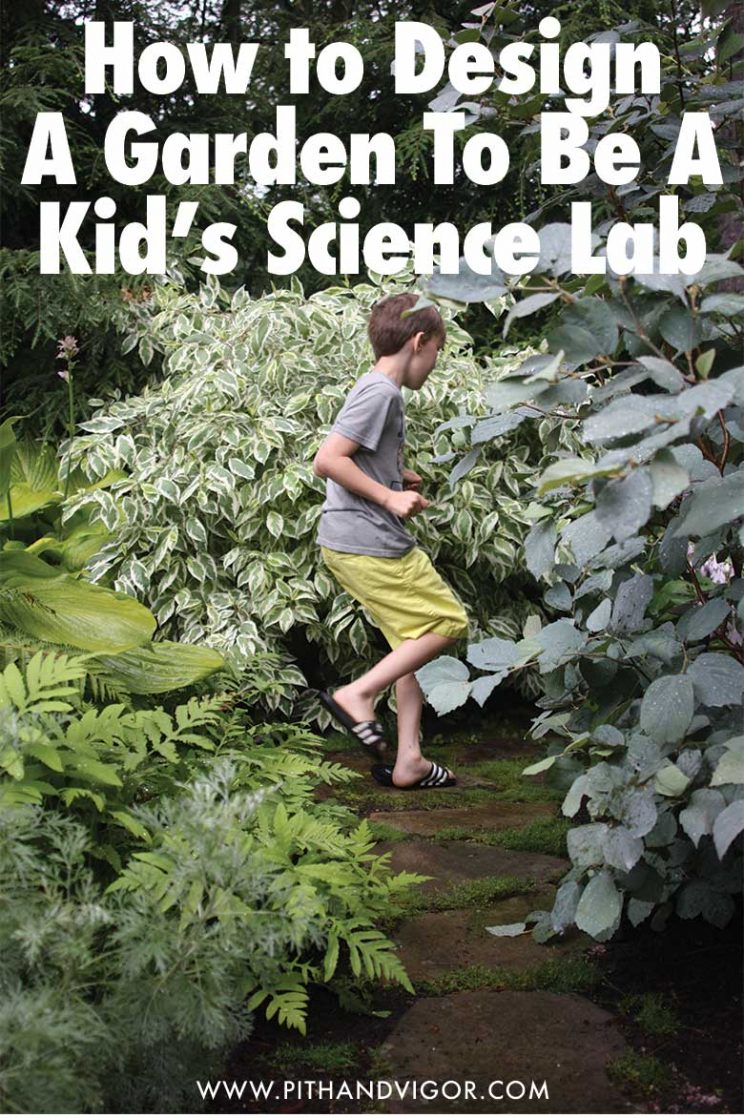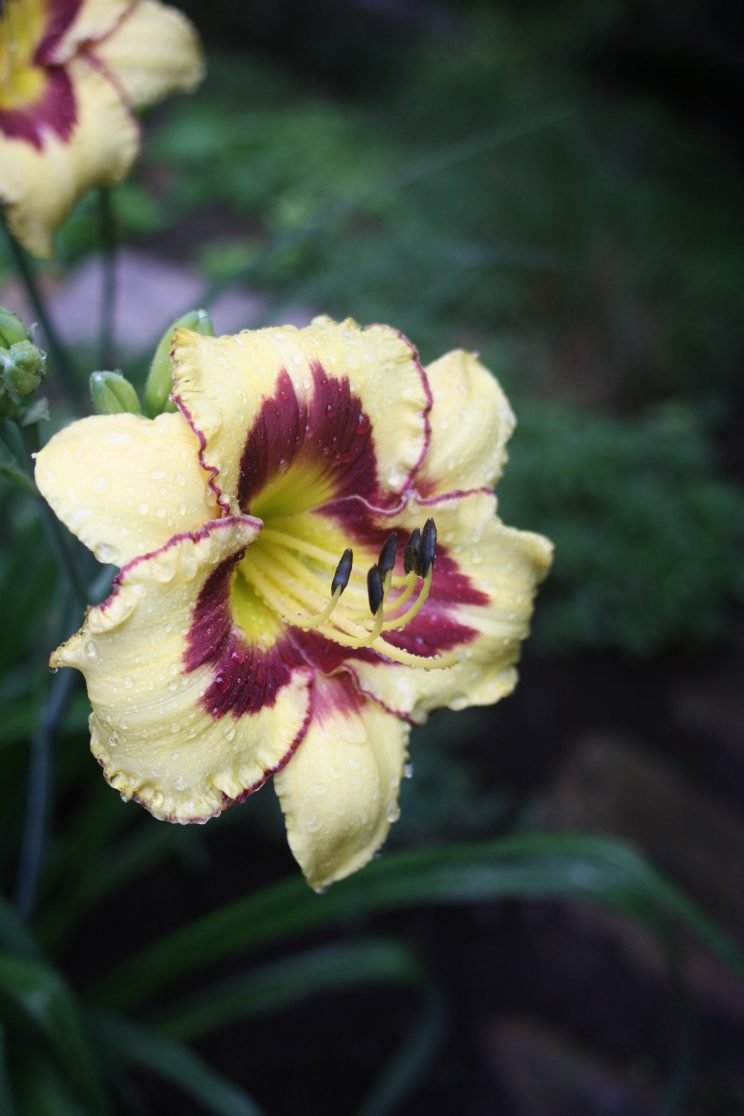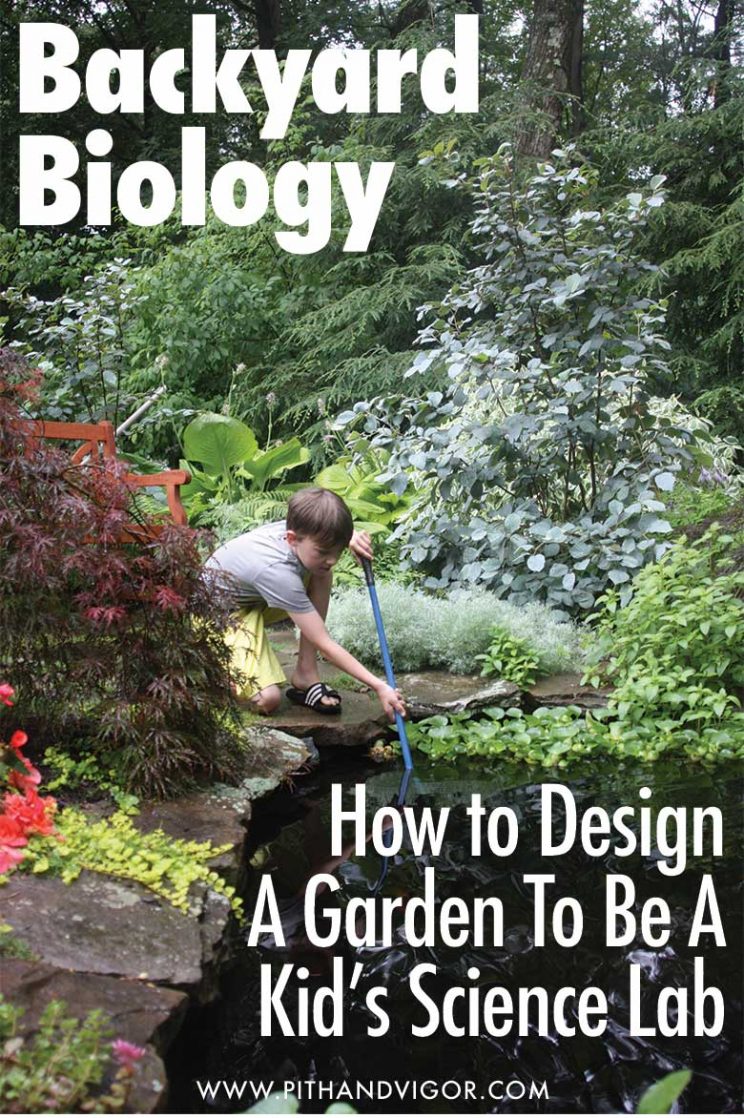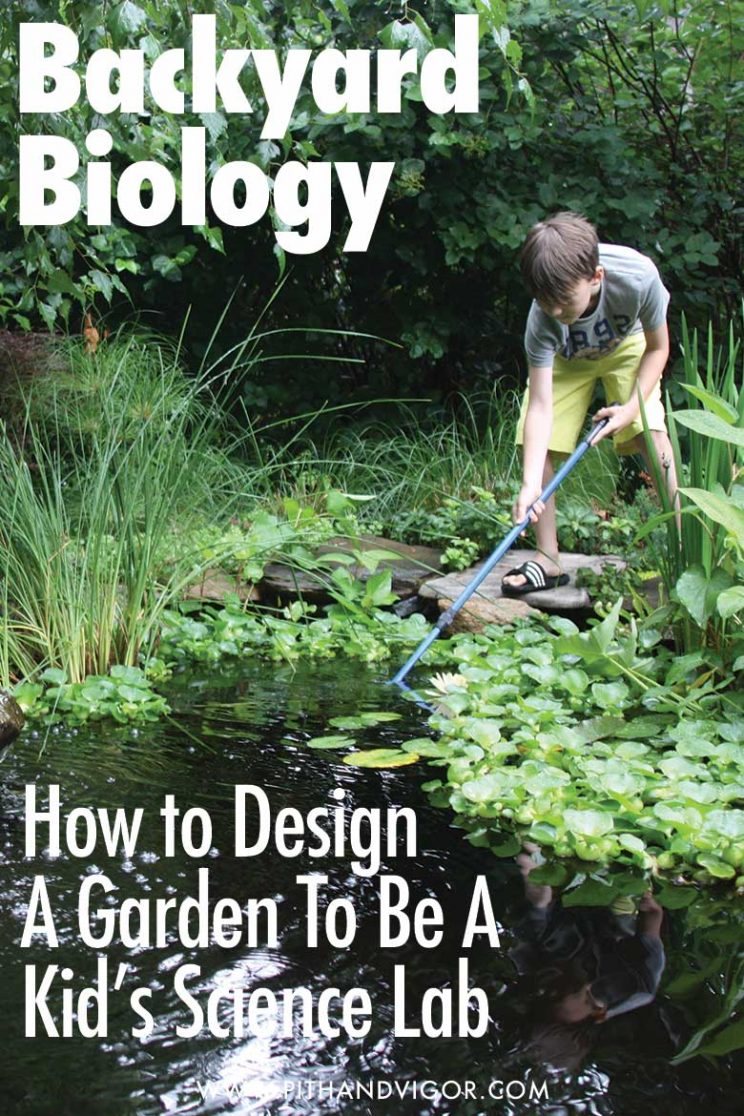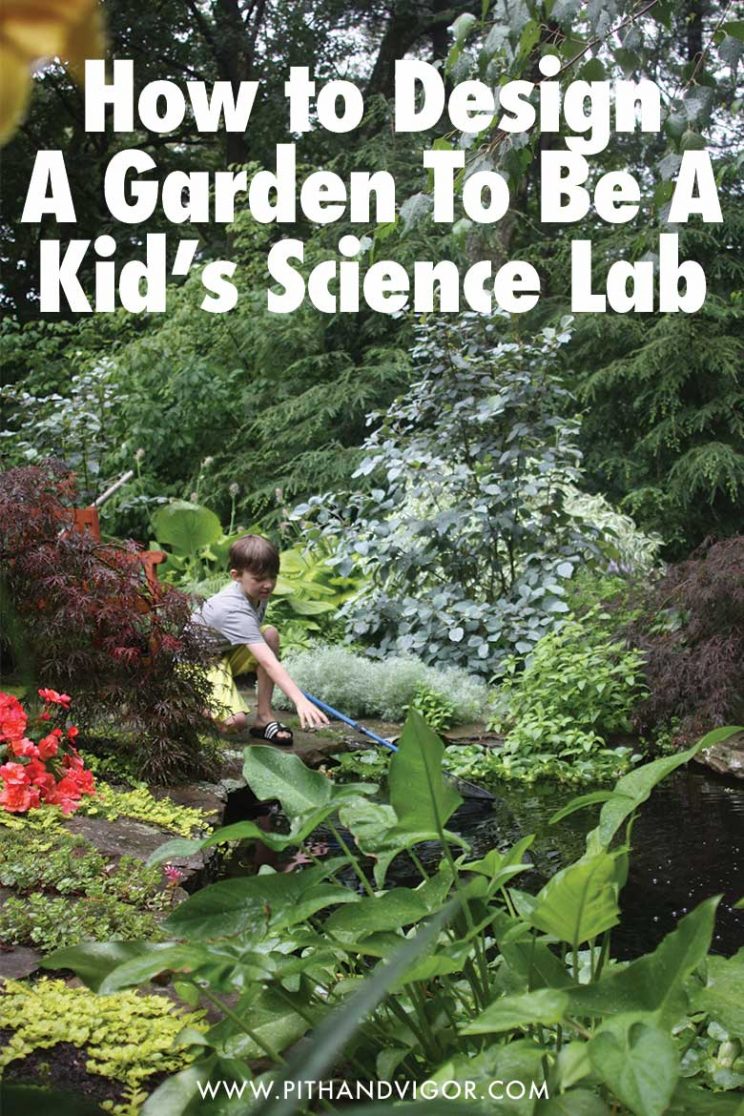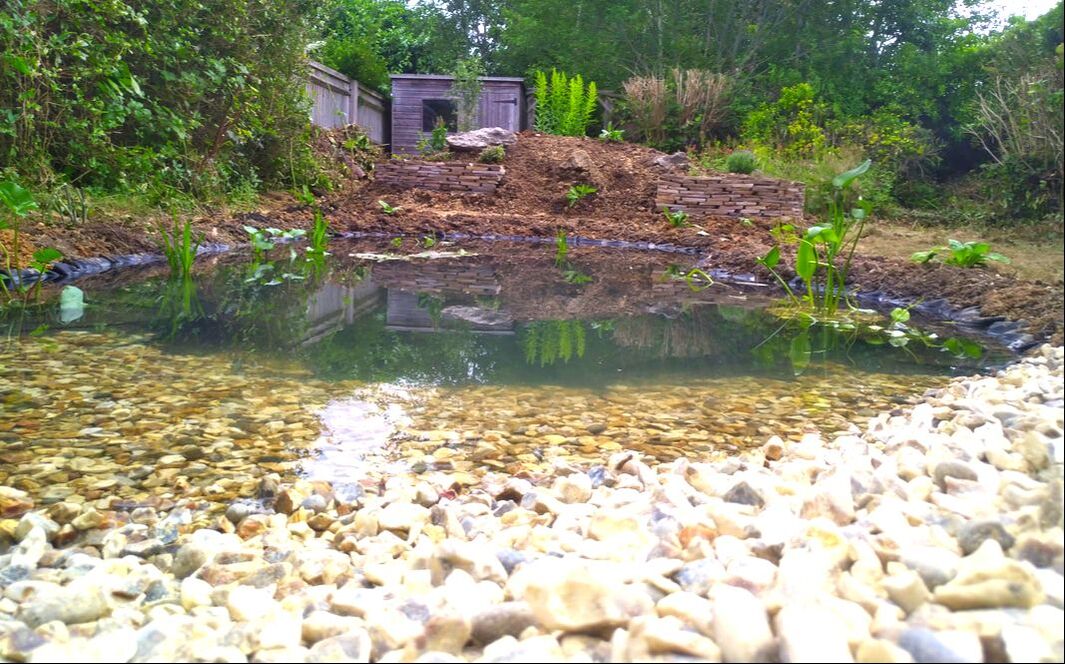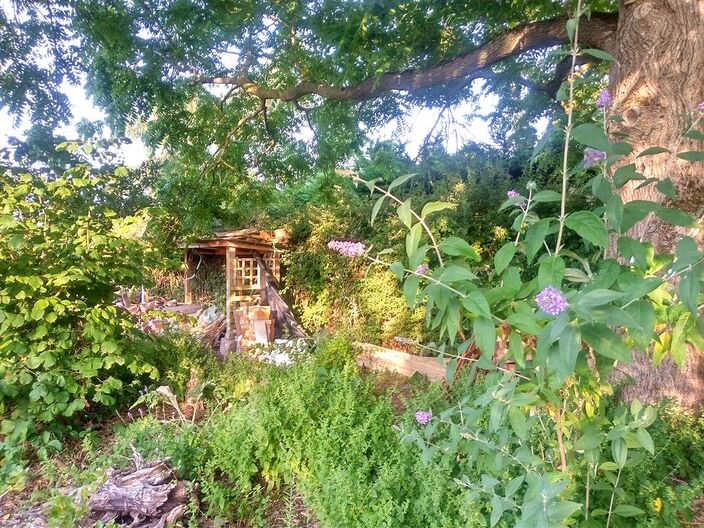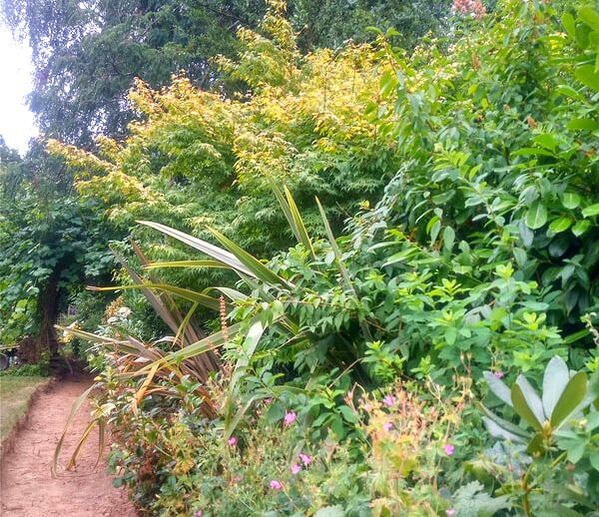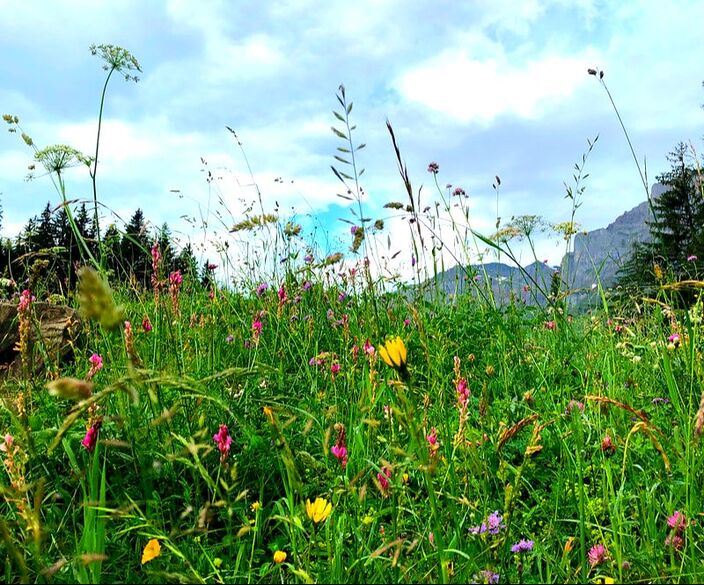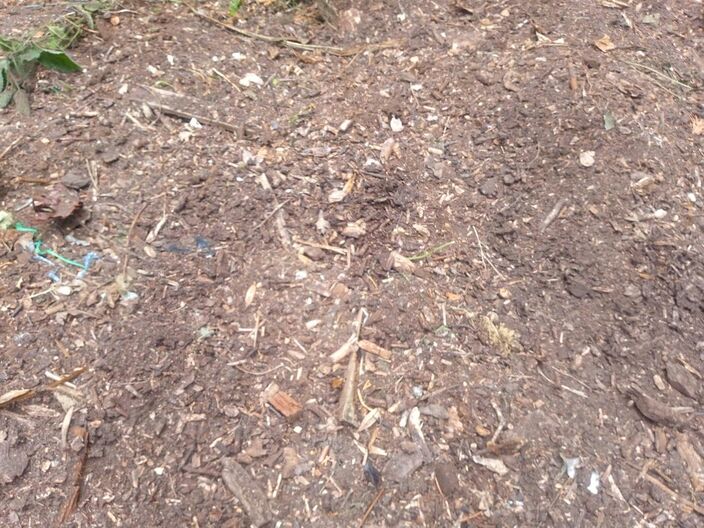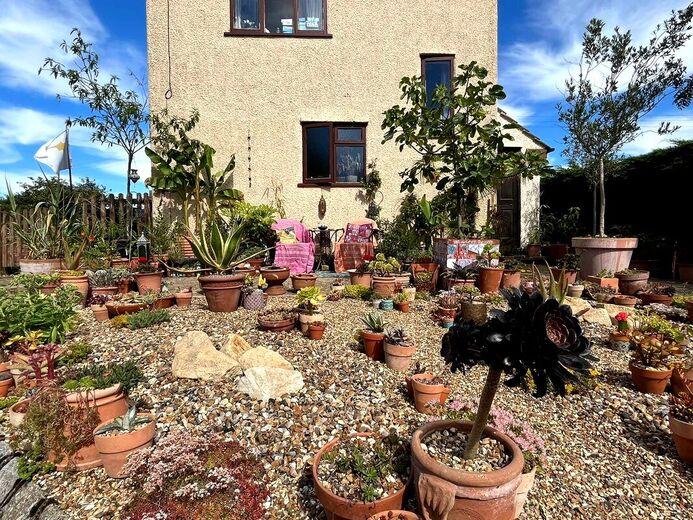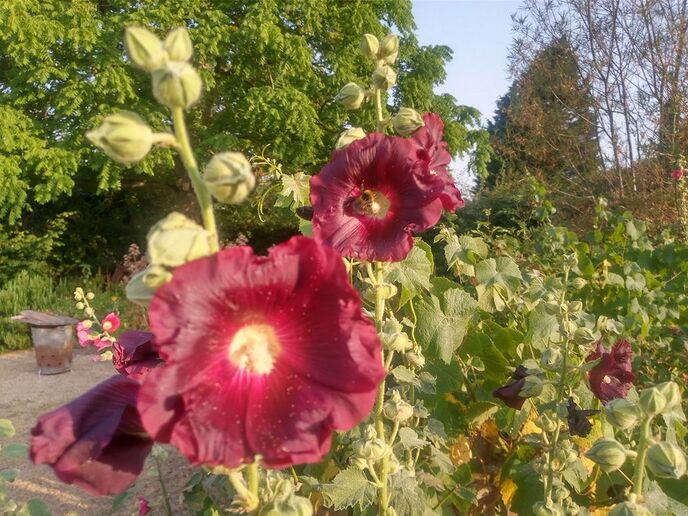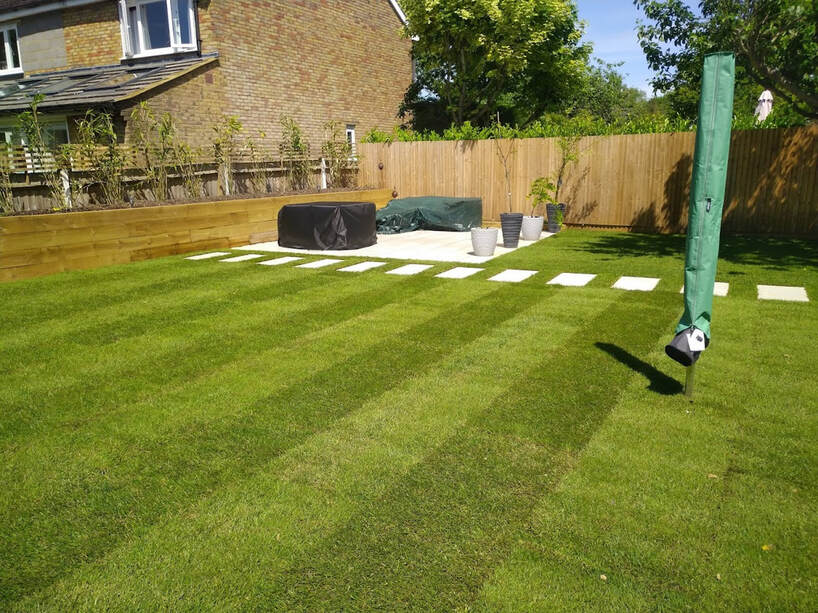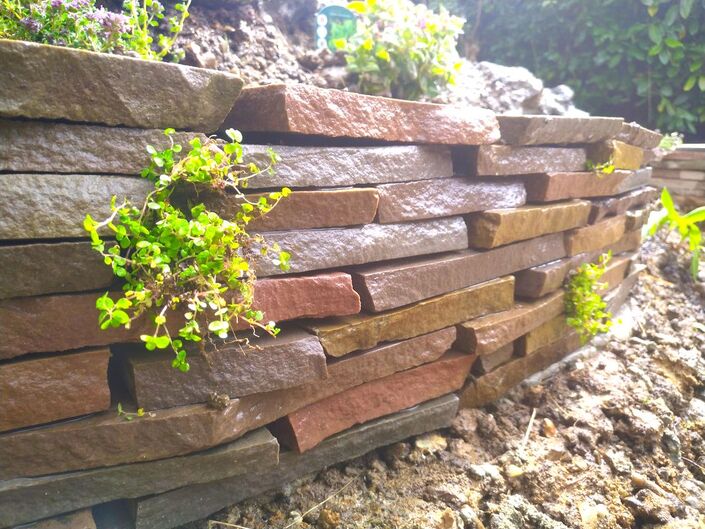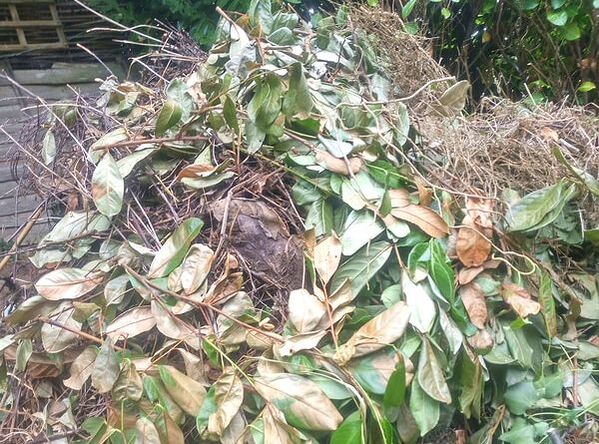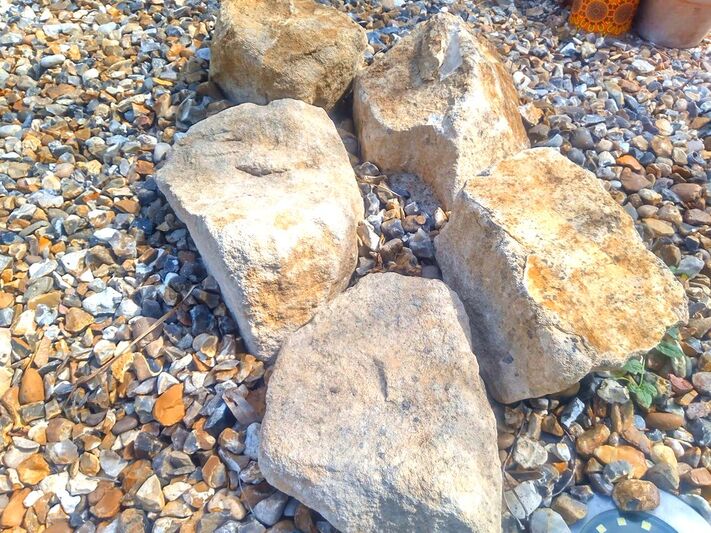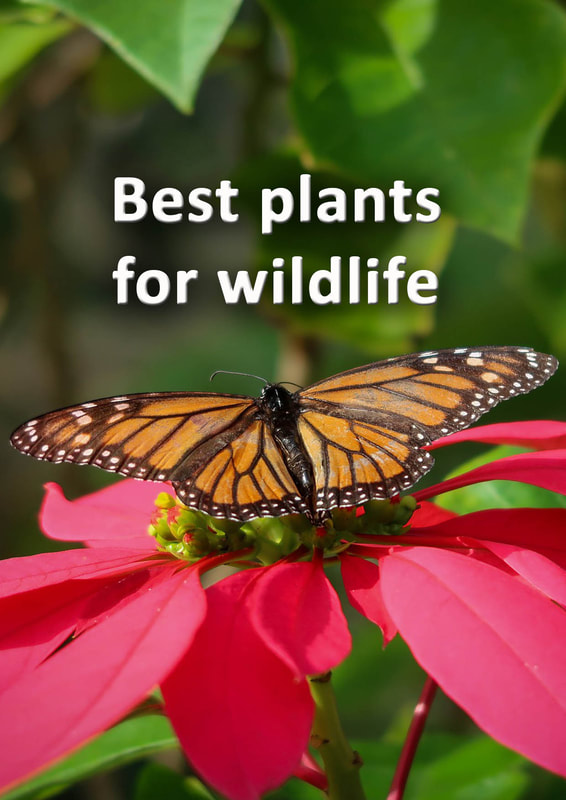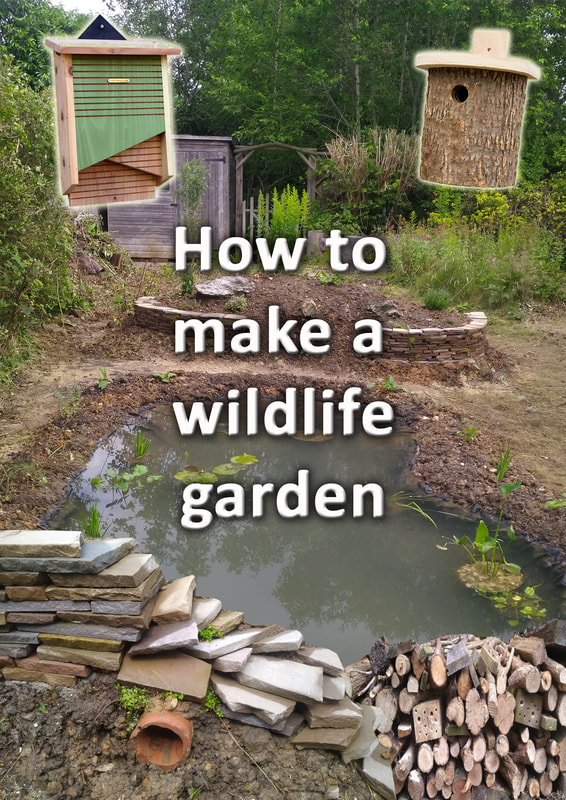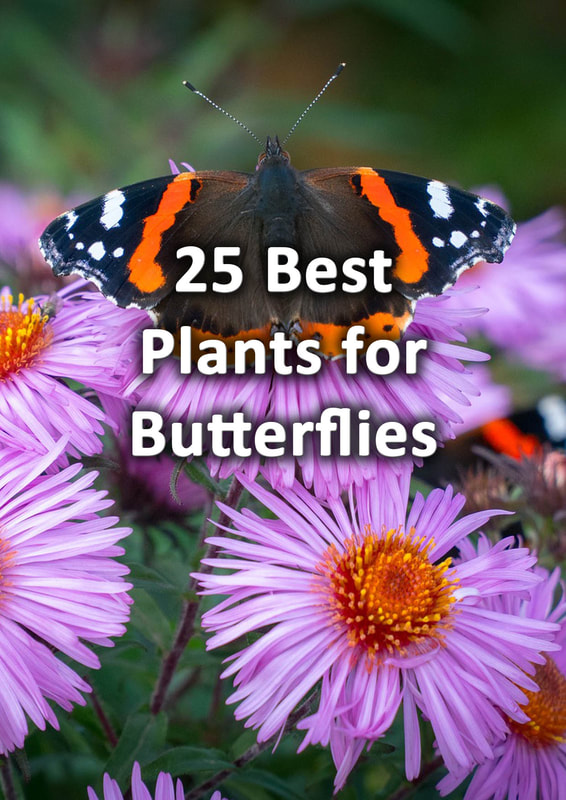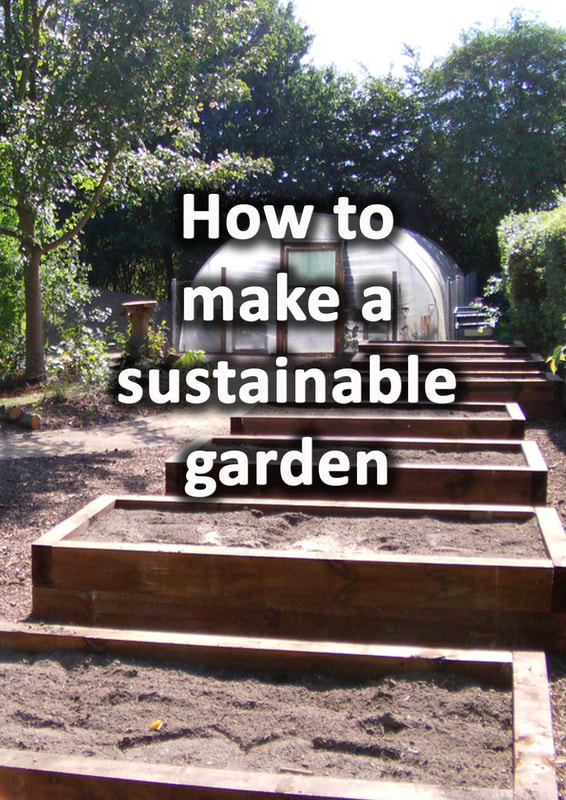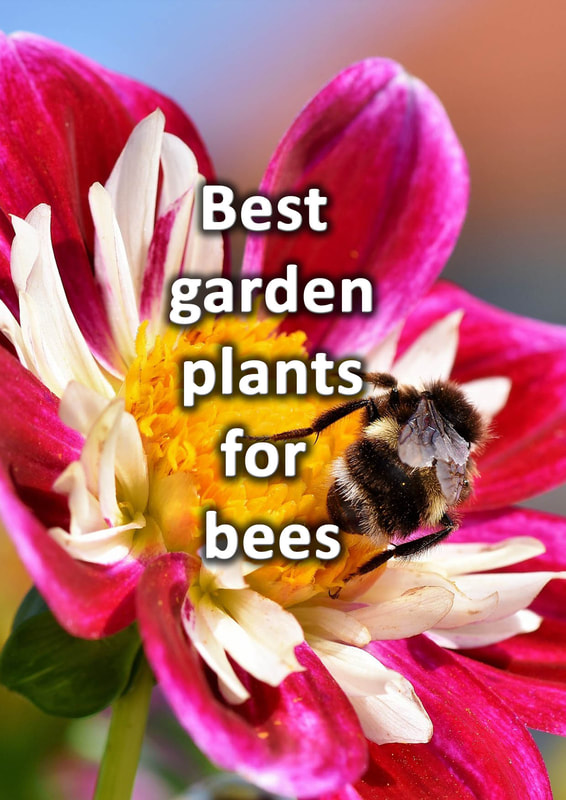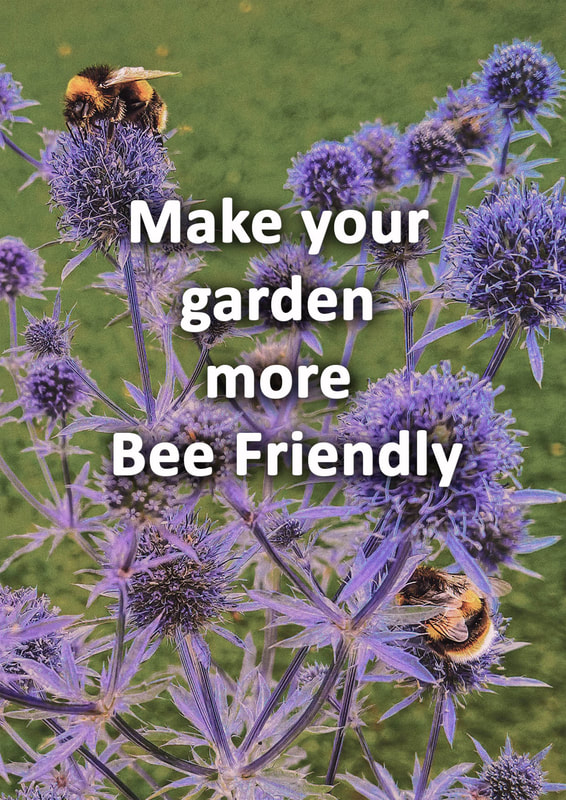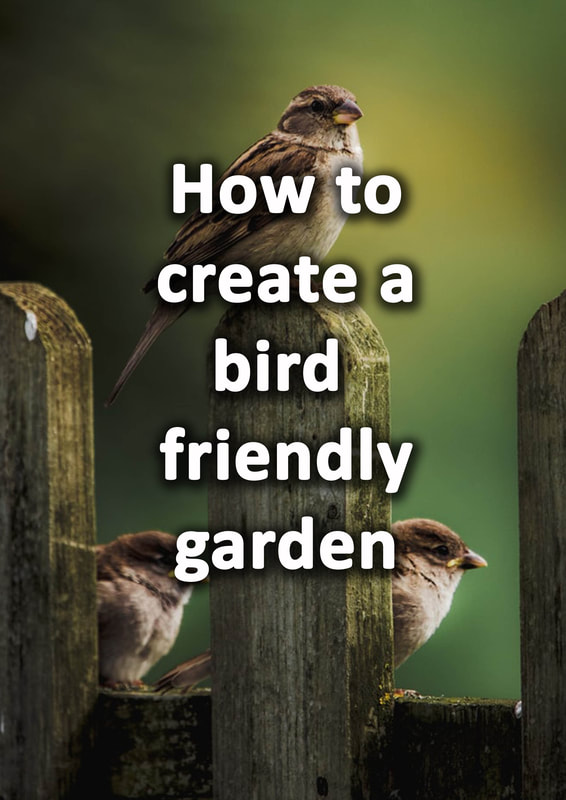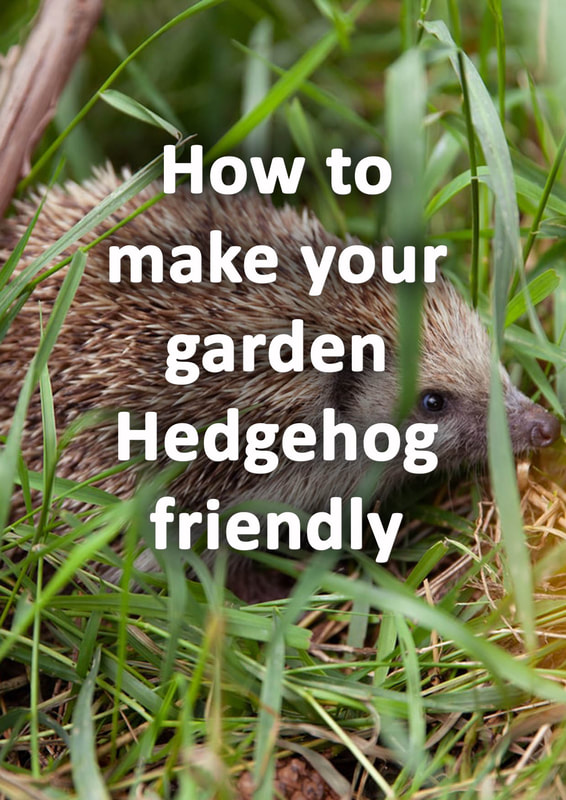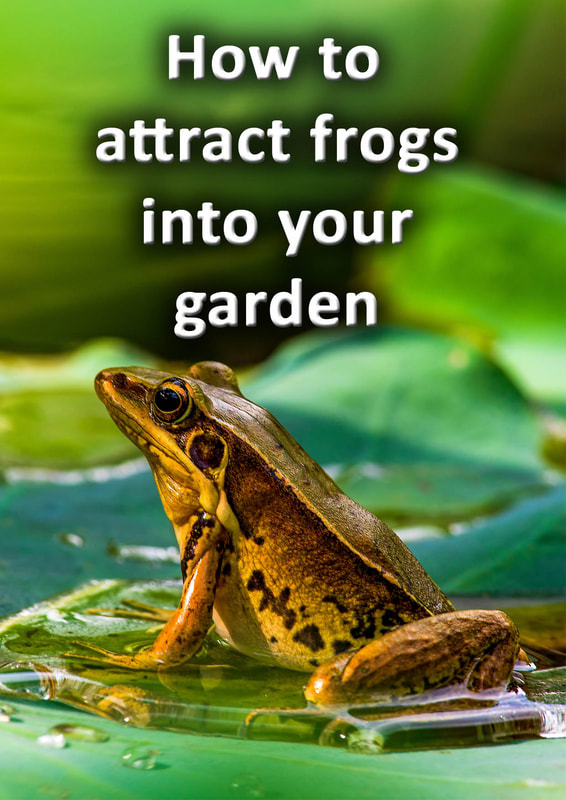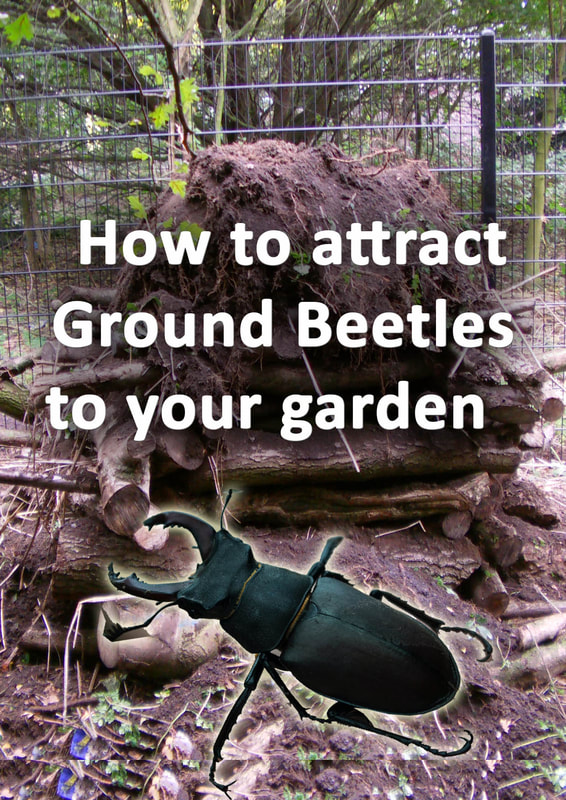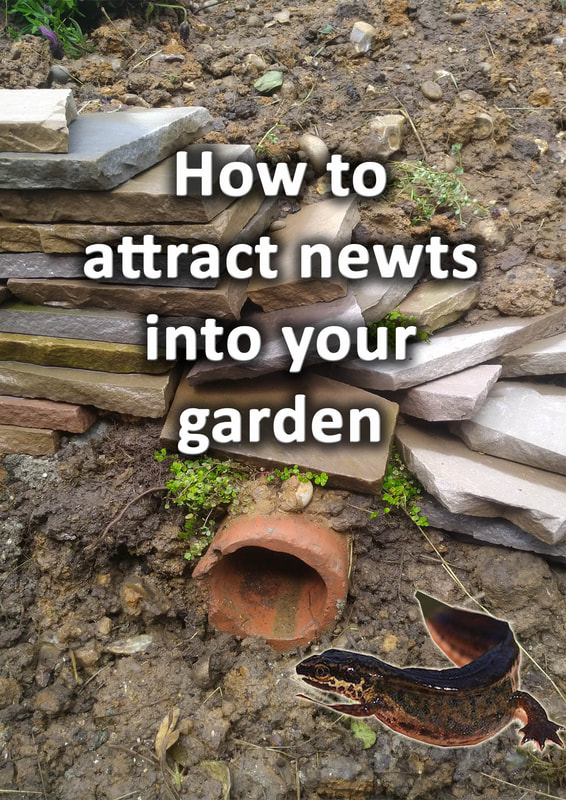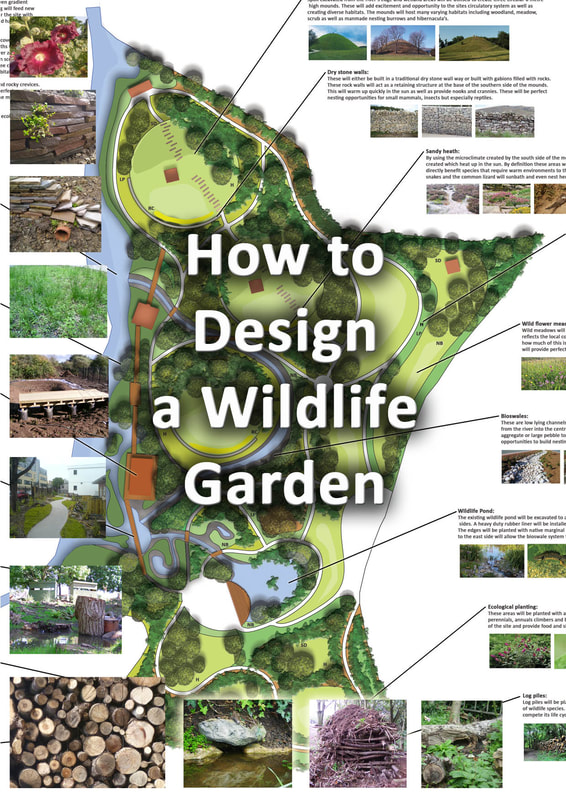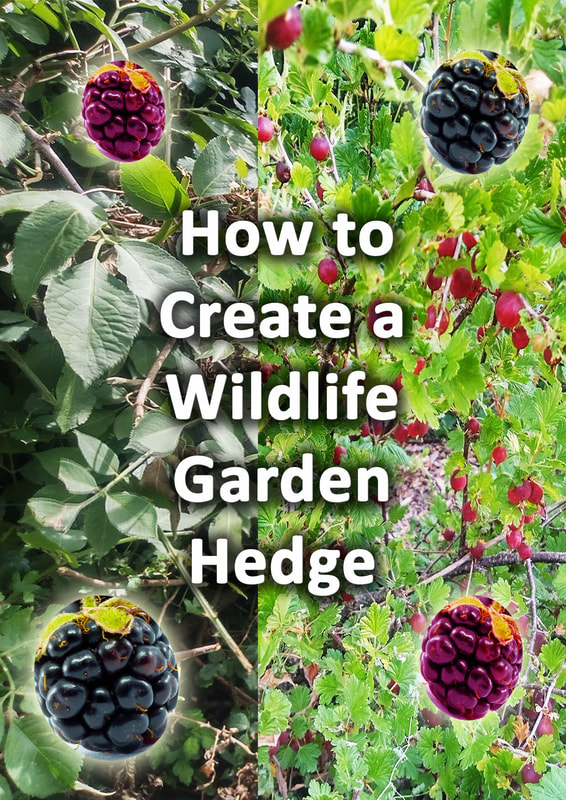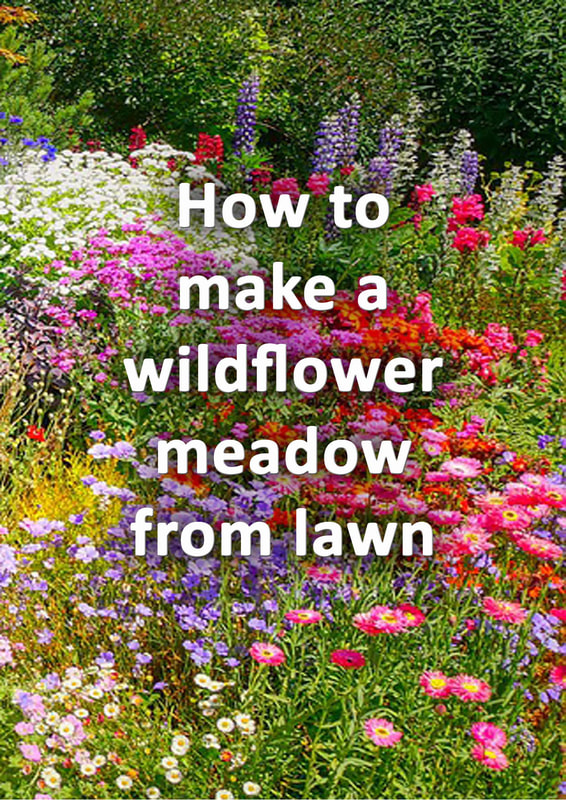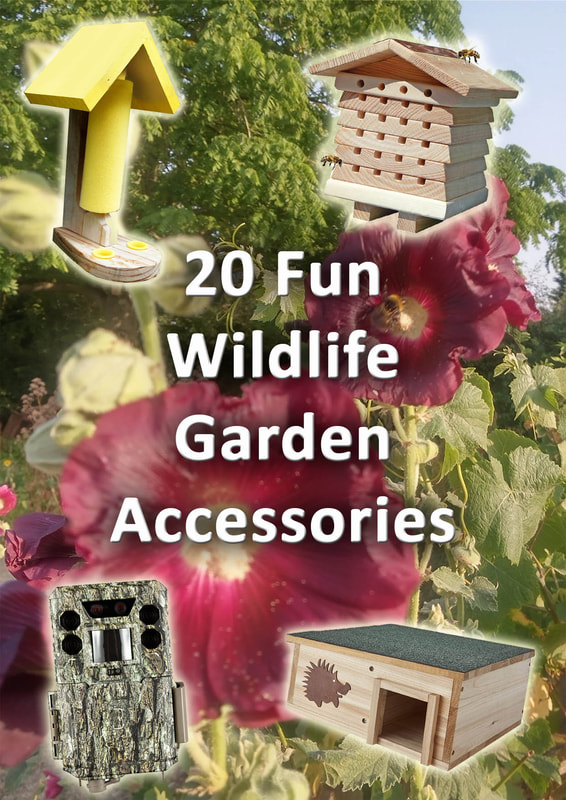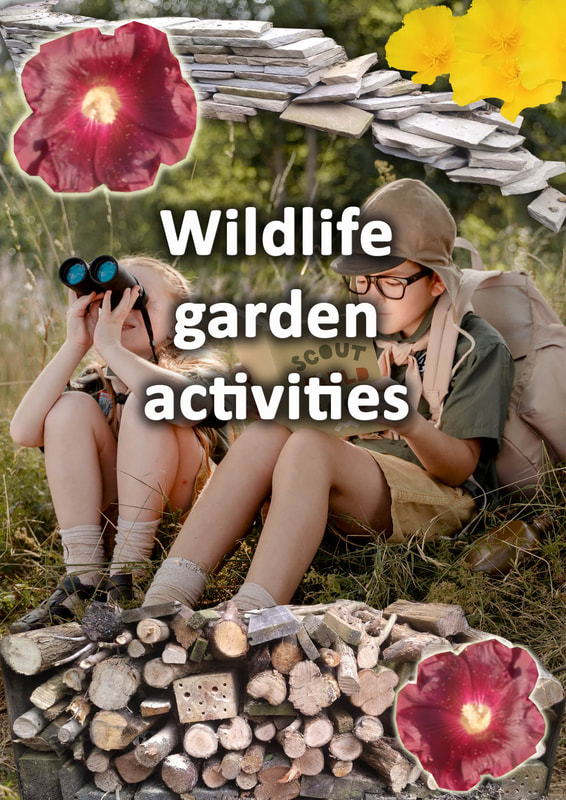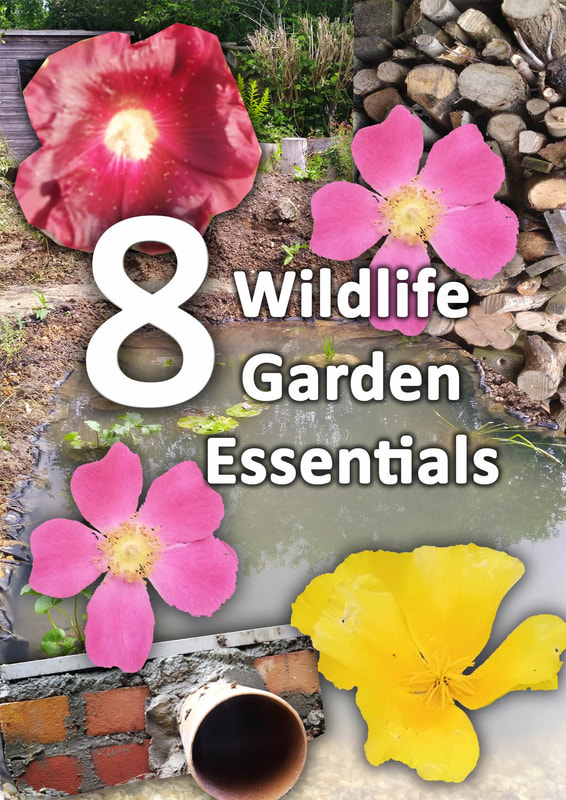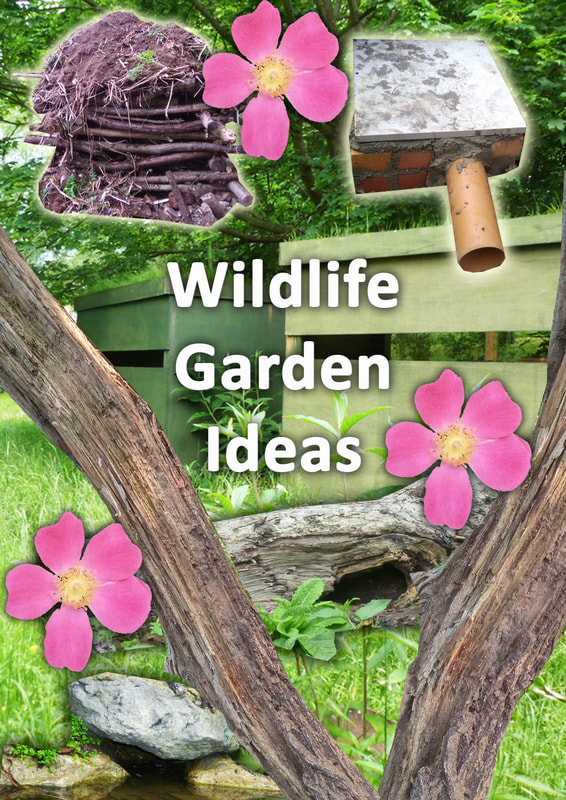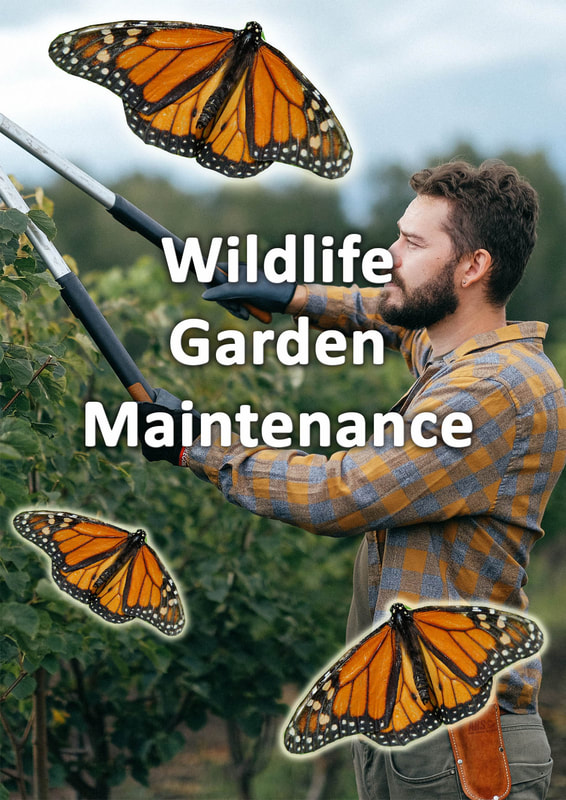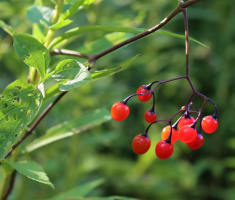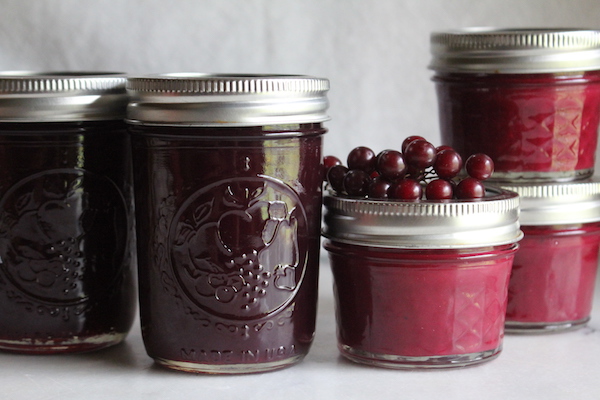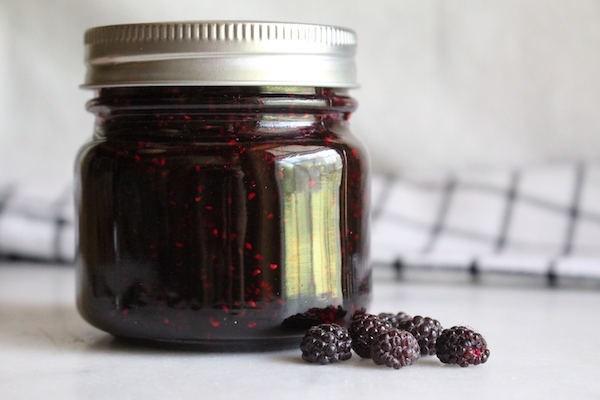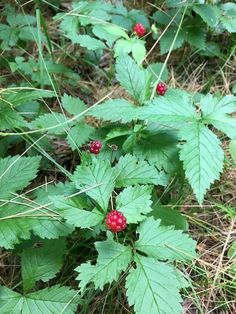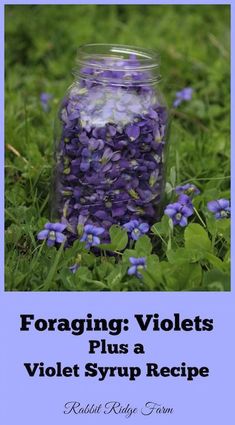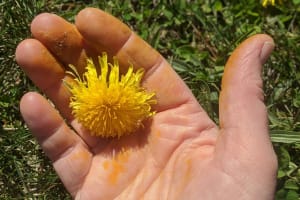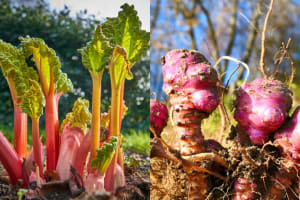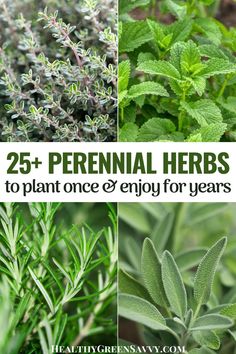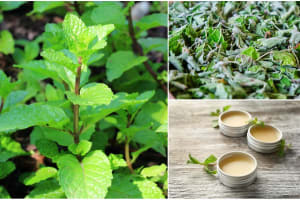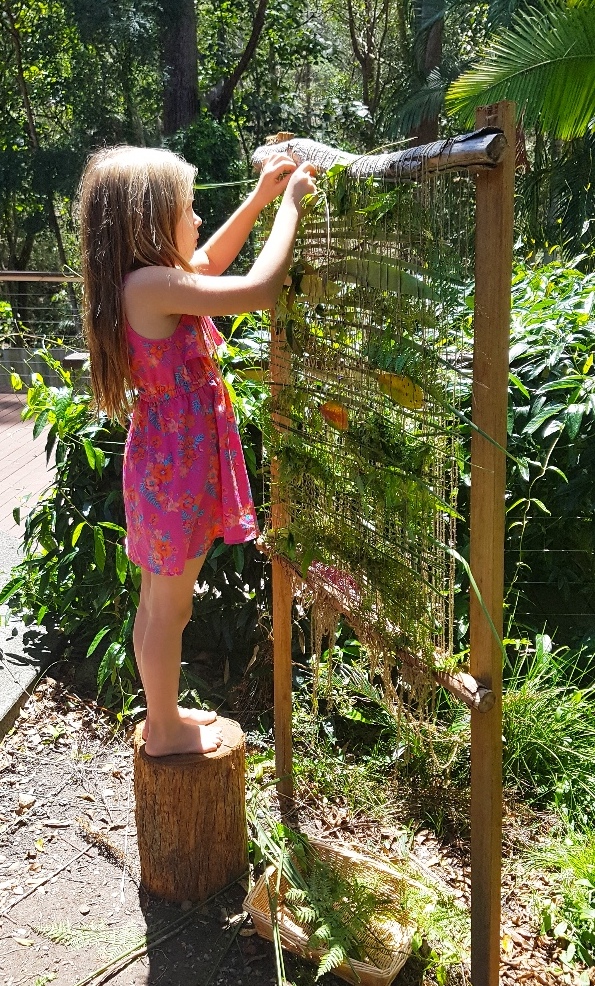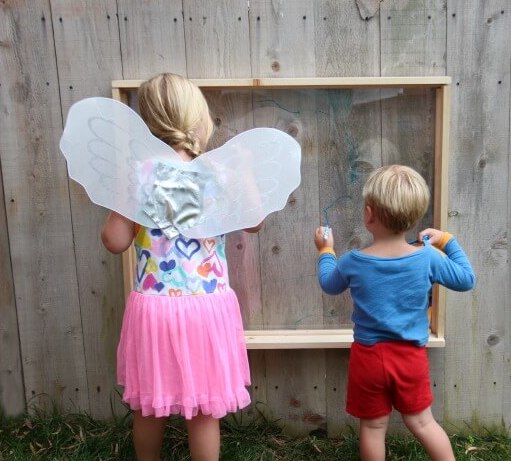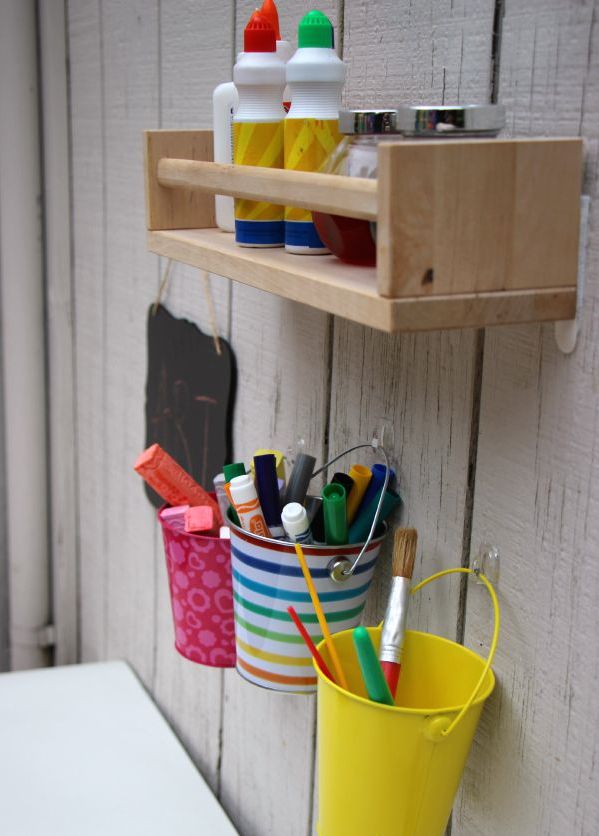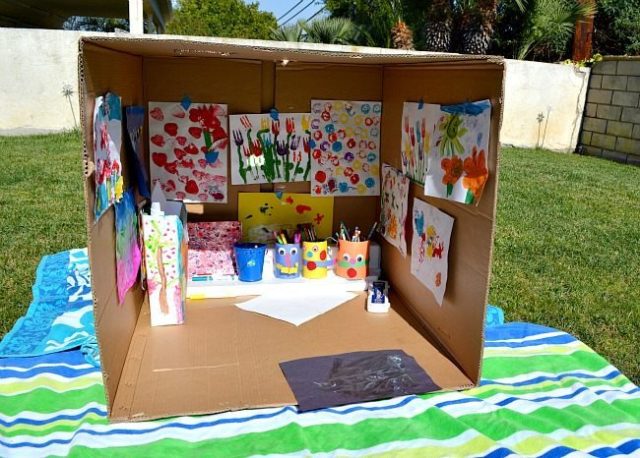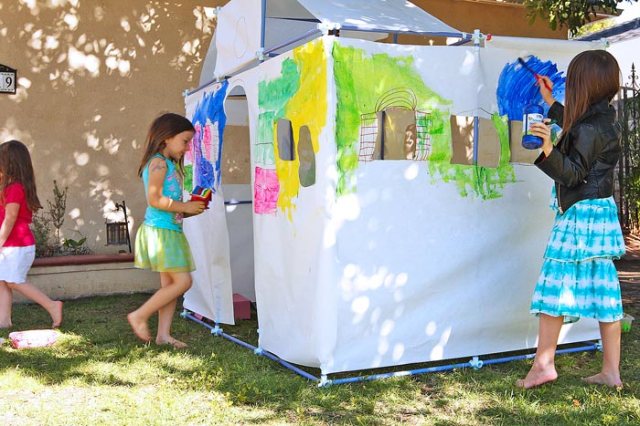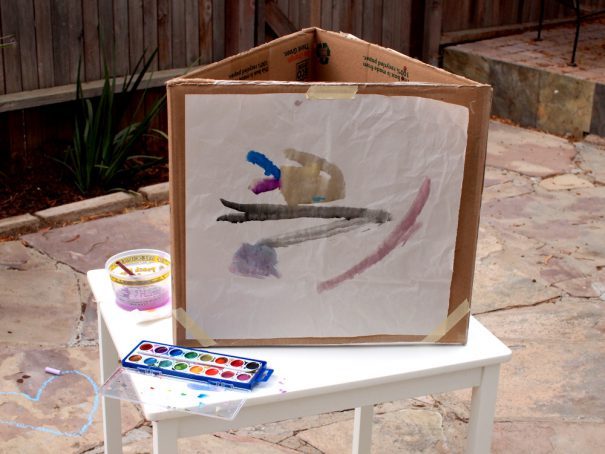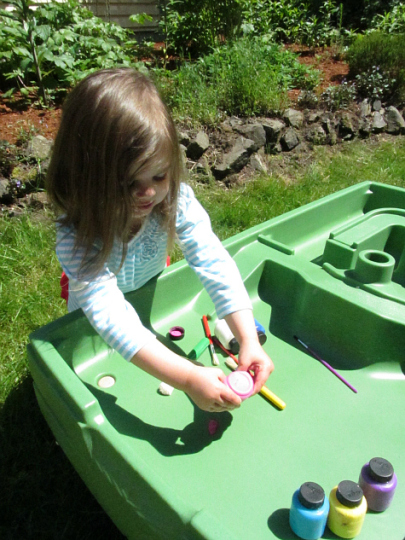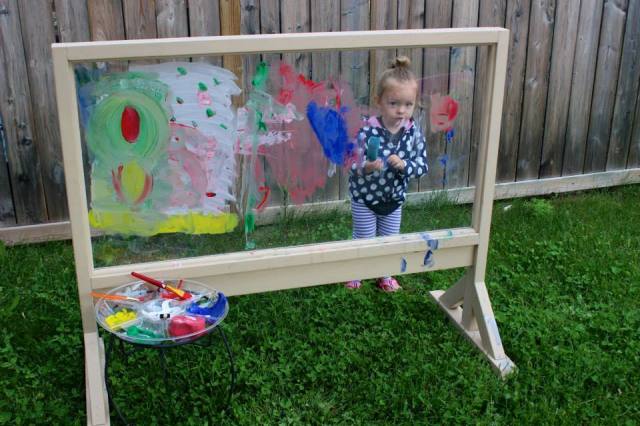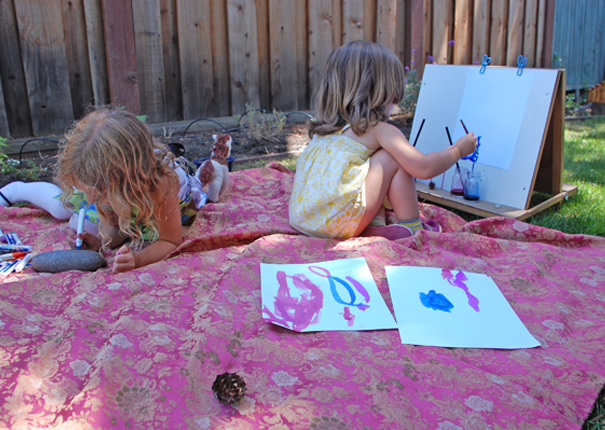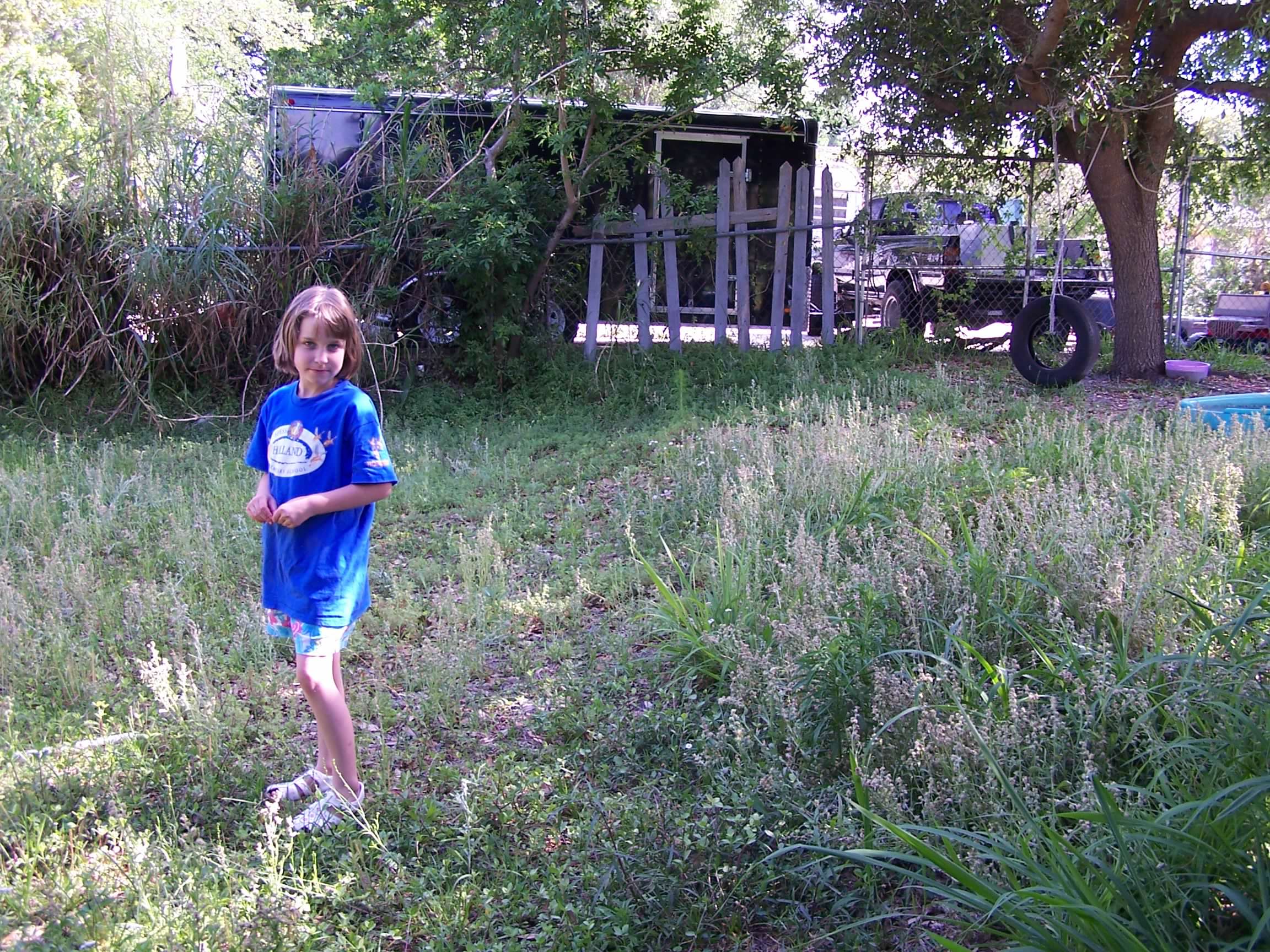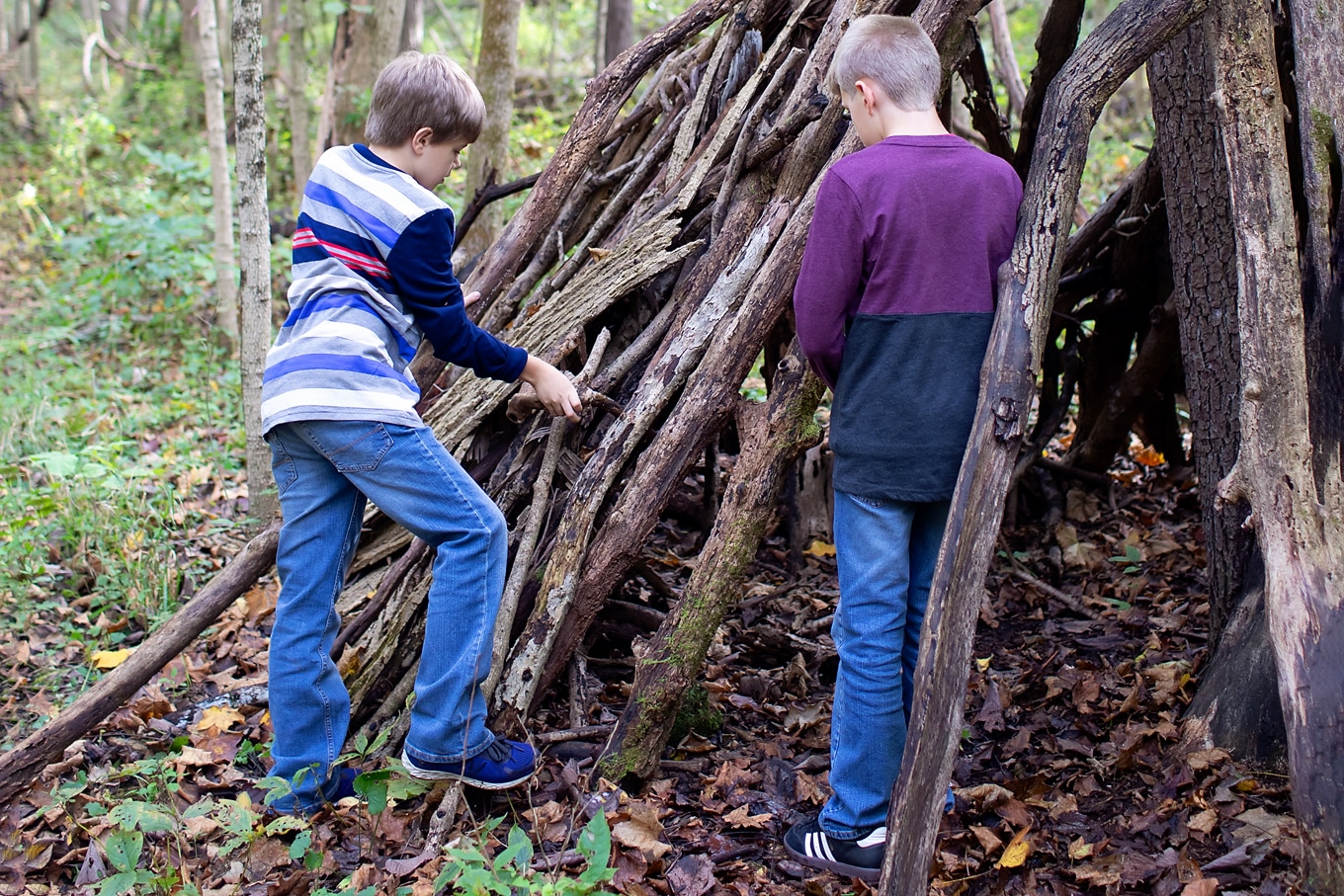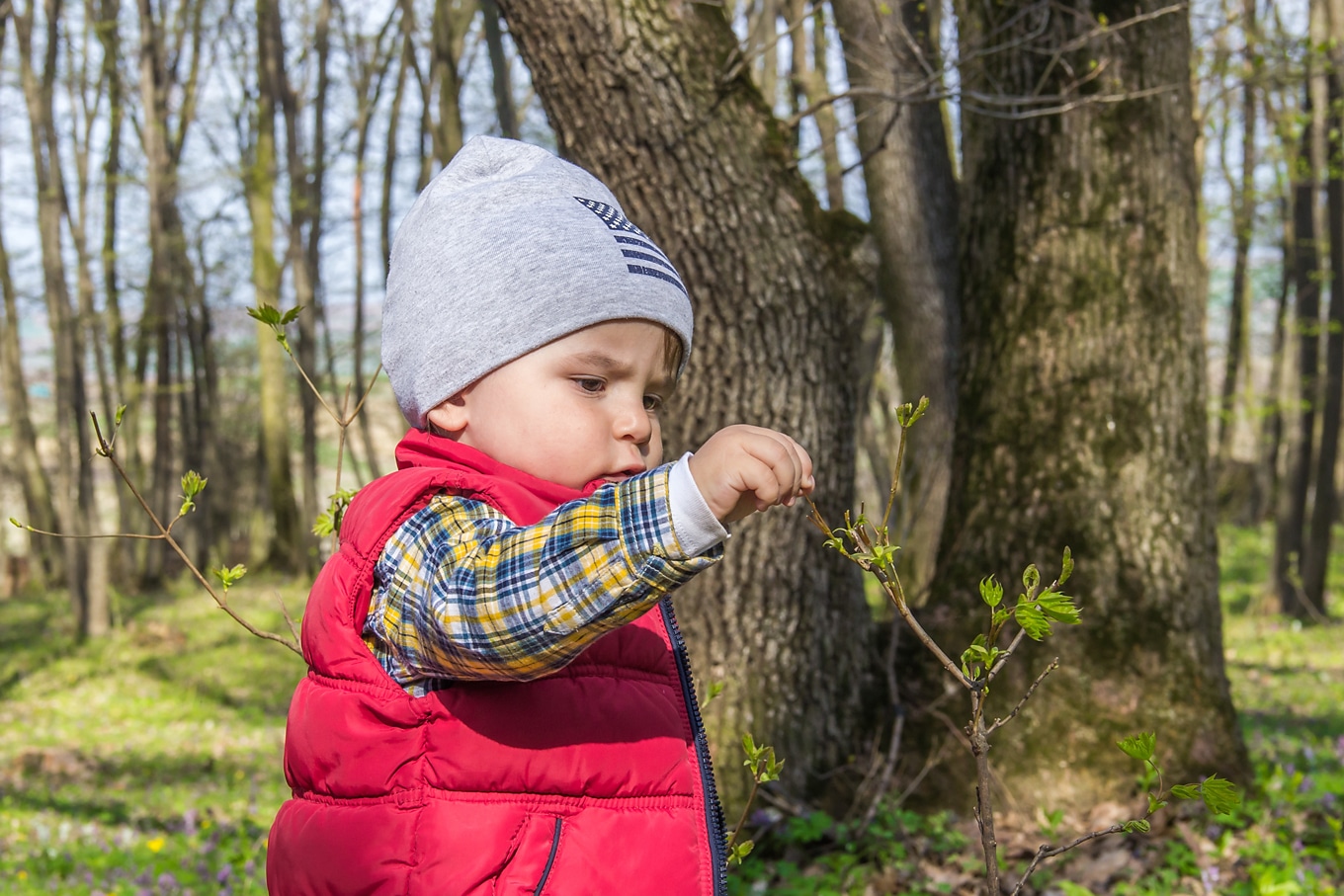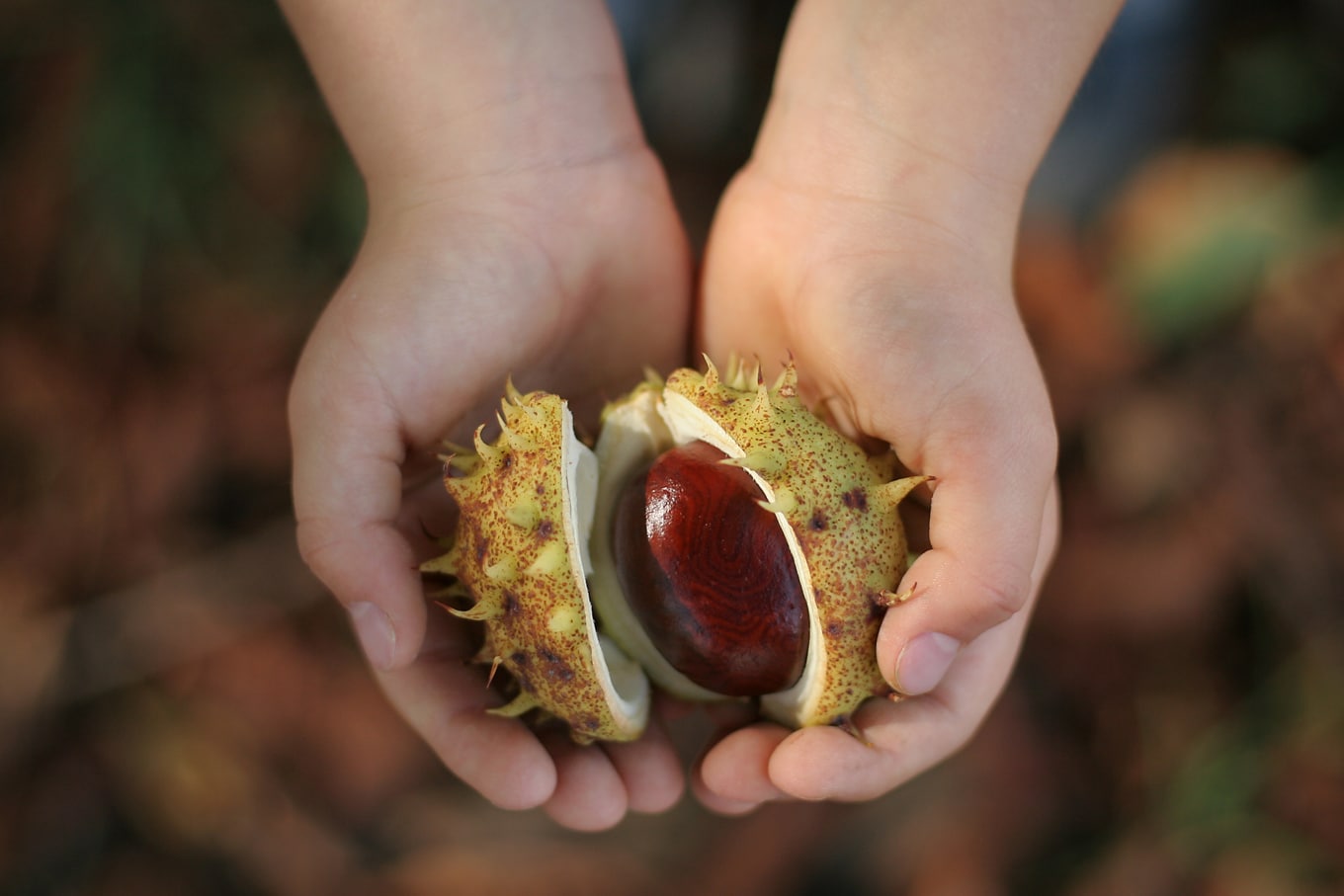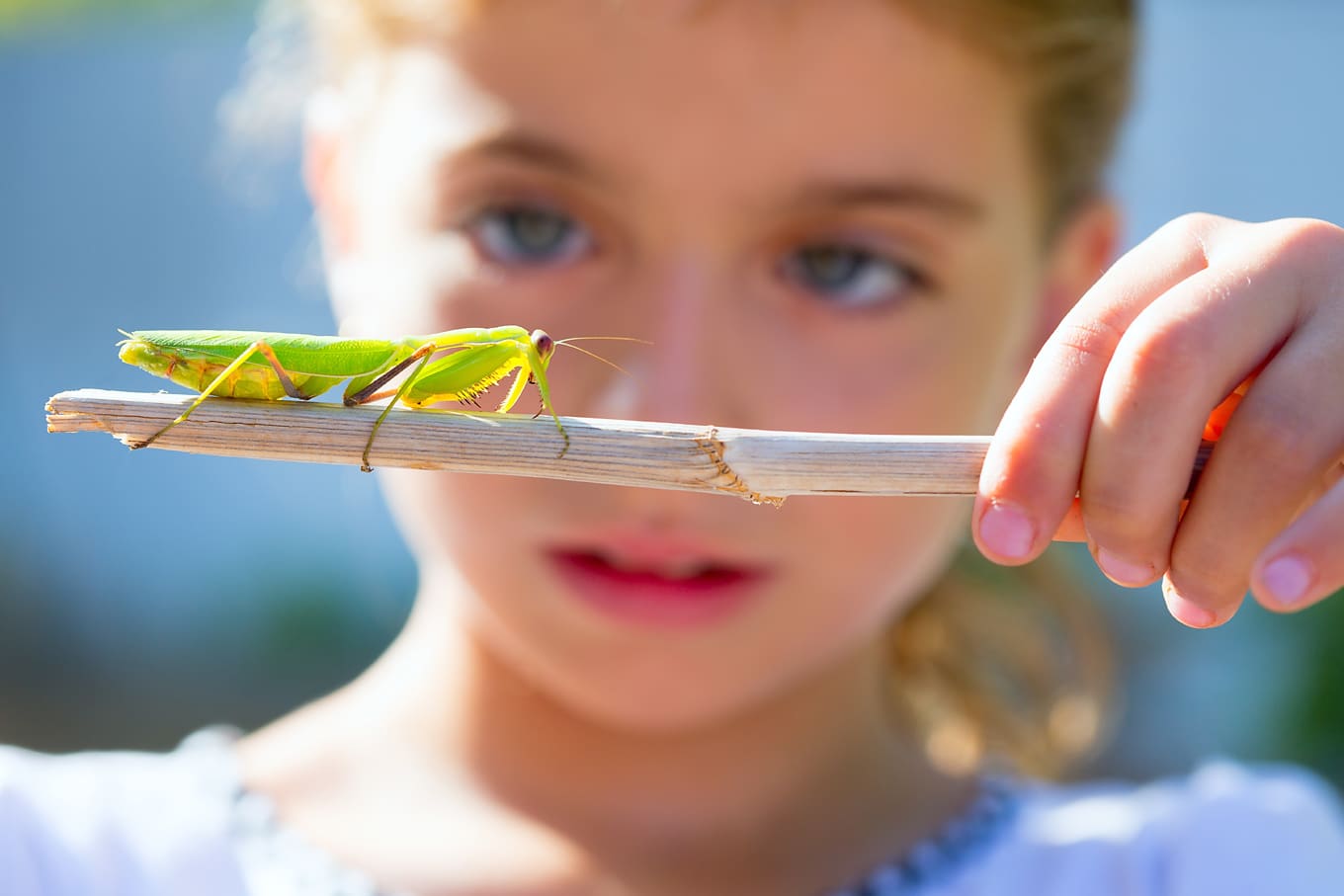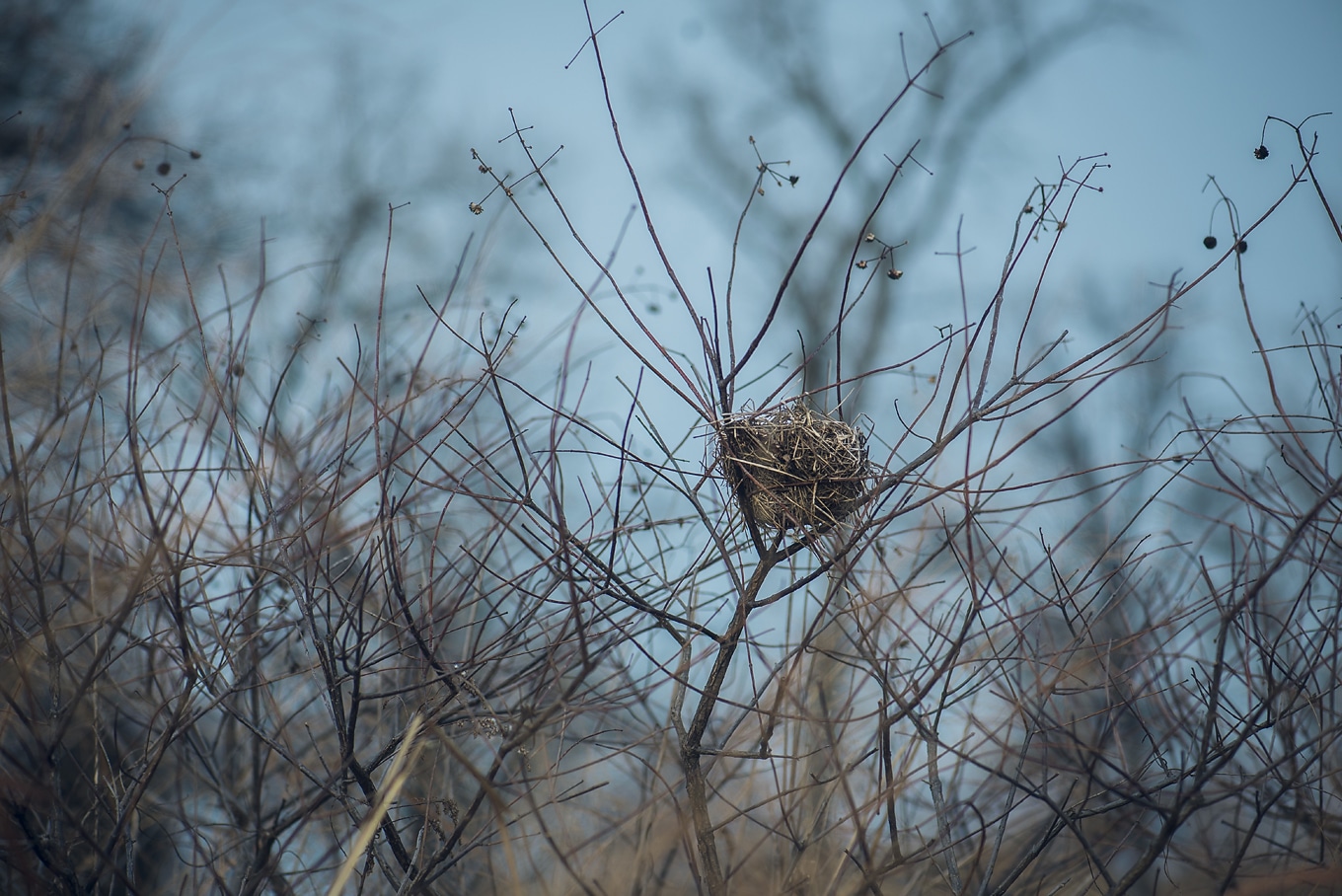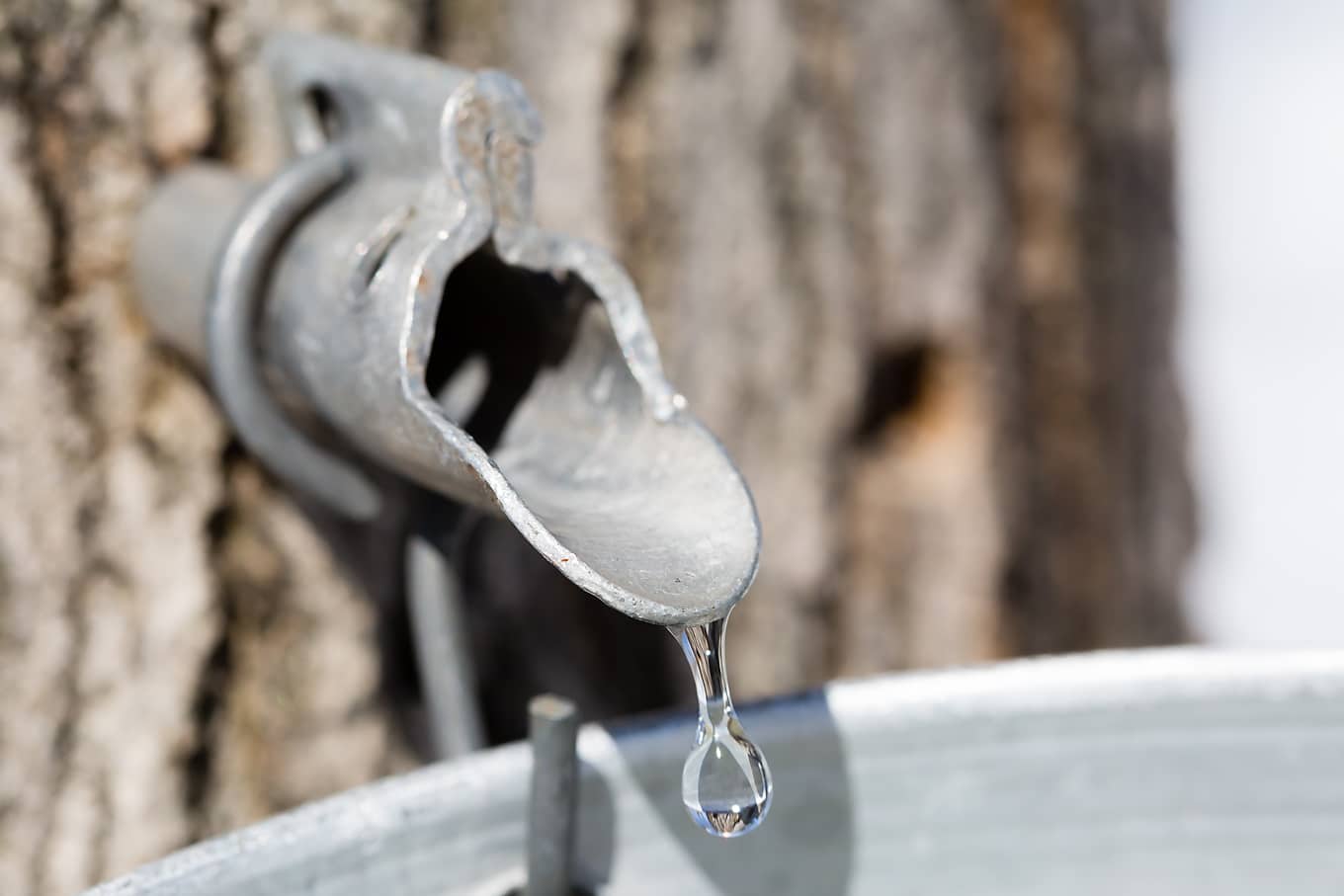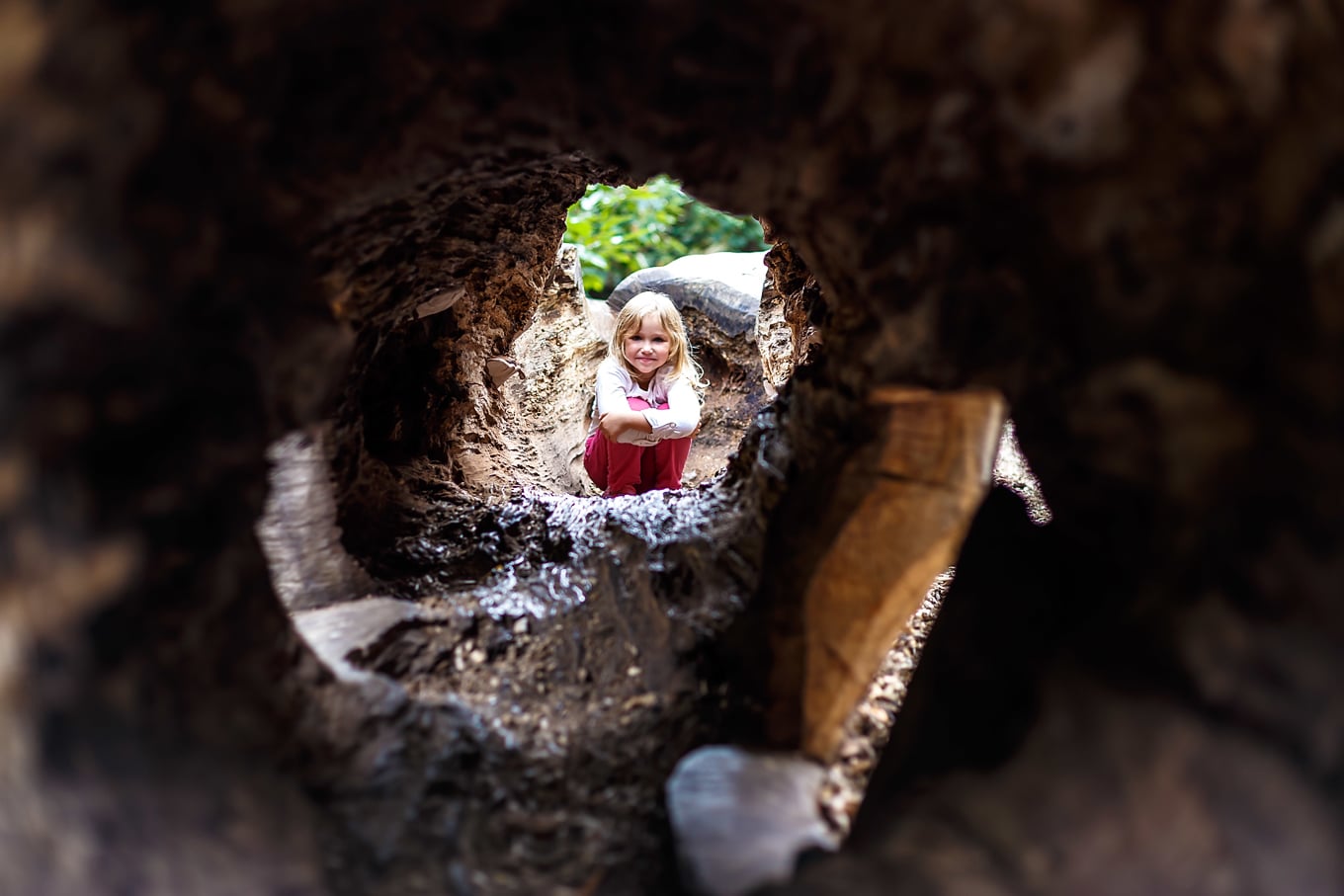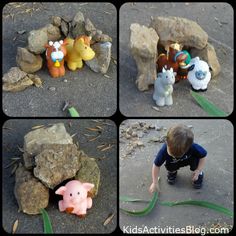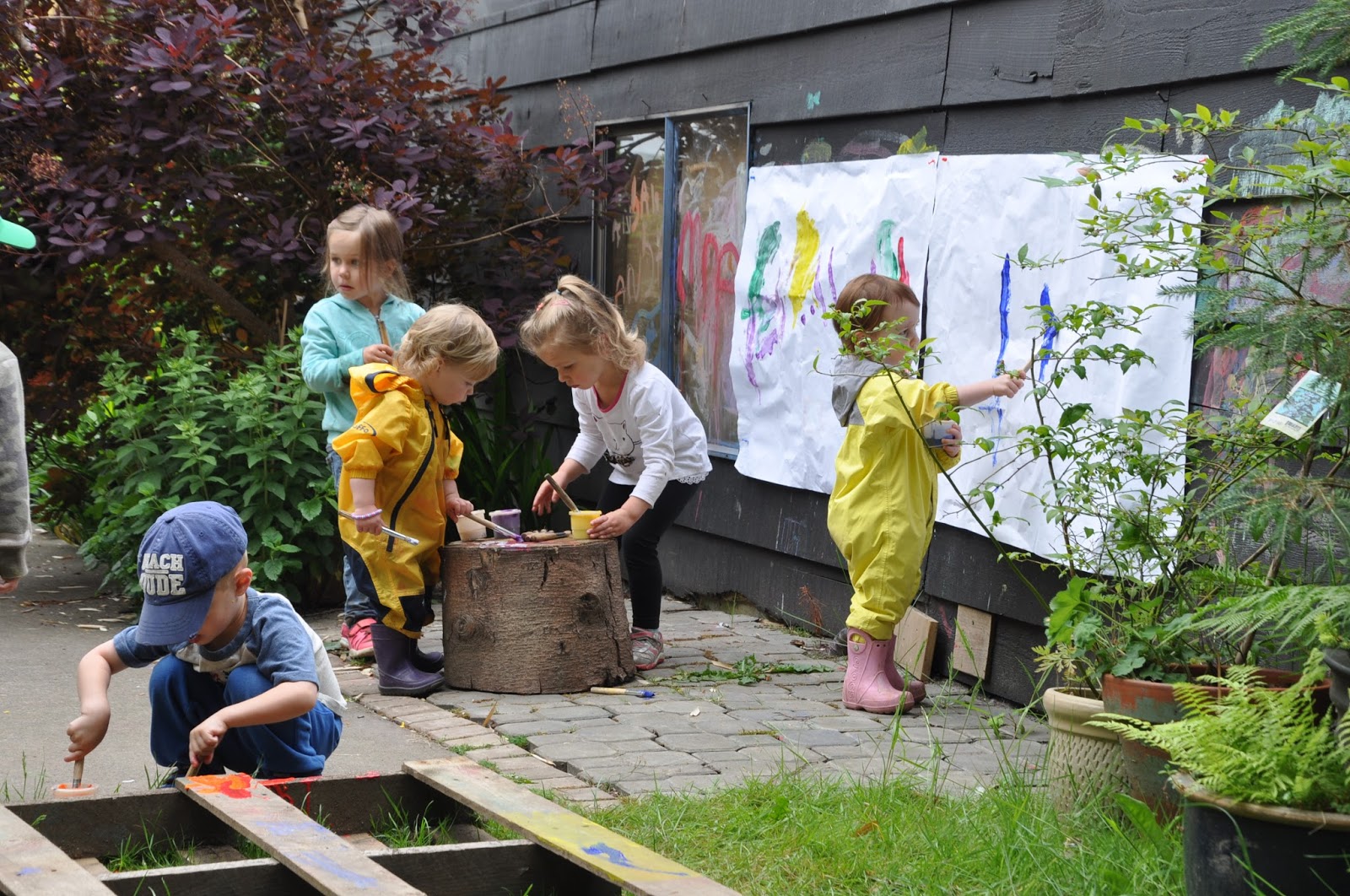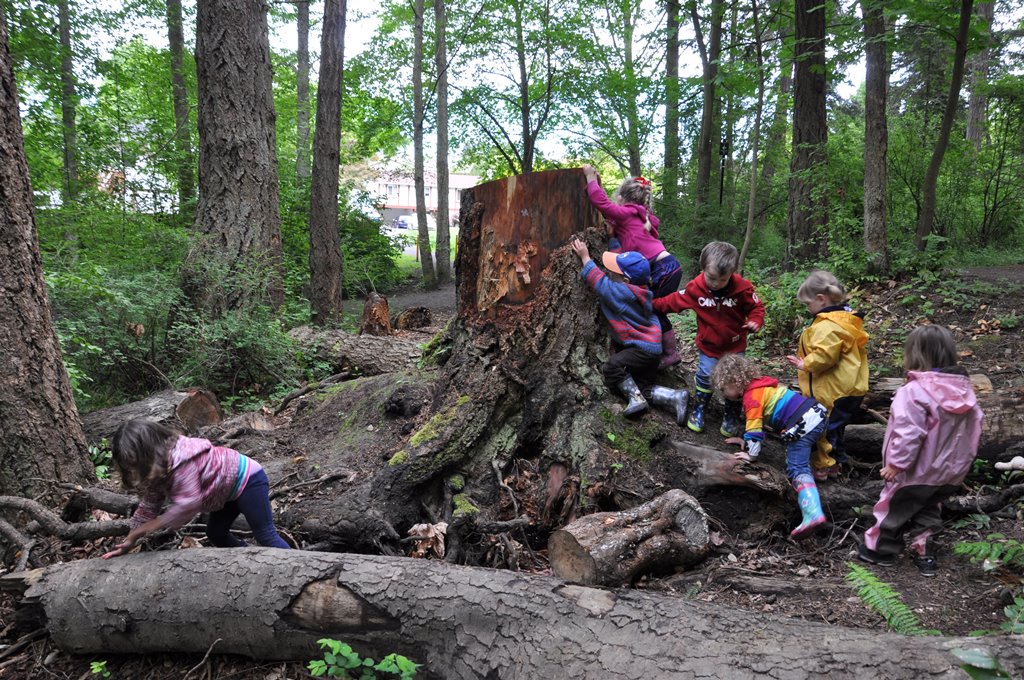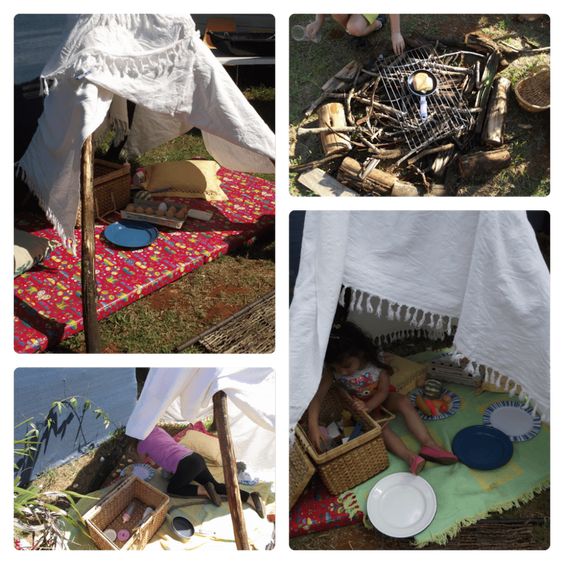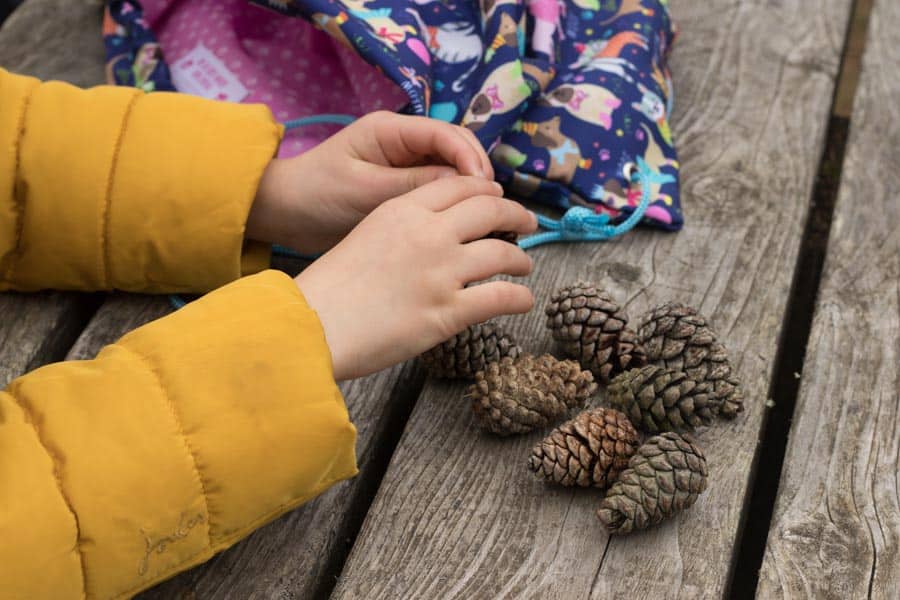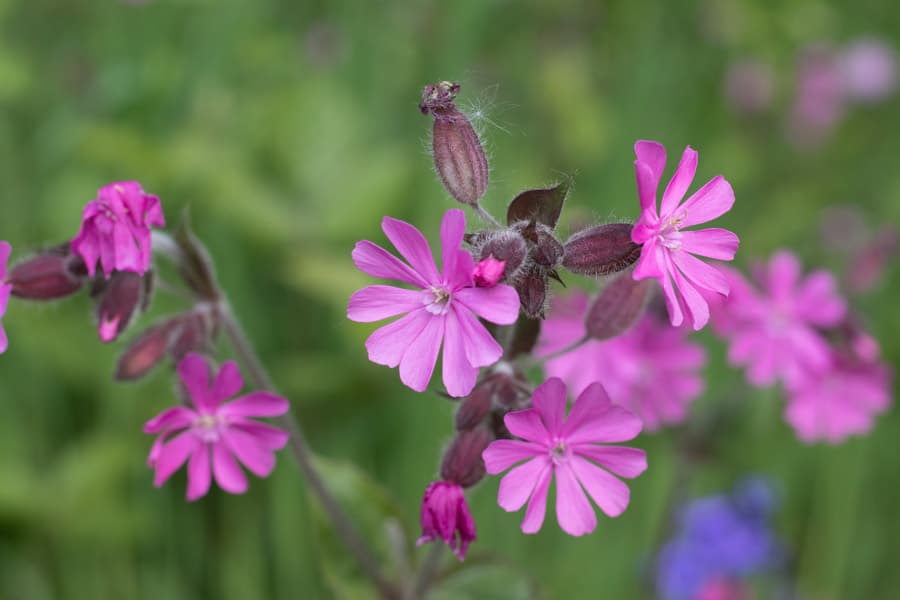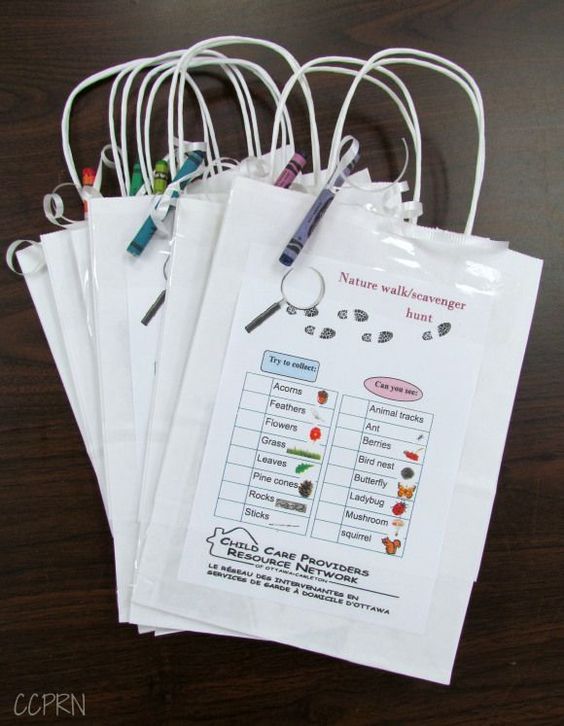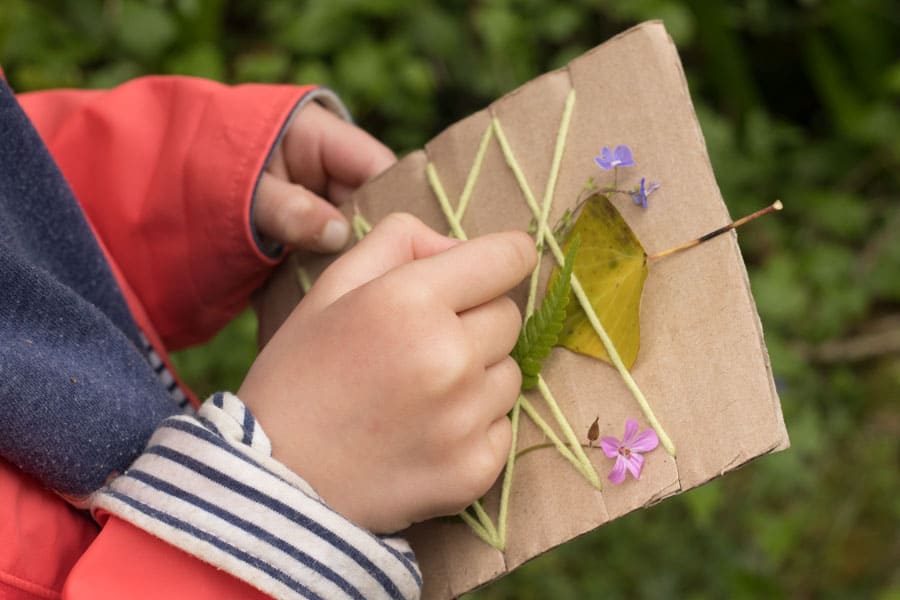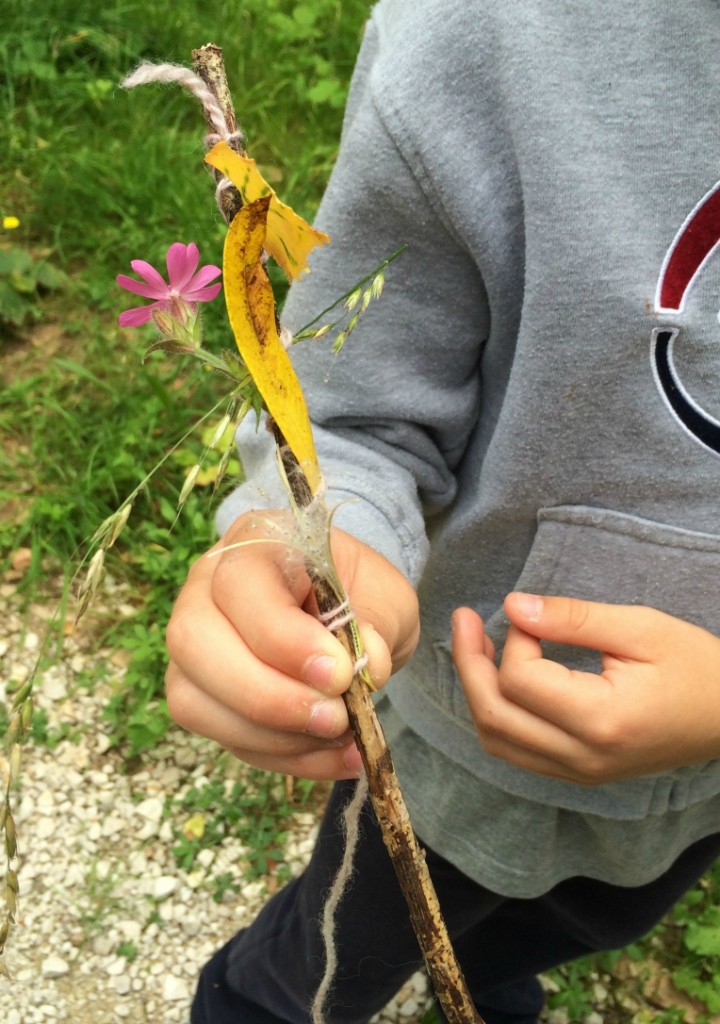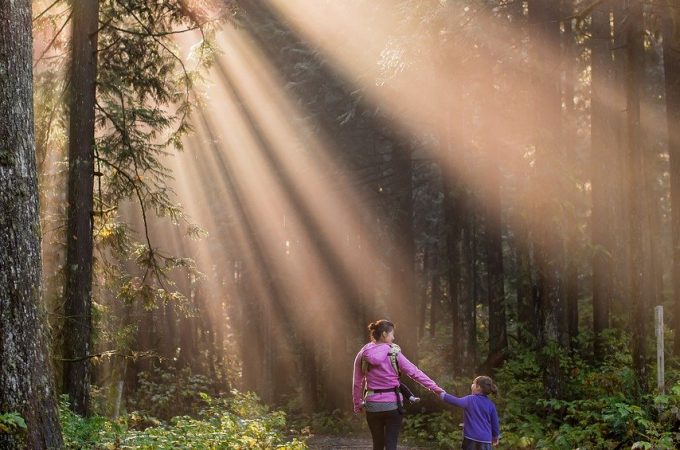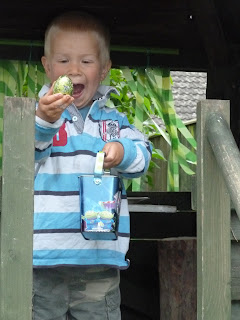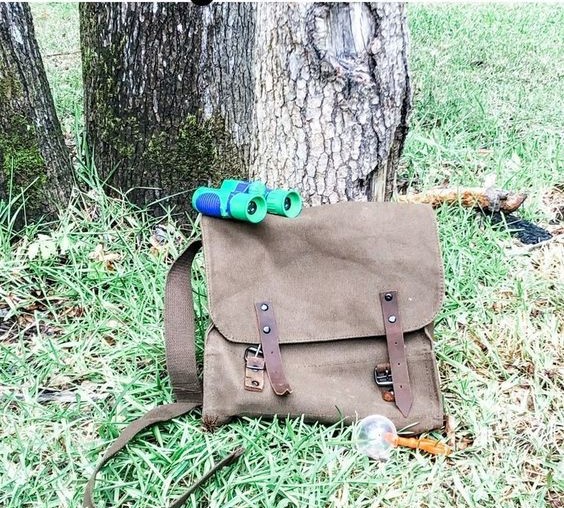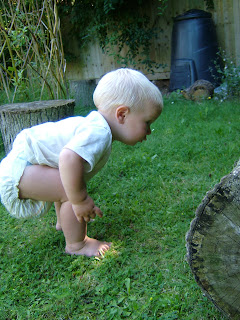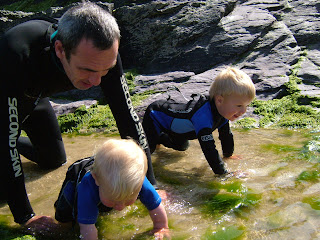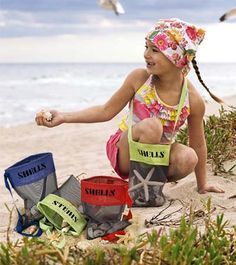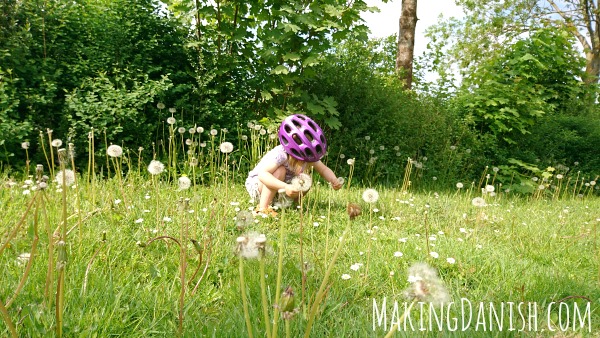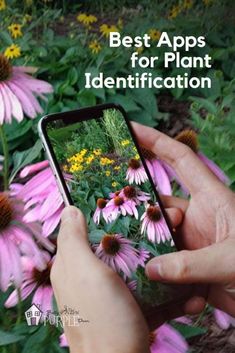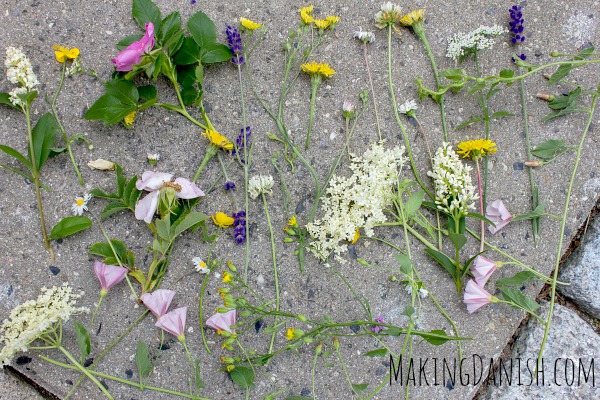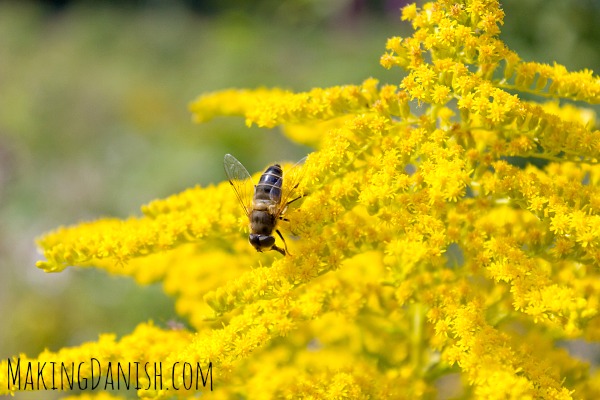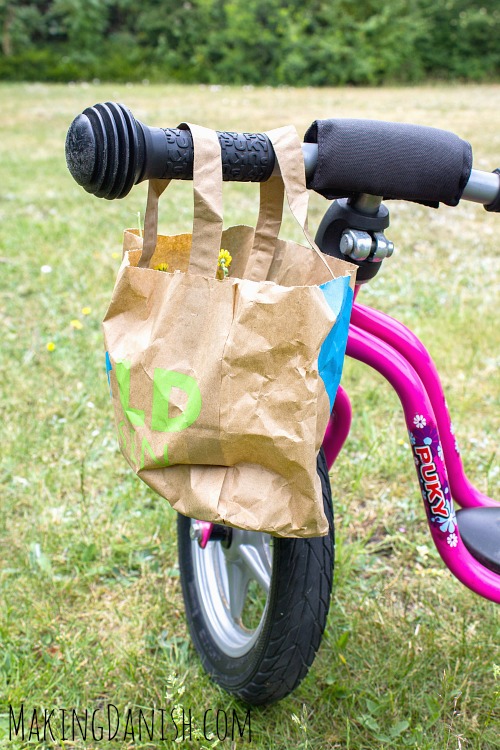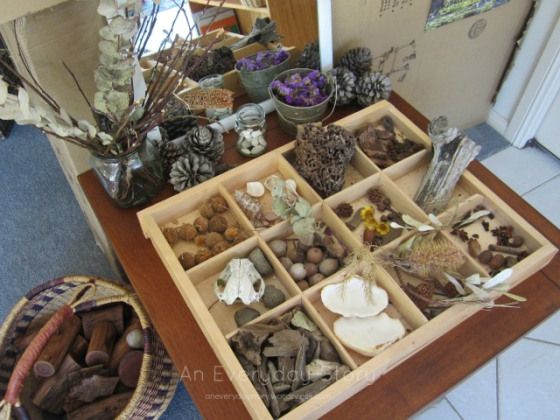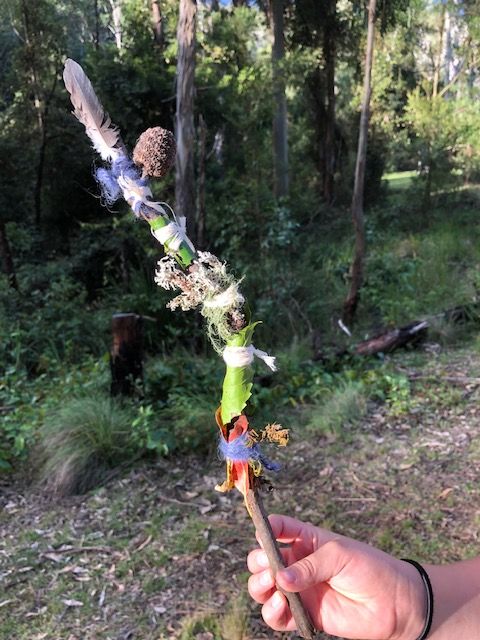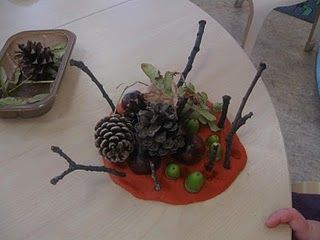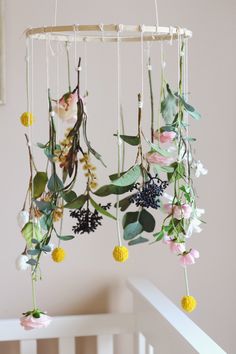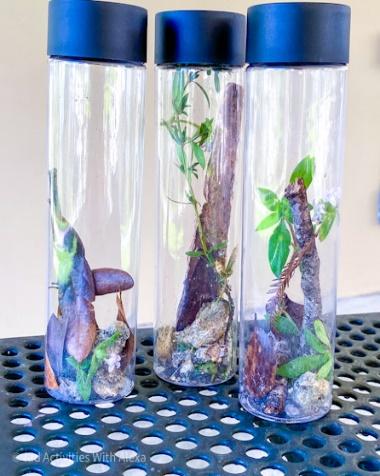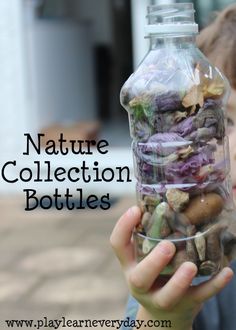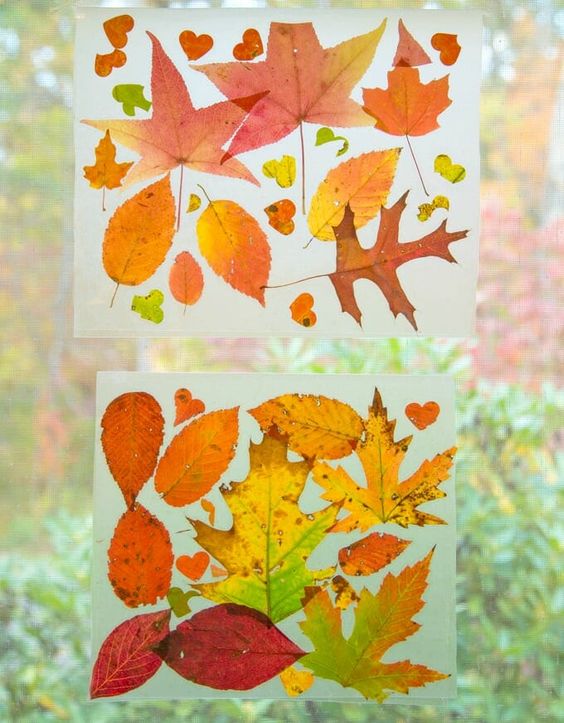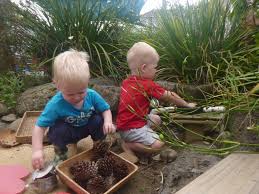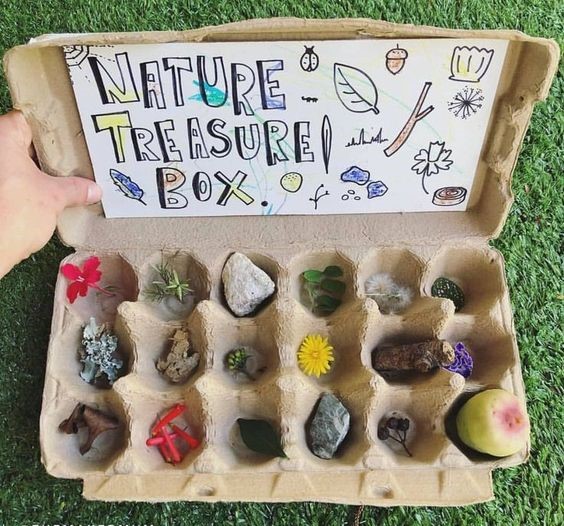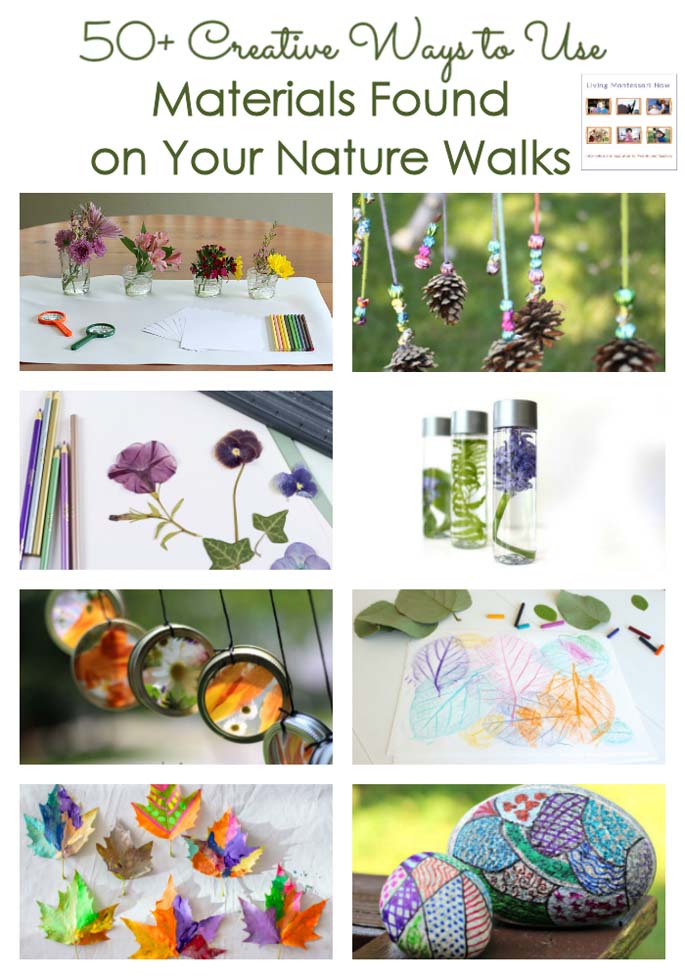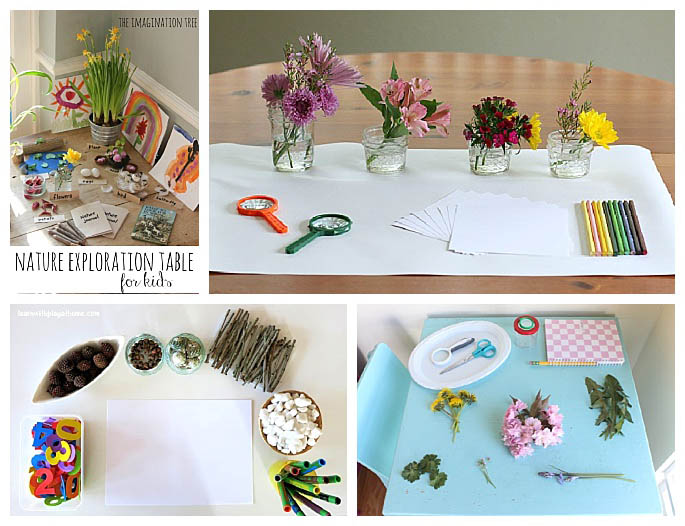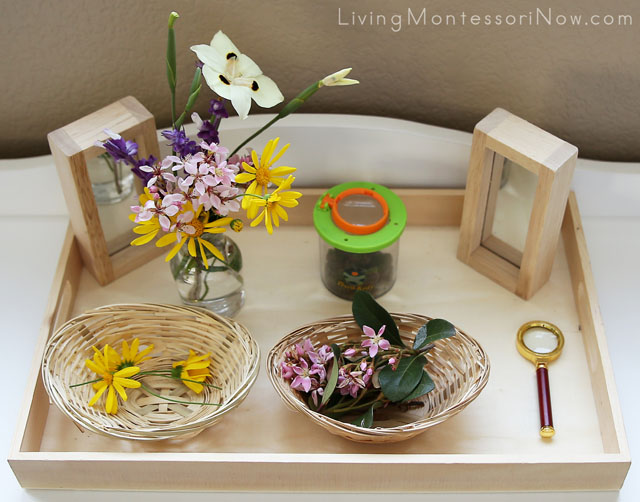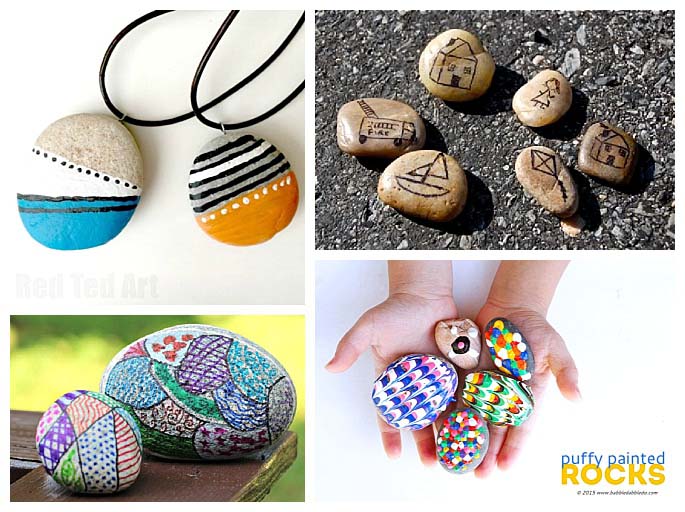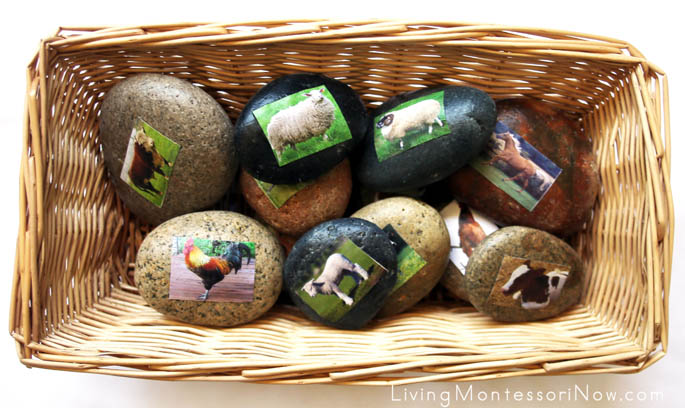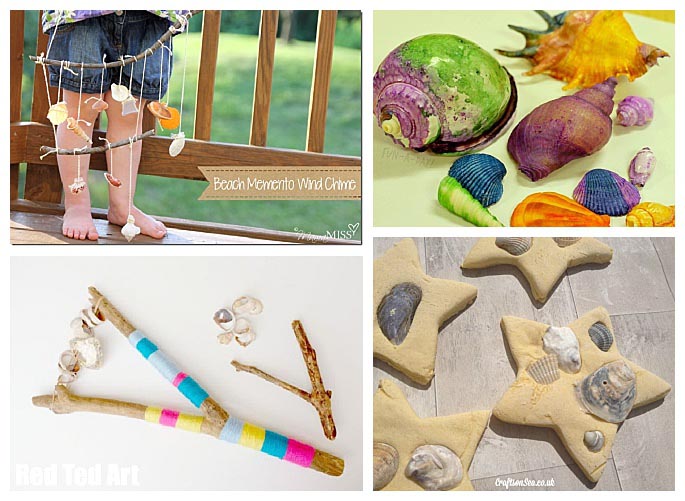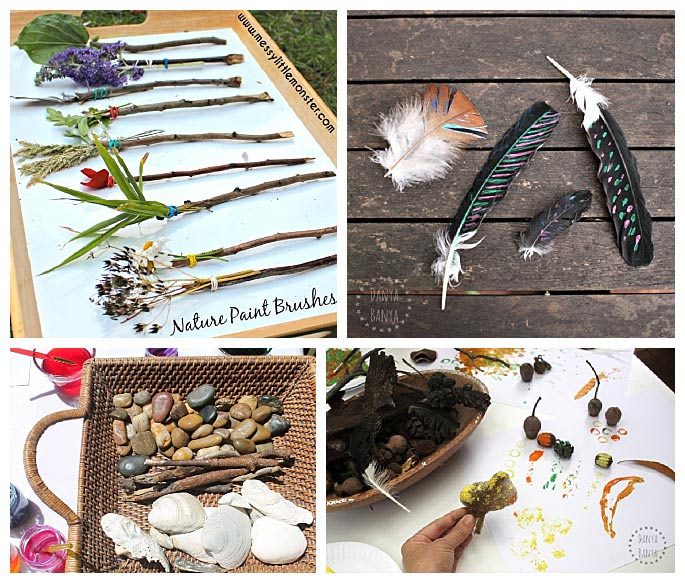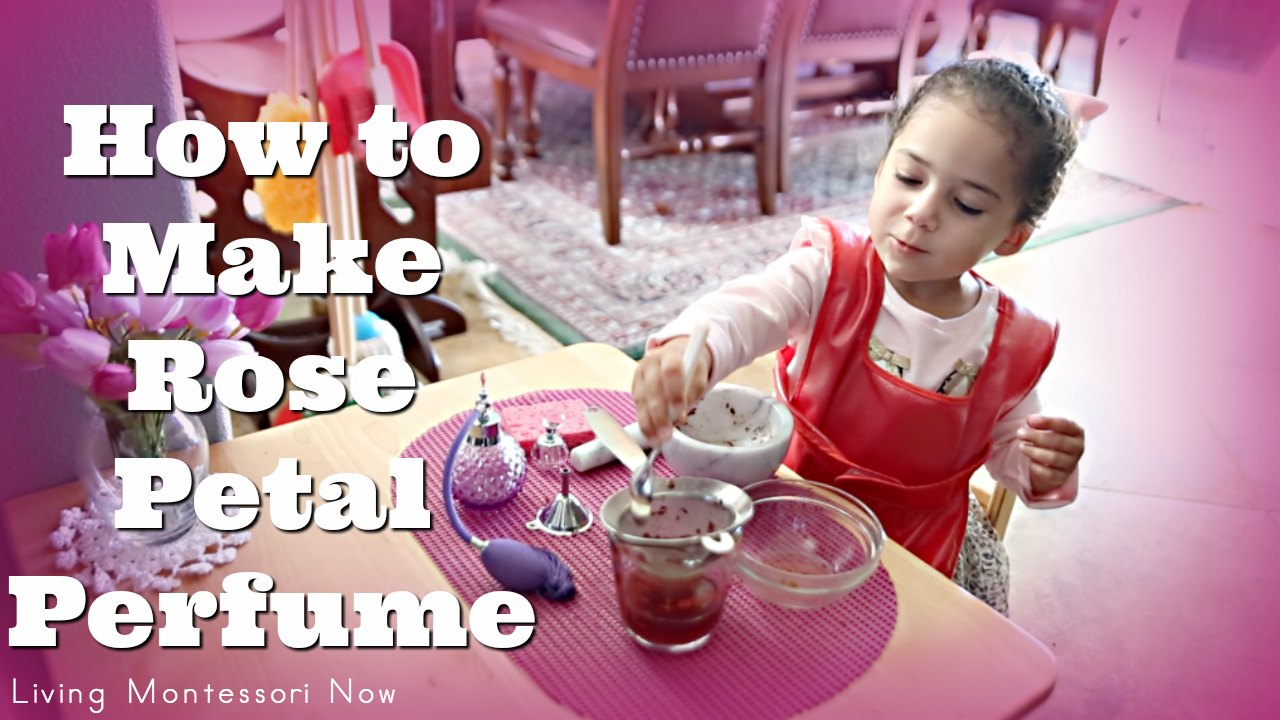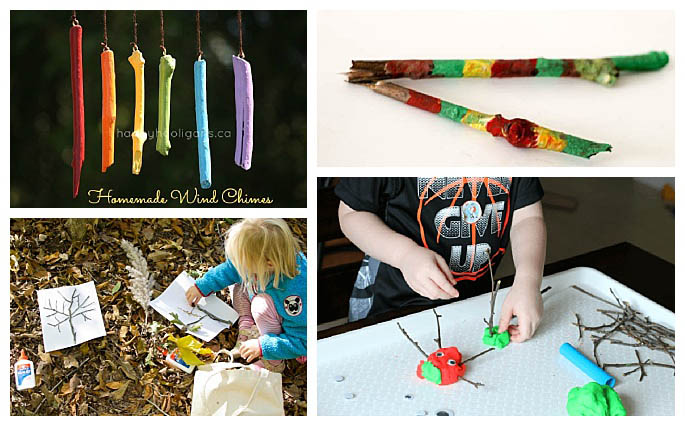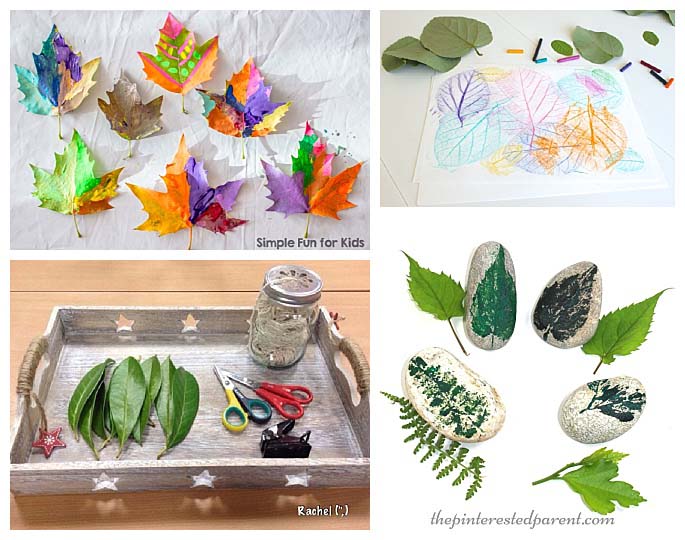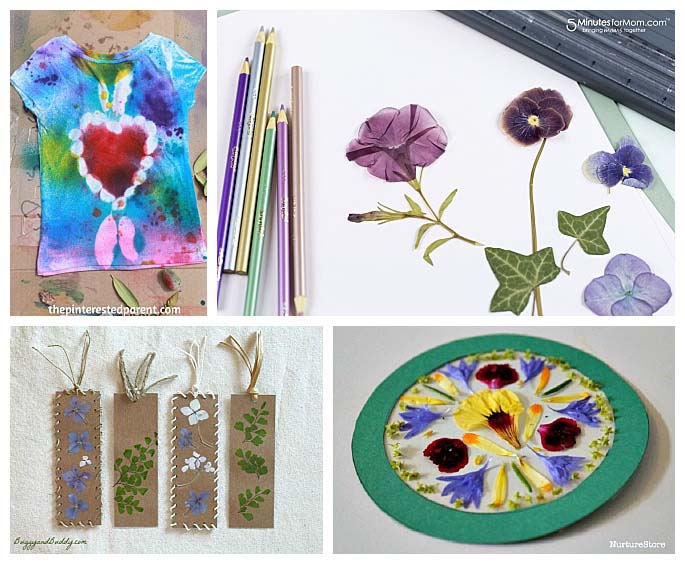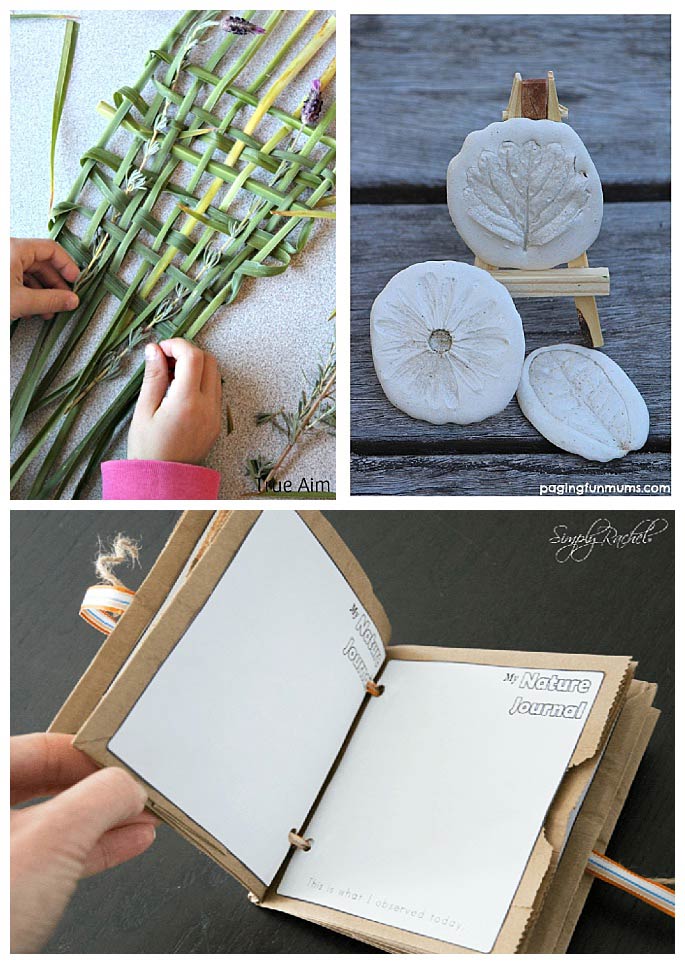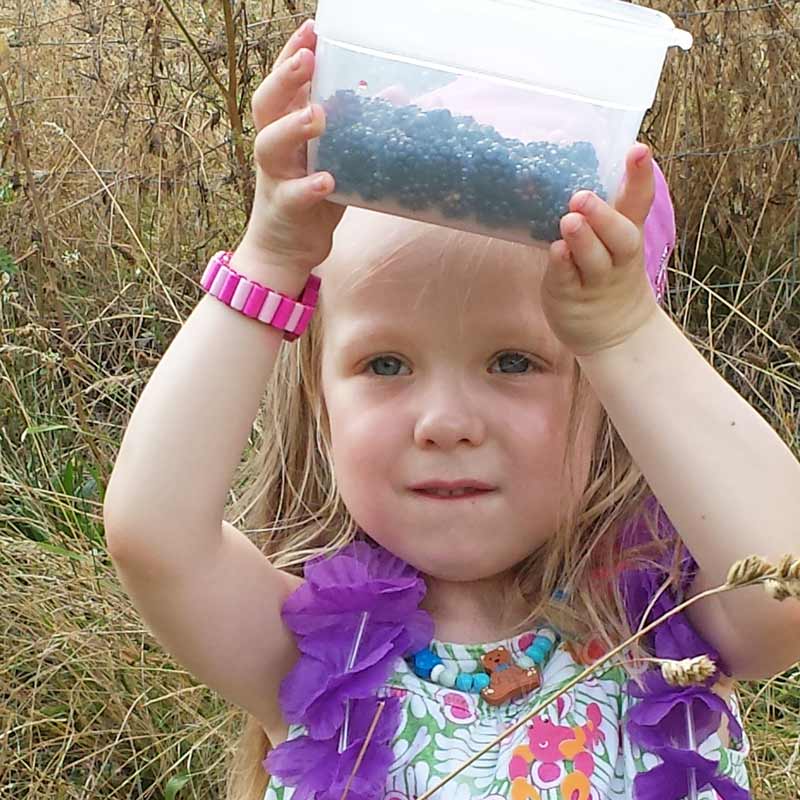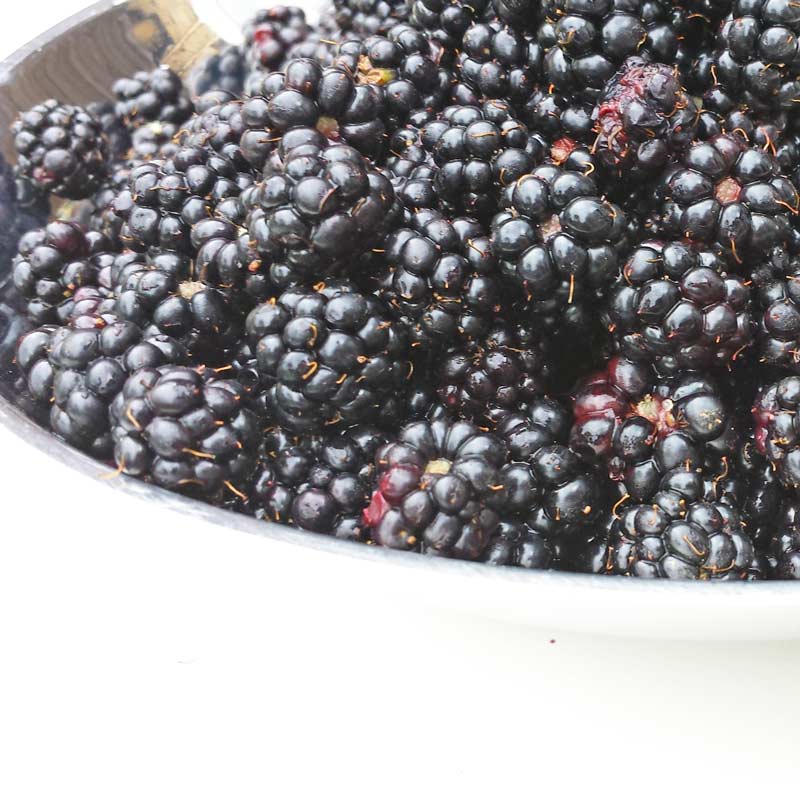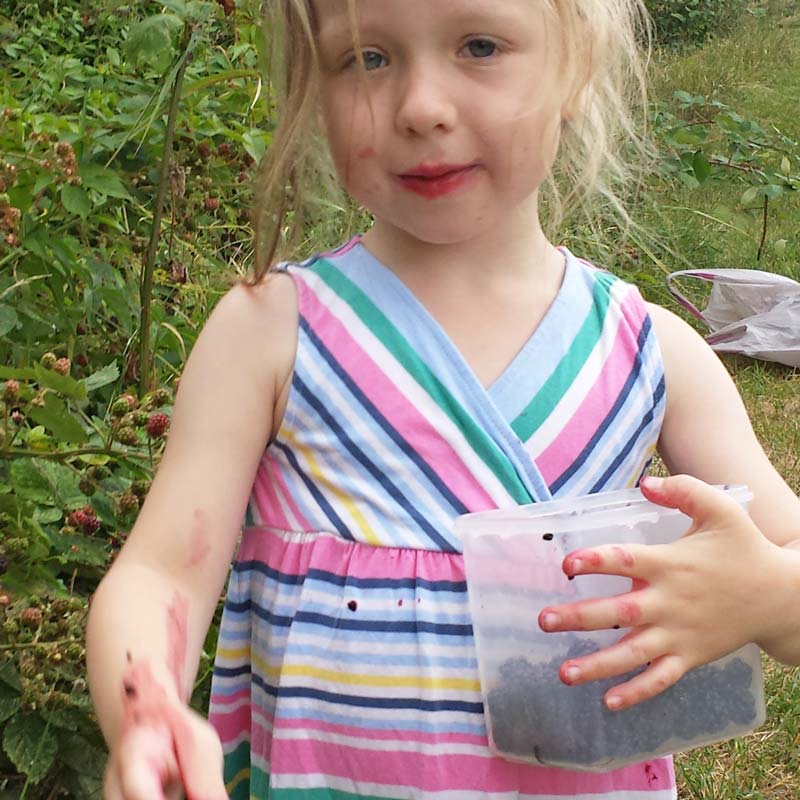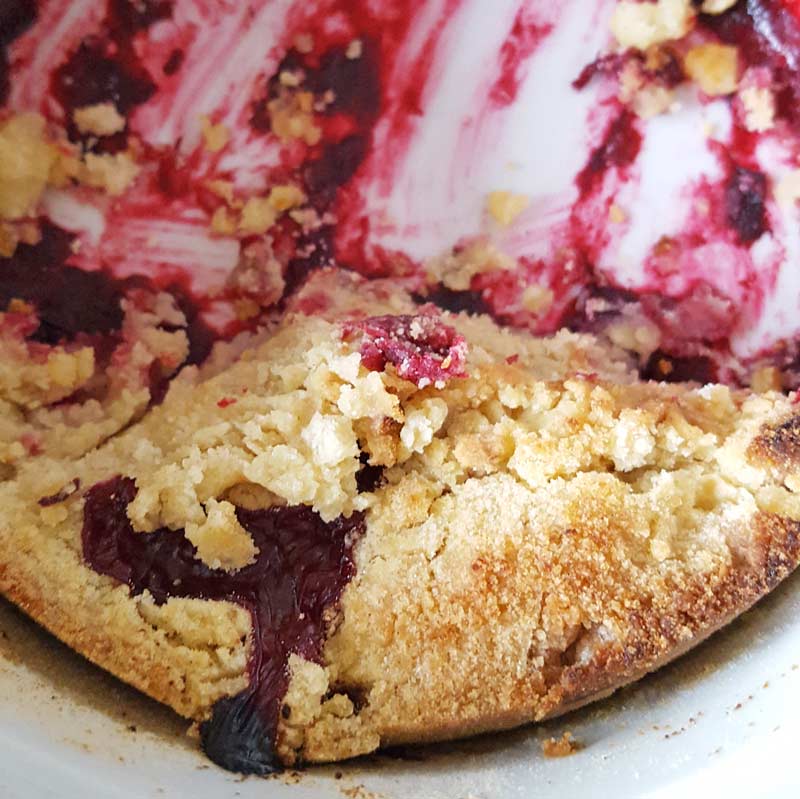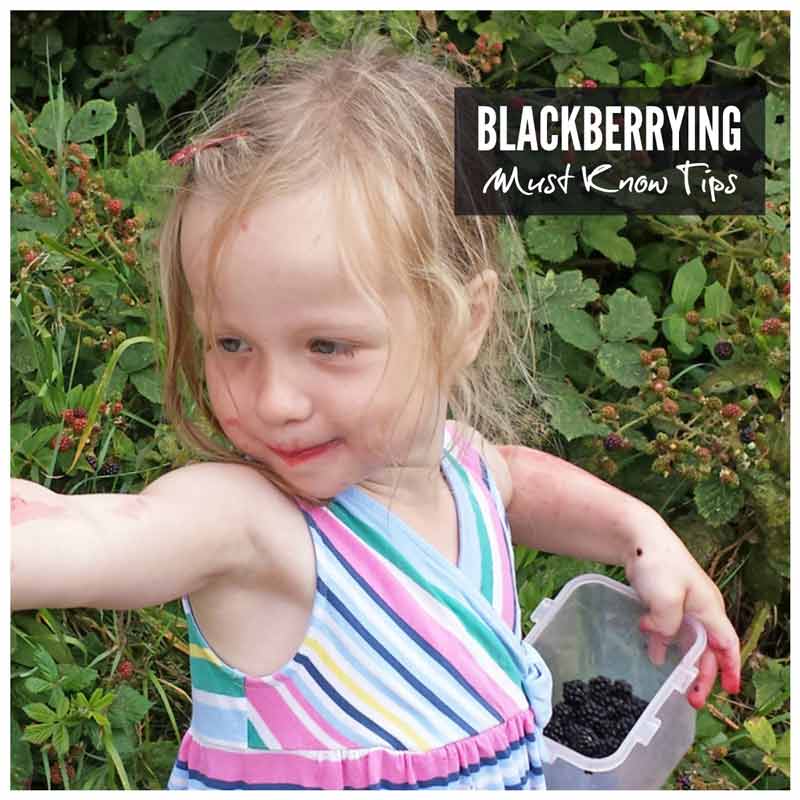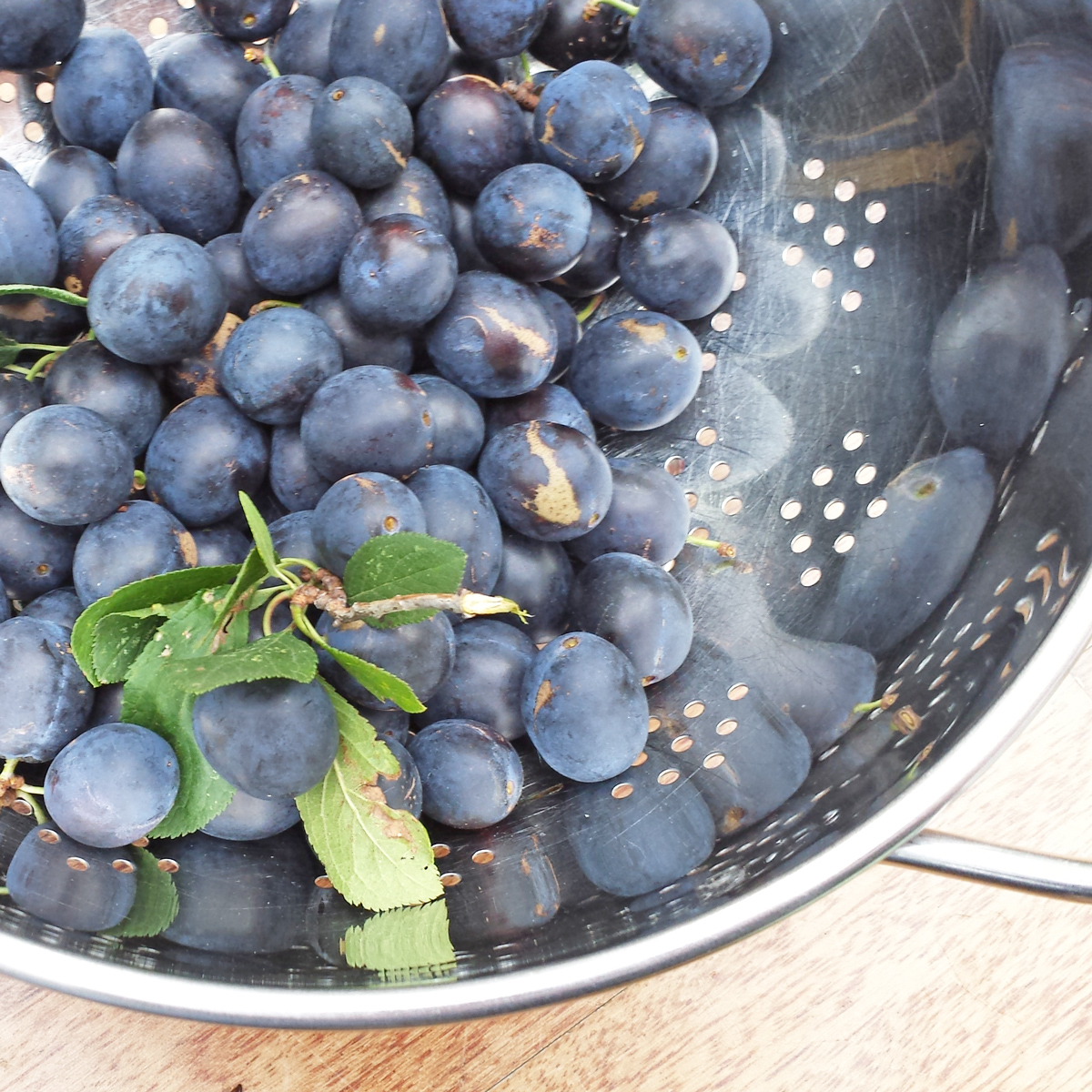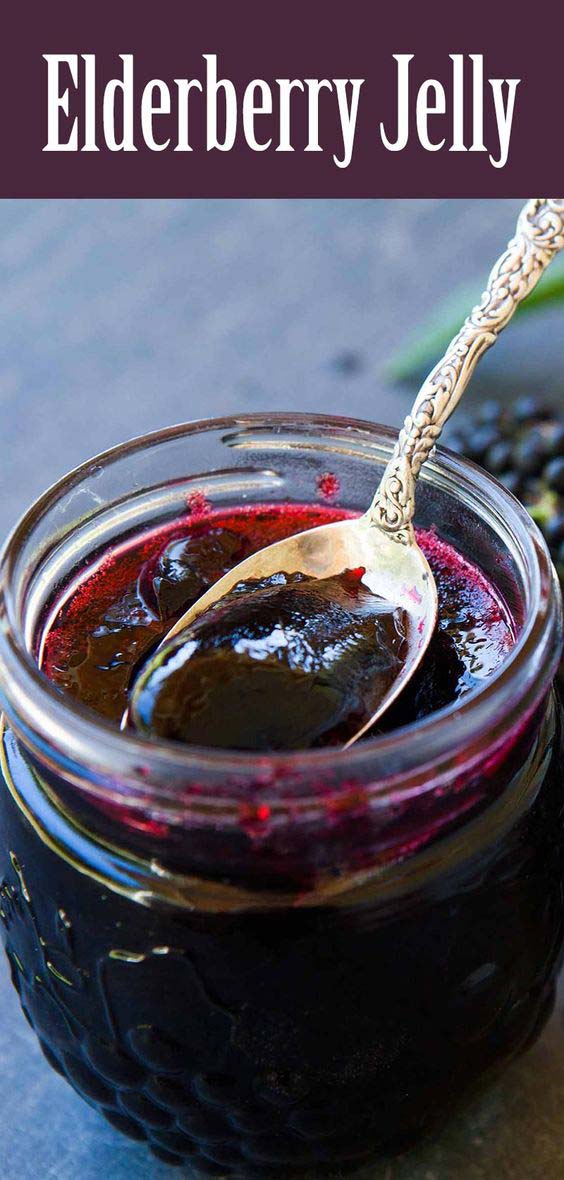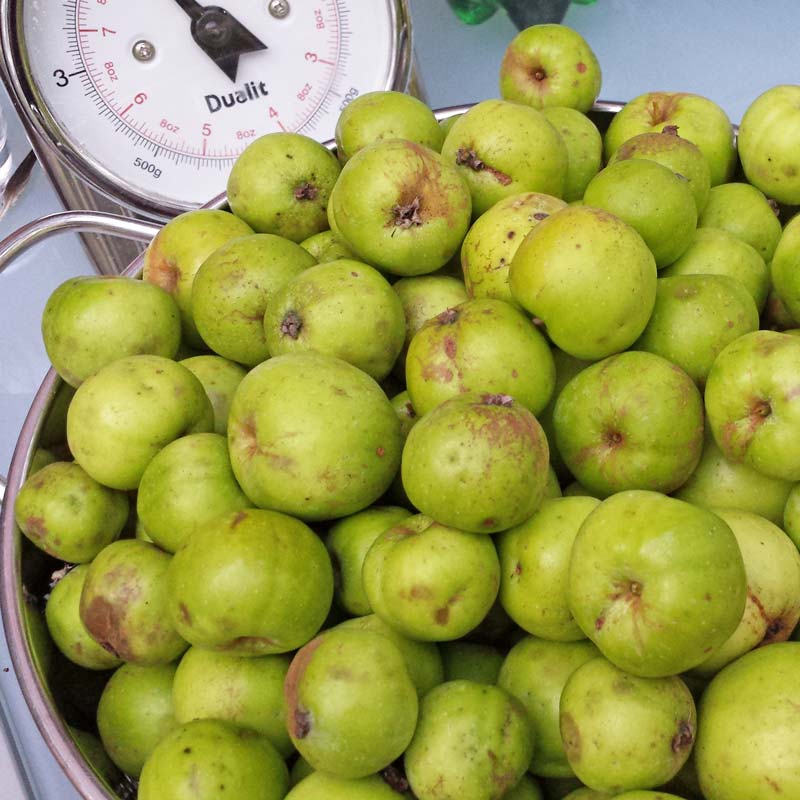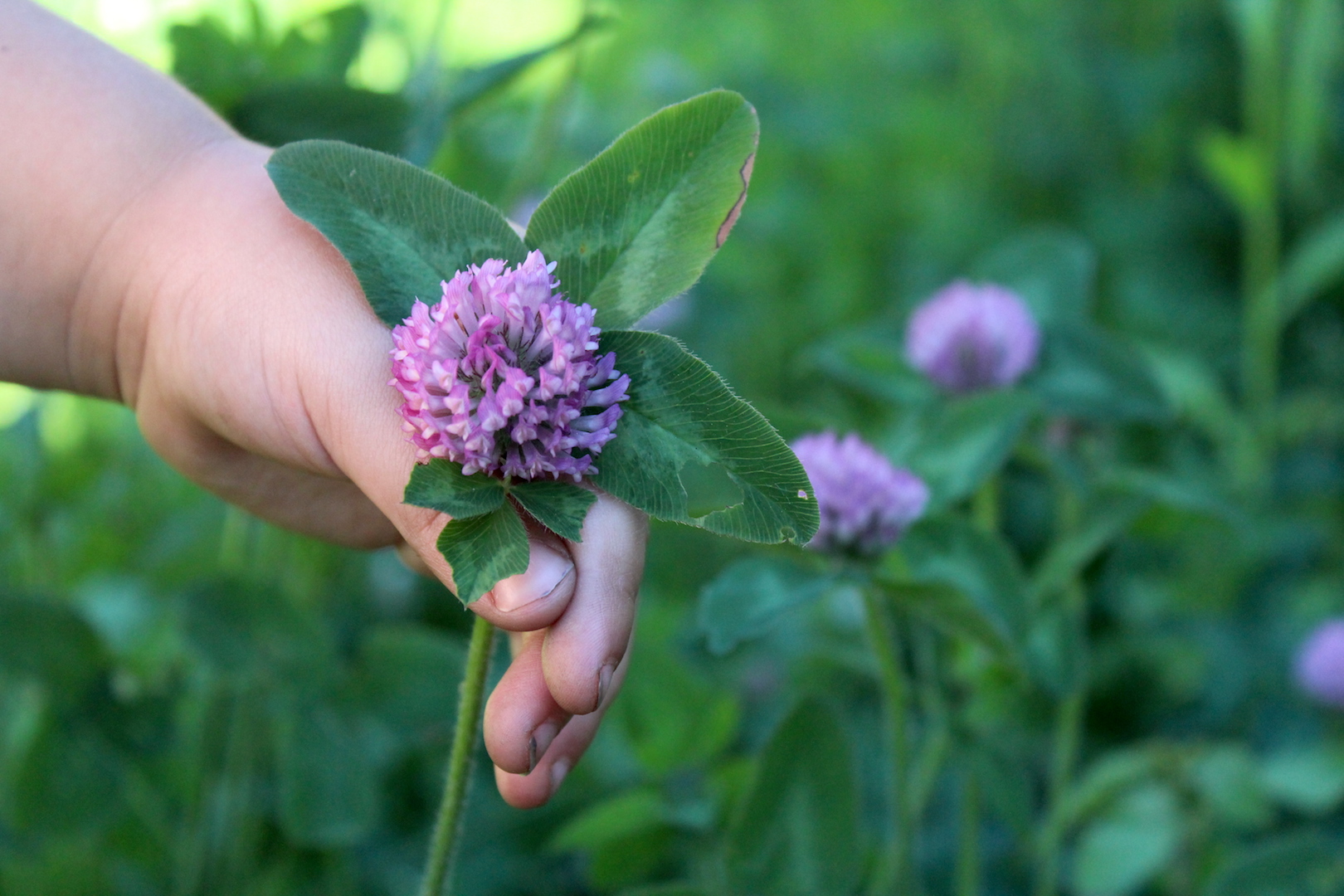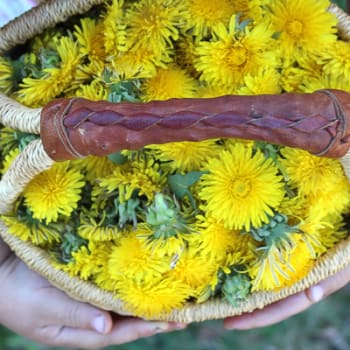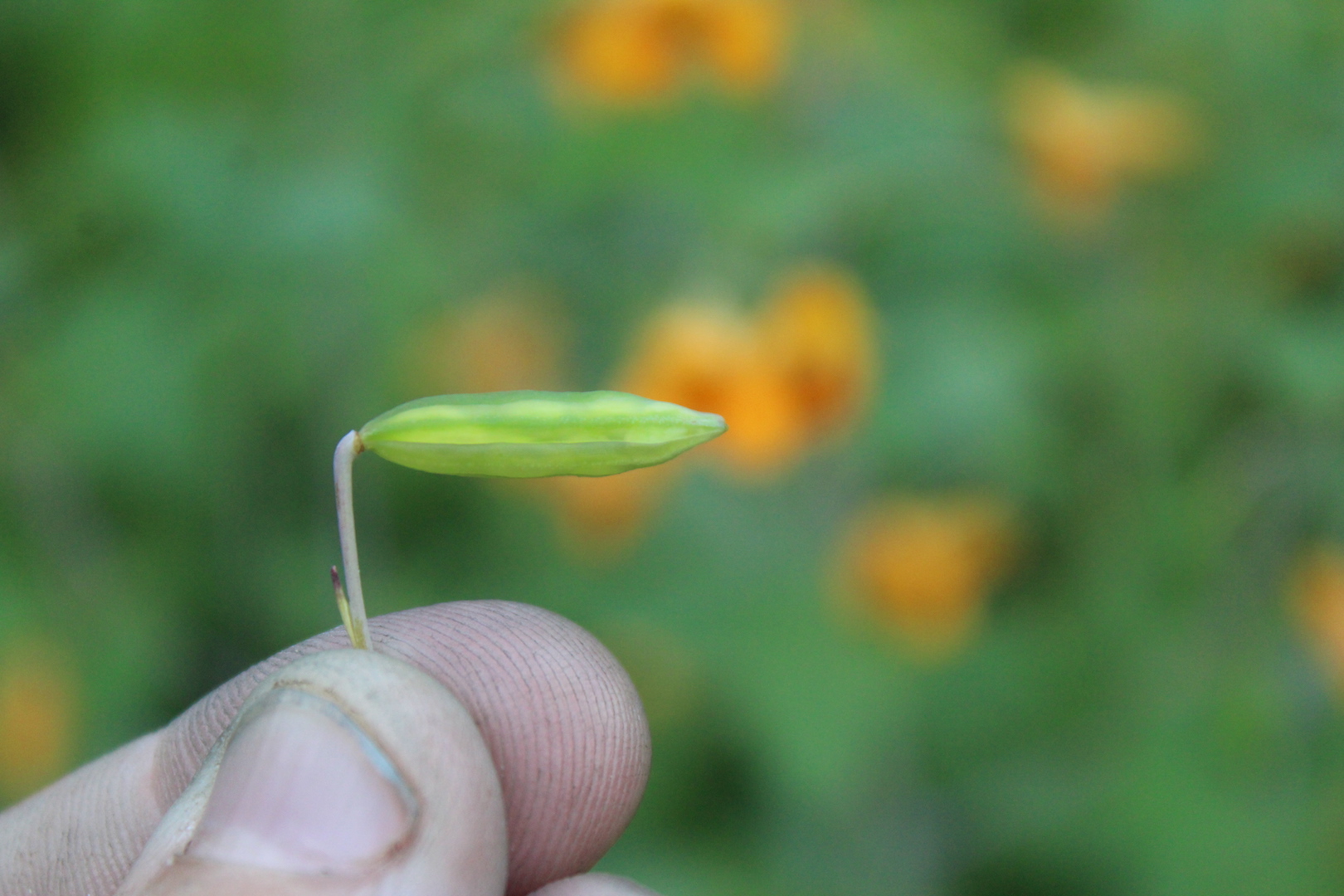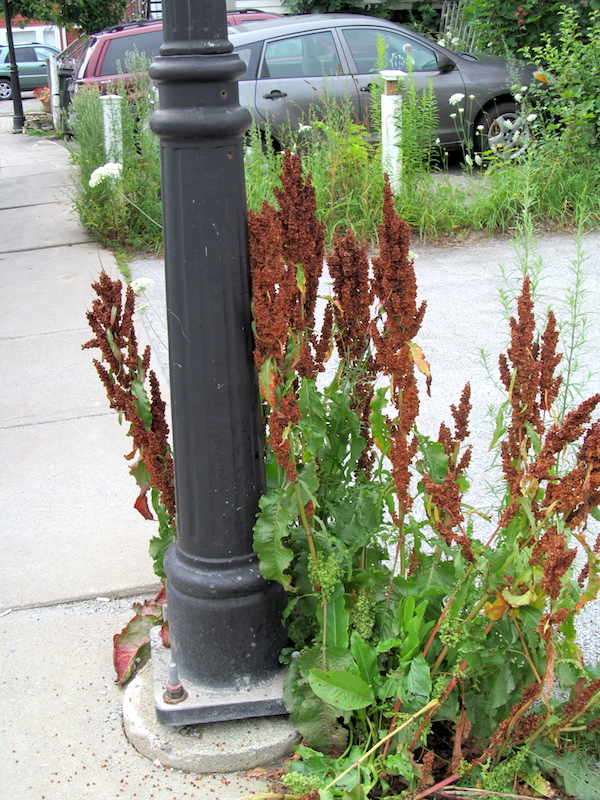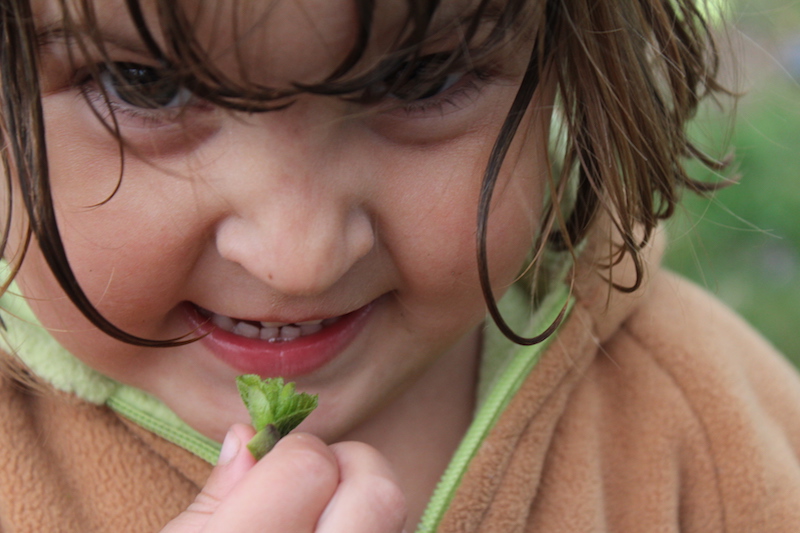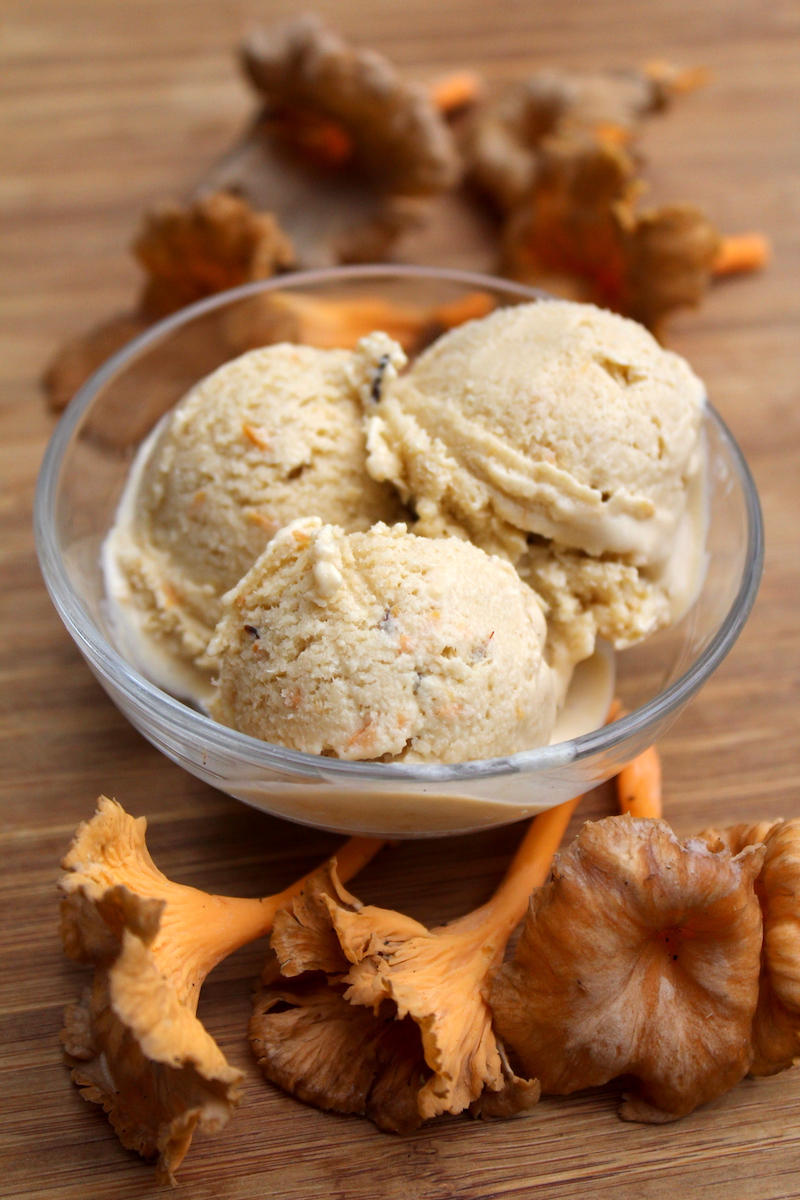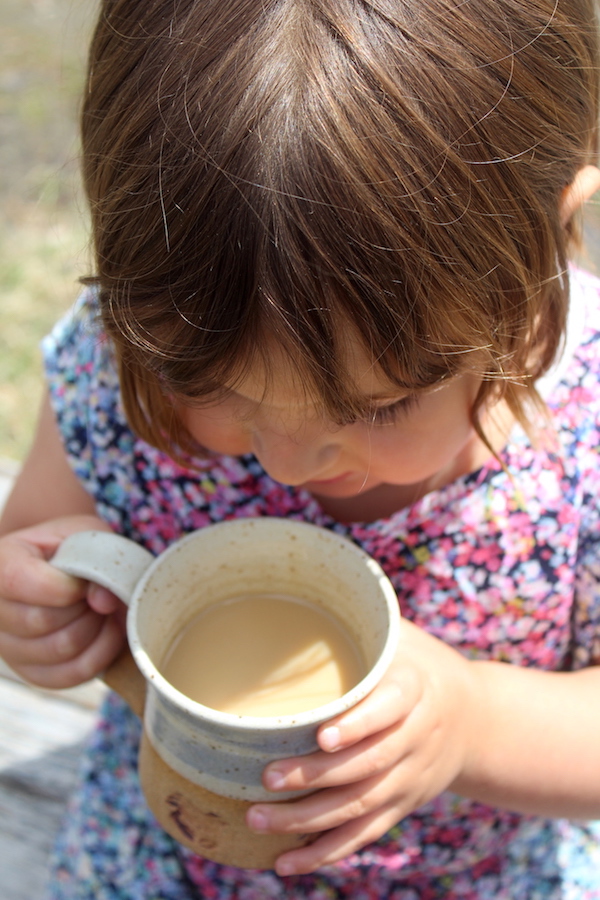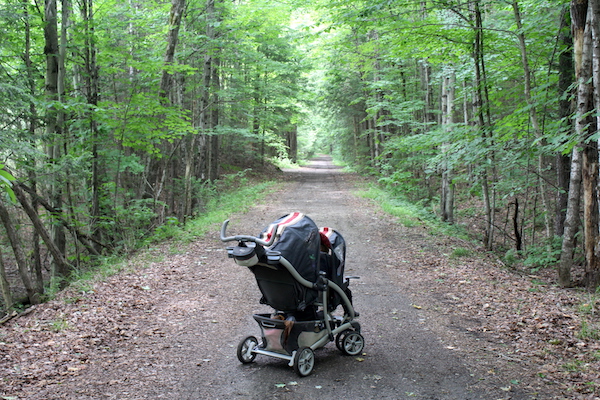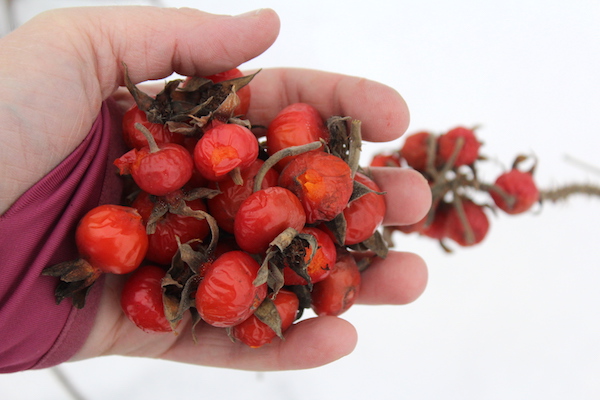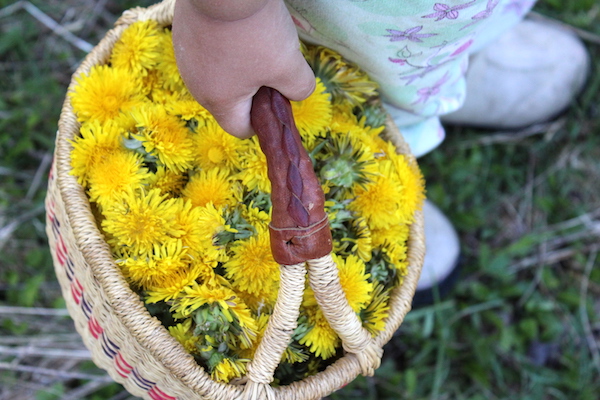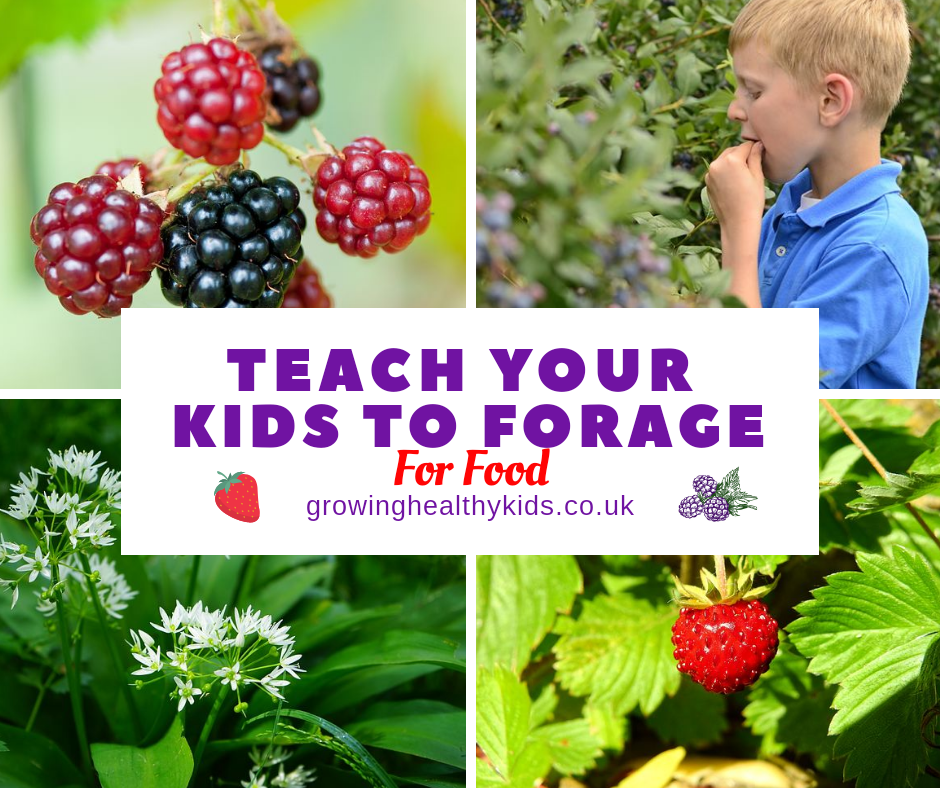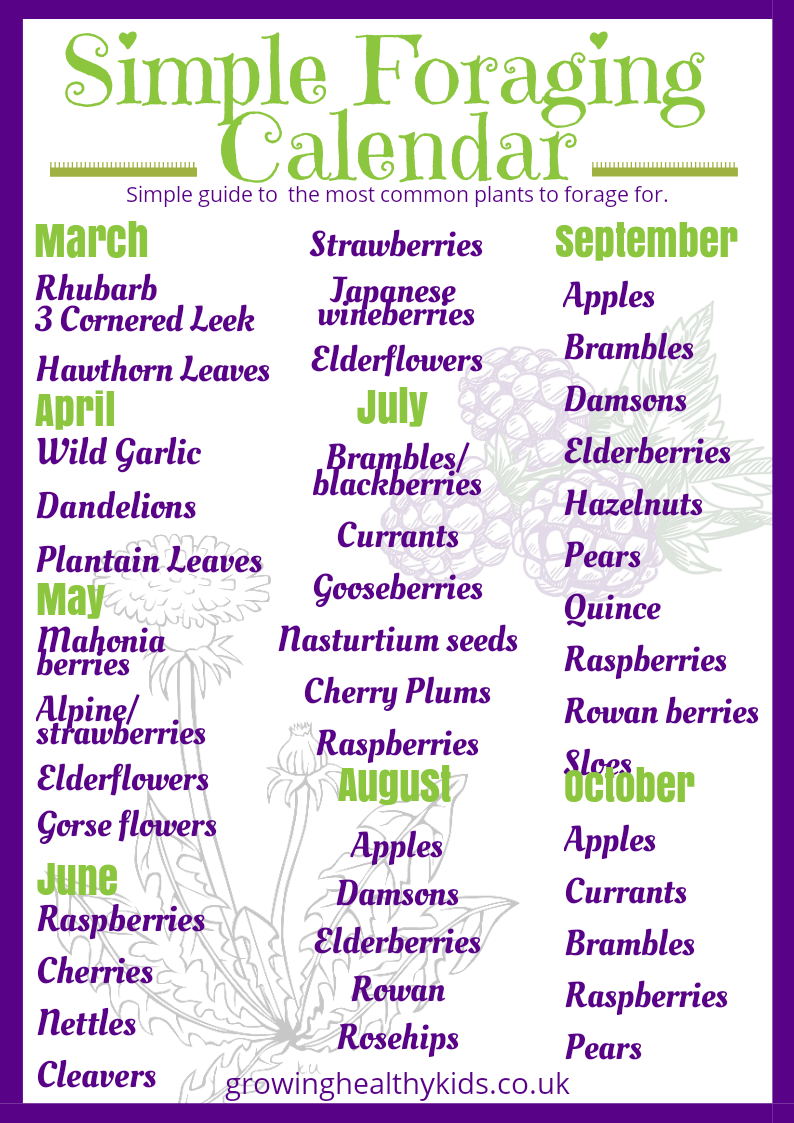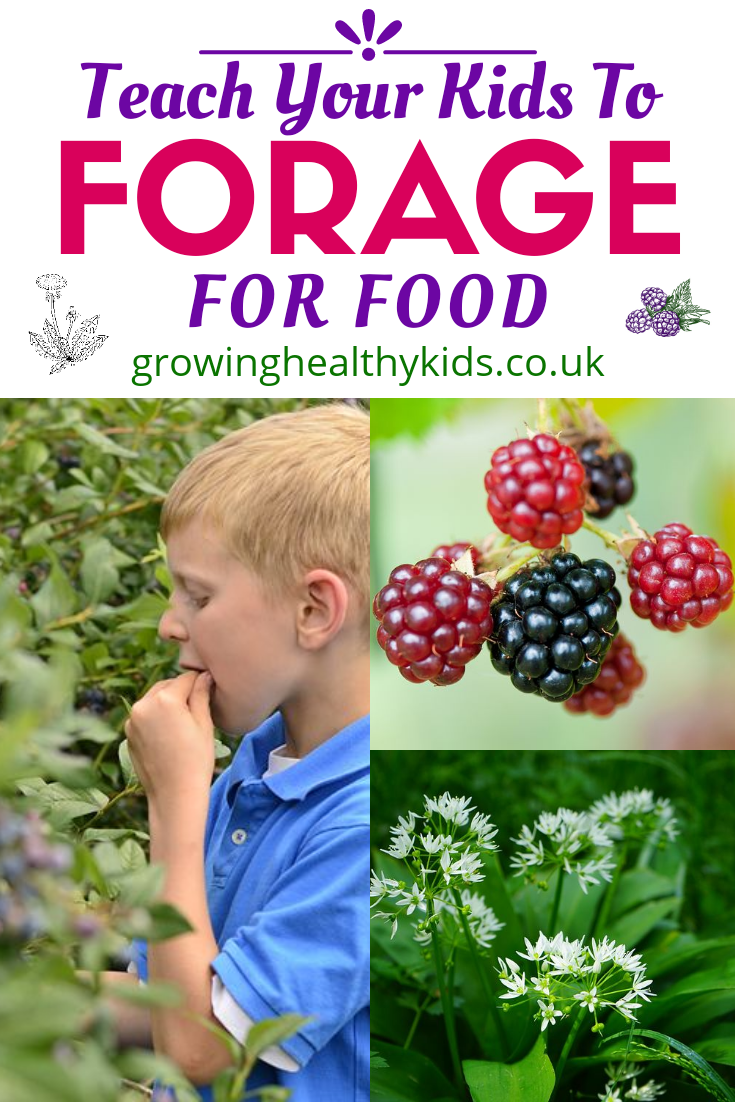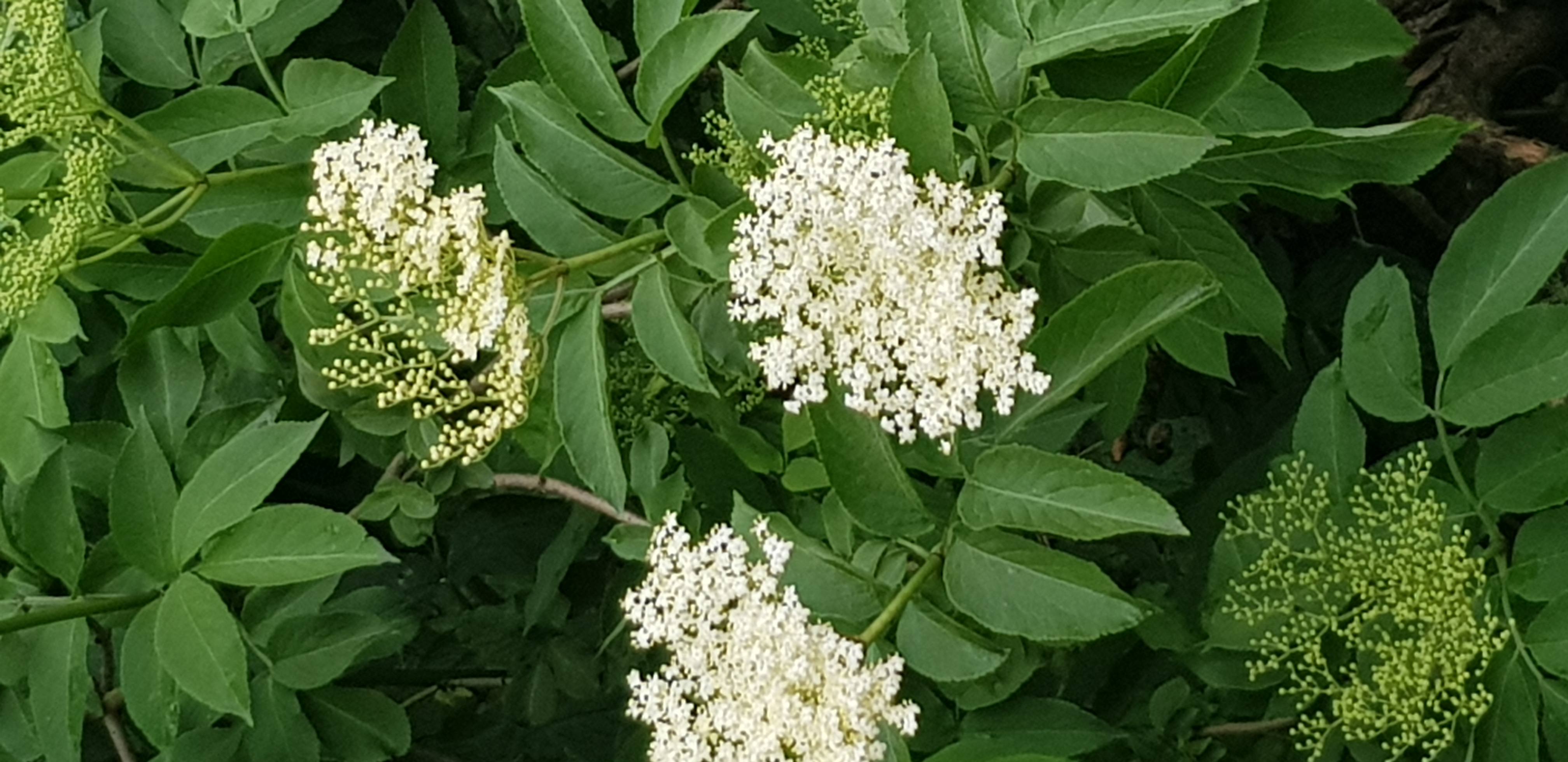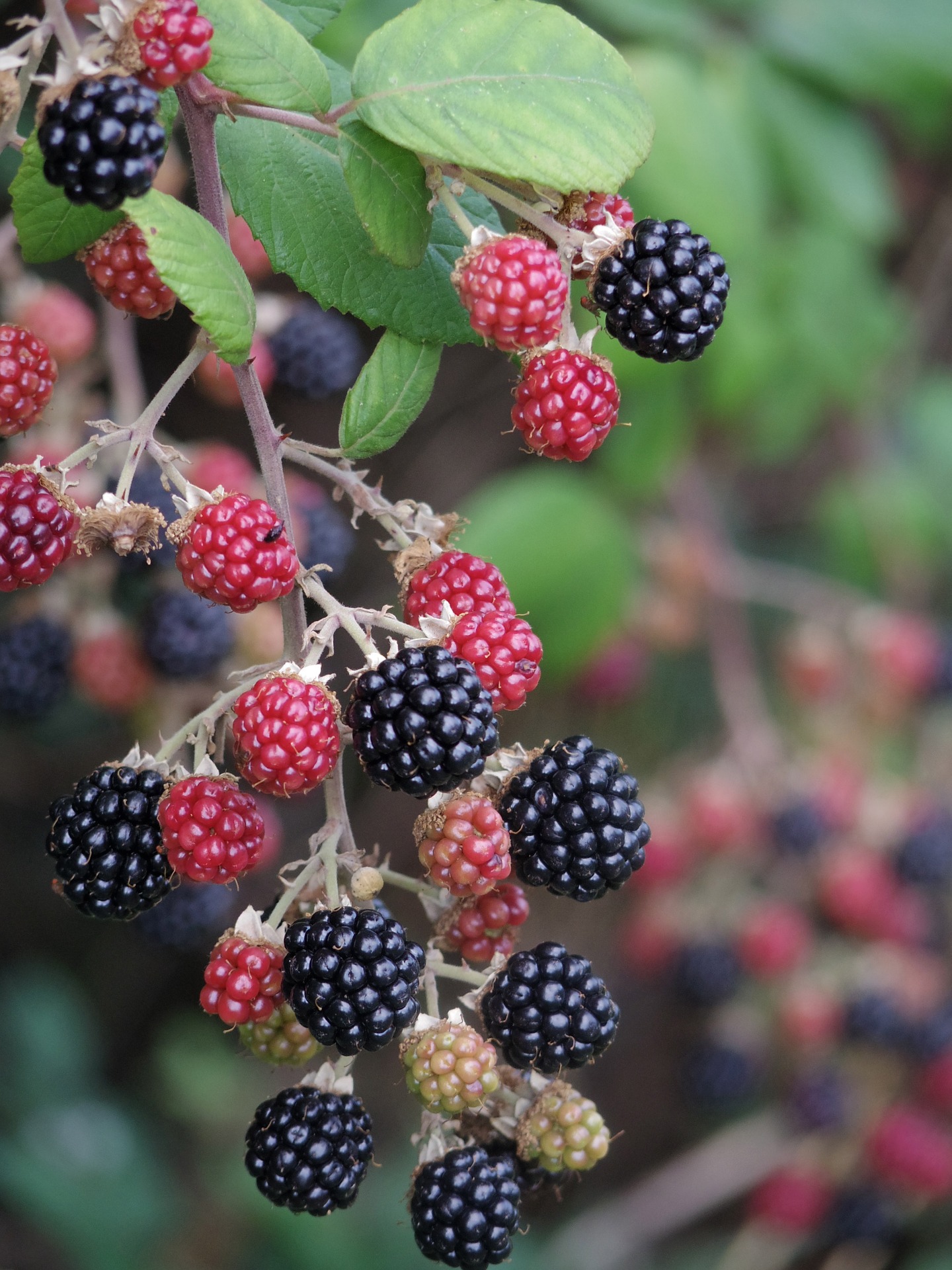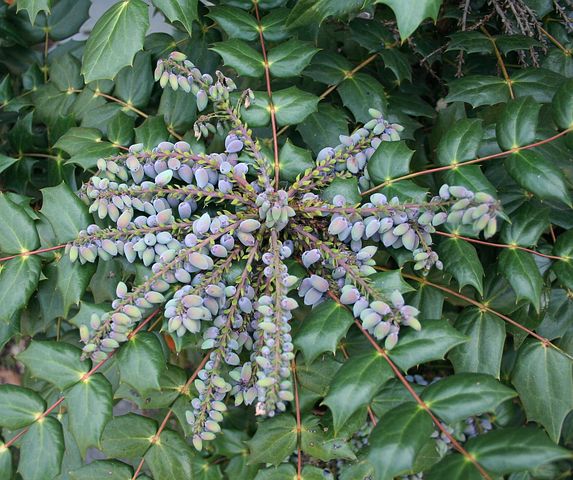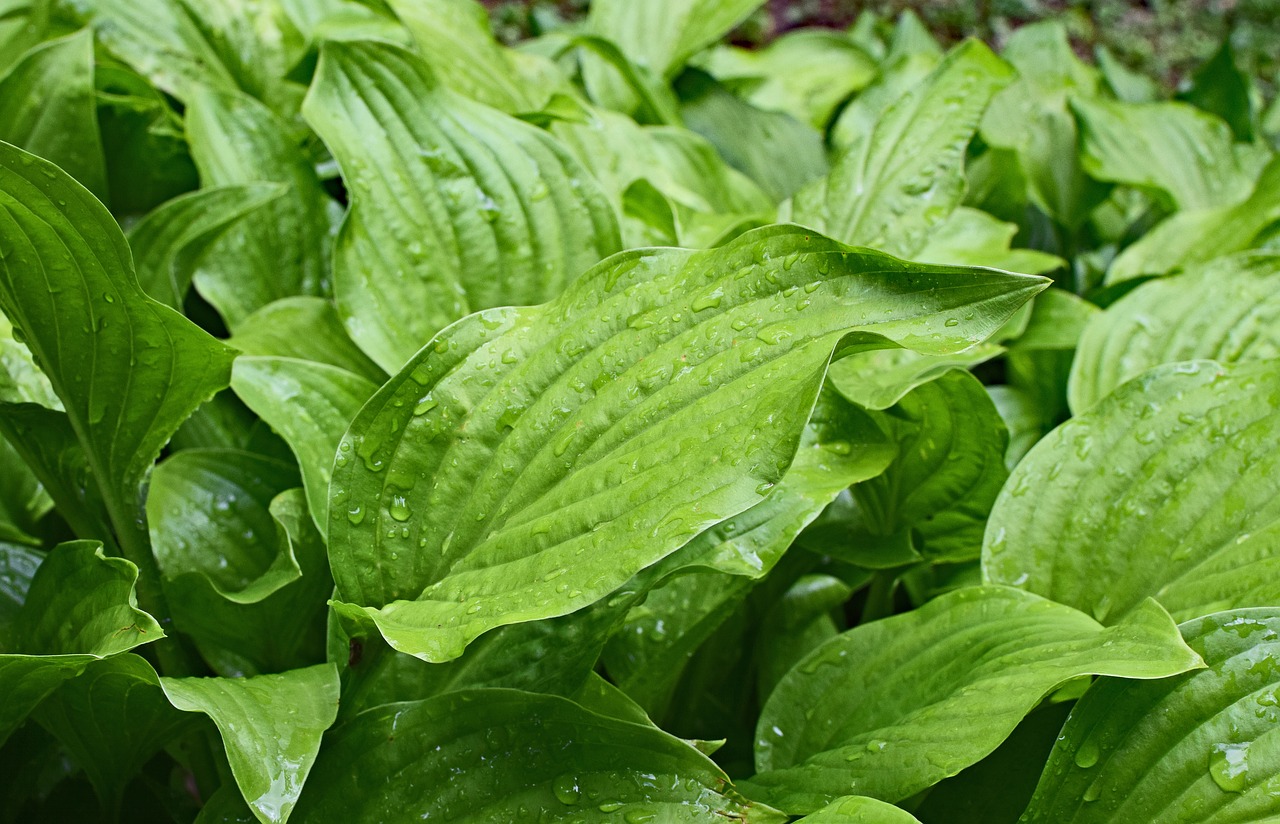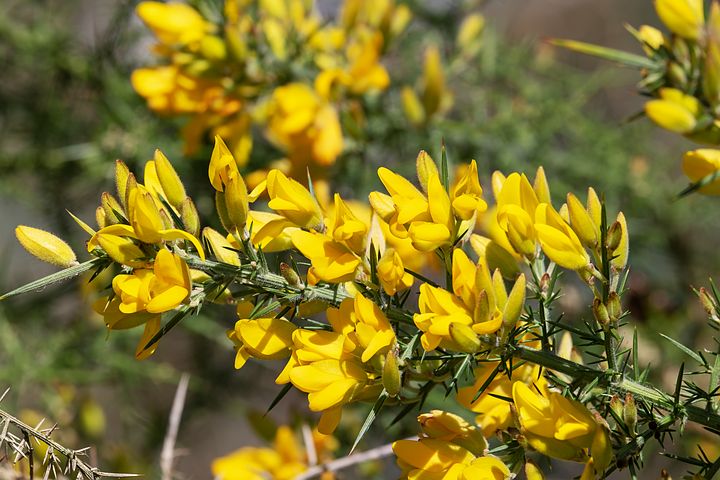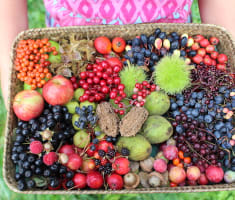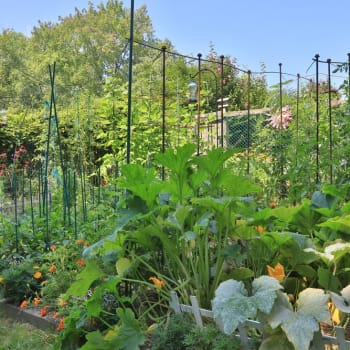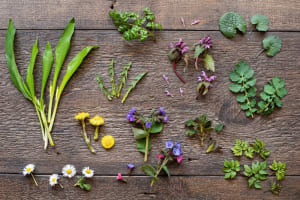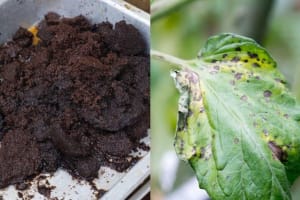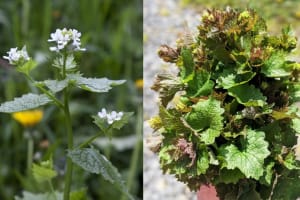Sharing Your Backyard
With the Local Wildlife
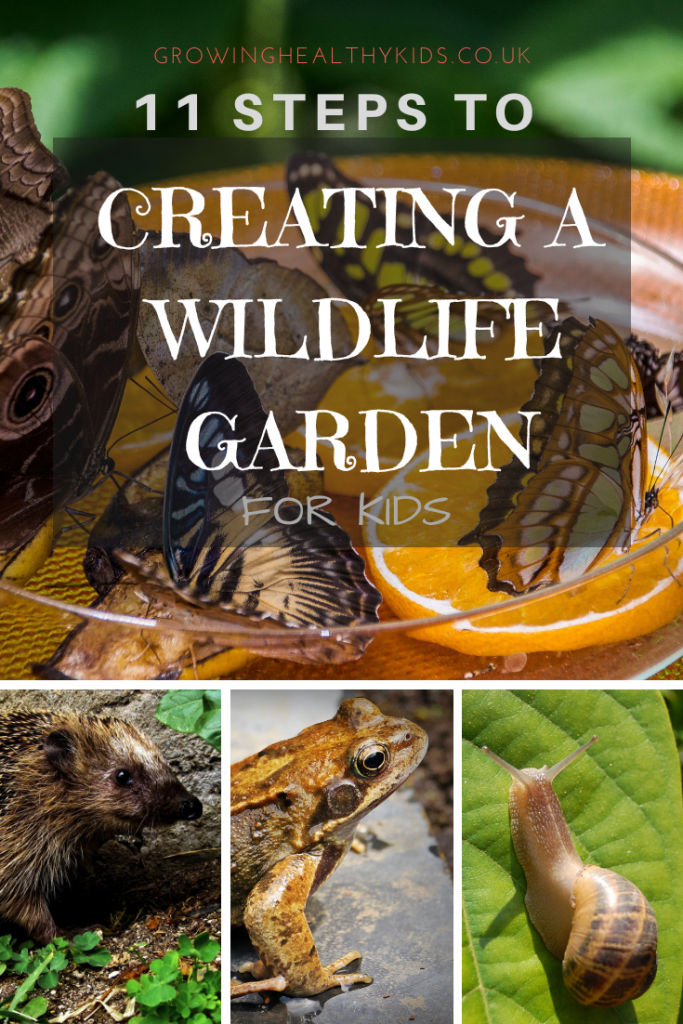
With Spring coming, bringing lighter days (finally) I bet you’re wondering how you’re going to keep your kids entertained? Why not try attracting wildlife to your garden?
This can be a year round activity the kids can come back to over and over as the seasons change. It is a wonderful learning opportunity too. Teaching them how to care for the world around us, as well as having an appreciation about how the seasons work, understanding life cycles for animals and of plants.
Also, nice idea to teach kids is how their food chain works, as well as, from a wildlife point of view, and what happens if that is unbalanced.
This could also lead to learning how to reduce their waste and recycle in the most natural and basic way possible i.e. compost.
So, here are my favorite activities that you and your kids can enjoy doing together to attract wildlife into your garden. We enjoy these activities here and we’ve learned so much from them. As the weather begins to get warmer we’ll enjoy helping the wildlife in our area with even more ideas.
MAKE A BEE WATERING HOLE.
Bees need water to drink. Collecting all that honey is thirsty work! It can be dangerous too, as the bees can be drowned in a pond or larger body of water. So, providing a bee bath can literally be a life saver to the struggling bee populations. As always, the bees need this by the flower garden. Keep the bees away from your childs play area.
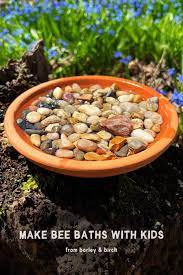
TO MAKE A BEE WATERING HOLE
Fill a shallow dish with marbles stones or water-beads, 1 layer thick.
Place this at soil level near some bee friendly plants.
Now, fill the dish with water half way up the marbles. The bee can land on the dry marble and stick its long tube tongue through the marbles to get a drink safely. When the local bees find your safe drinking dish your garden will be the place to go for bees all over!
This post from Kidsinthegarden, shows another cute way to do this using a large plastic flower pot water tray. I’m making one like this this Spring in our old stone bird bath.
FEED THE MOTHS AND BUTTERFLIES.
This is a nice easy one for late Spring, Summer. It helps to make sure butterflies and moths get the nectar they need.
Now that they’re adults and nearing the end of their lives. They don’t eat they only drink nectar. So it’s important they can find enough of this. Their only function as an adult butterfly or moth is to find a partner and lay some eggs, and they do all this with the help of a major sugar rush ha!
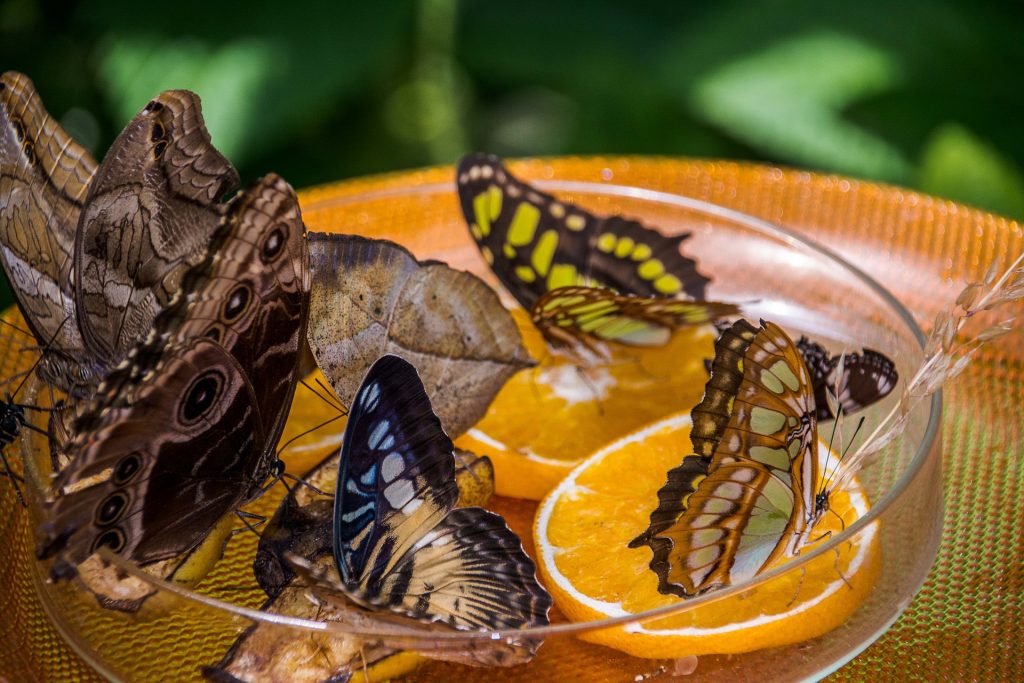
We just lay a shallow dish in the garden beside the flowers. I’ve made a small platform from some stacked up bricks to sit this on.
I then lay a flat sponge in the dish, the type with holes in it.
Then, I make up a sugar solution of half water and half sugar and stir it until it’s all dissolved.
You can lay some over ripe fruit in the dish too, oranges and bananas are wonderful and give an instant sugar rush.
GROW WILDFLOWERS
Butterflies and bees are drawn to areas of wildflowers.

Buddleia is a particular favourite of butterflies, and open structured flowers are good for attracting bees, foxglove and poppies.
Other annual plants that are so easy for kids to grow are Cornflowers, foxgloves, bluebells, crocus and sweet peas, Also think about moths and nightlife, Night scented flowers are wonderful for attracting moths and other night insects, which in turn attract bats to roost nearby. We had a resident bat here a few years ago that loved swooping in front of out sitting room window at dusk to catch all the moths and flies attracted by my Sarcococca Confusa plant that smells amazing.
So experiment with flowering times and seasons and see what you can attract. These are just a tiny selection of the plants you could choose to encourage wildlife.
If you need help on the gardening side, why not sivn up here to be the first to hear about my “Gardening with Kids” EBOOK coming soon??
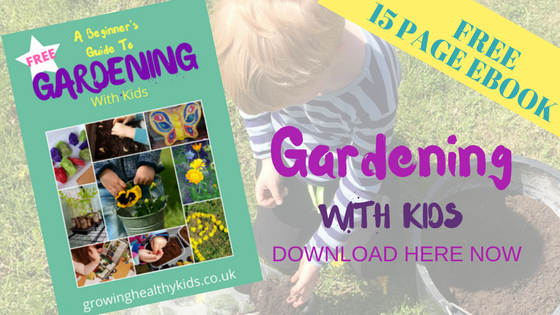
4. BUILD A TERRARIUM
The kids I care for LOVE creepy crawlies. They really enjoy exploring new habitats, doing bug hunts, getting muddy and slimy at the same time.
This craft is so easy but condenses wildlife down into manageable size for little ones. We have a whole city to explore this year like this one here.
SES Explore Children’s Insect City
I can’t wait to fill it up in Spring and see who moves in. In the mean time we will make mini jar terrariums. Just like these ones here from Allparenting.com
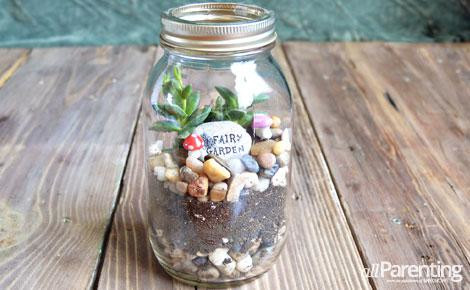
You can also use the jars as bug collection jars.
Fill a large glass jar with a thin layer of stones or pebbles on the bottom for drainage,
Then fill the jar with a thin layer of soil, leaves, sticks, and flowers.
Put some holes in the lid carefully then let kids outdoors into the garden or forest and see what they bring back. It might be an idea to take spoons or mini spades to help lift the bugs safely.
Keep the jars for a few hours and let kids see a range of behaviours.
REMEMBER TO LET THE BUGS GO BACK TO THE PLACE YOU GOT THEM WHEN YOU ARE DONE.
If you don’t want to make your own terrarium, here are some of the other bug sets we’ve had over the year.
Butterfly Farm
This is easy to set up and so educational for the kids. My daughter CC checked the cocoons every minutes she could and the kids squealed and cried when the butterflies hatched. Such a wonderful experience and the set is reusable too.
Ant farm
I was worried these little critters would escape but they didn’t. After a few days you started to see them making changes to their enclosure.
Wormery.
This one was amazing. The different layers of material like soil and sand really helped us see how the worms make their way through the layers feeding and making tunnels leaving a clear network of tunnels through the layers.
5. PUT UP NESTING BOXES
Nesting boxes encourage birds to stay in your garden and raise their babies.
Chapelwood Wild Bird Classic Nest Box
We put up various sizes and shapes of boxes in a sheltered area under our roof line, away from the wind and hot sun. Every year we get some starlings nesting in the roof line and in some of the boxes. It’s wonderful to see the mum and dad birds flying in regularly to feed the chicks, and we get to hear the cheeping of the babies. I’m hoping, with the aid of our new bird nest cam, we will see a lot more this year and maybe actually see them leave the nest and fly. The kids will LOVE it!
This is a job that needs doing in Winter or even late Autumn. So that you do not disrupt the breeding season.
6. GET A BIRD TABLE AND BATH
All birds feed differently, so need the food to be on a flat surface like the ground or on a table where others will feed from a hanging fat ball. Provide a range of options to attract the most birds.
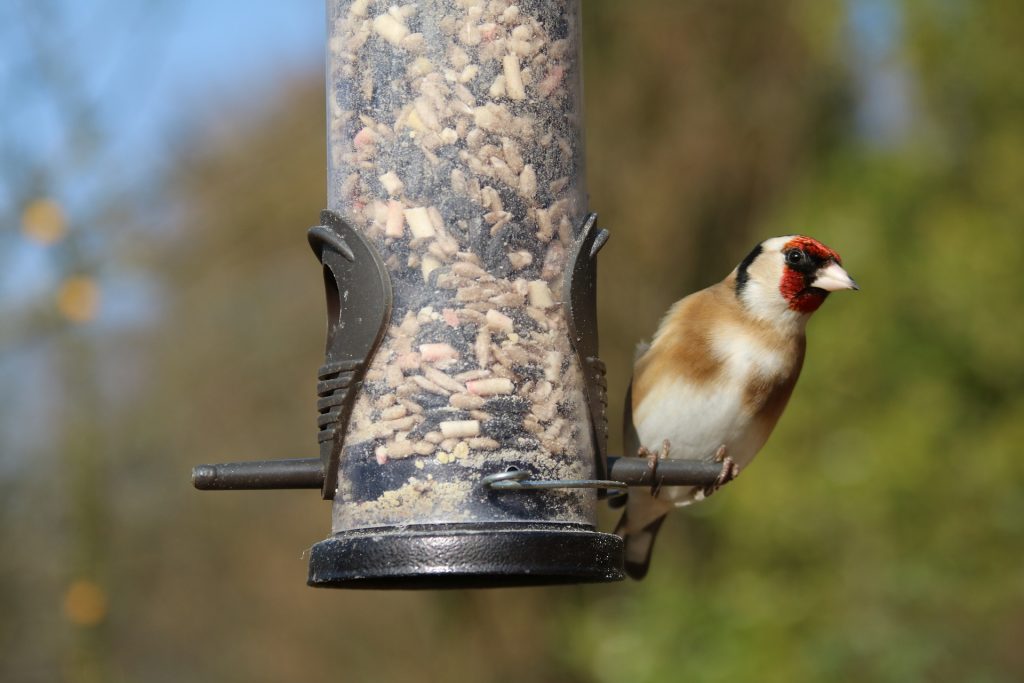
Birds also need a drink and water to clean their feathers, with so make sure you provide a constant source of water so the birds can rely on it.
Just a note on feeders, Try not to put out to much food so it gets wasted. Rats and other vermin with feed off bird food tables if their short on other supplies
7. PLANT A TREE
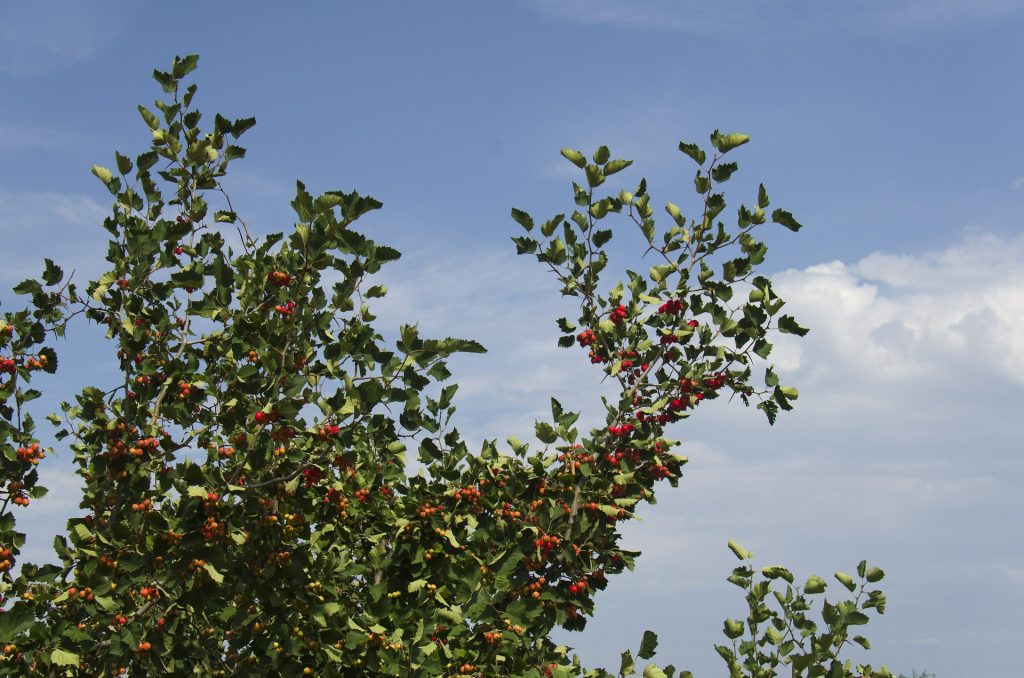
Native trees to your area will help attract birds and insects. In the UK, go for species like crab apple, conifers, silver birch, yew, alder, or if you have space for a large tree, try elm, beech or ash. Trees provide a nesting place for birds and squirrels, as well as lots of insect life, while if you want to attract bats, willow will give you the best chance.
If you have space to plant a few trees near each other, this will create more of a woodland habitat drawing a wider range of wildlife.
8. GROW A WILDLIFE HEDGE
Hedges provide additional nesting areas for birds and small animals. They also help to shelter the garden and some even produce fruit or berries providing food for the wildlife or you! Suitable hedge plants include blackthorn, buckthorn, cherry plum, elder, hawthorn, hazel and privet. Climbers and creepers are great to grow up through the hedge as they provide further foliage to boost the insect population and draw birds. Clematis, dog rose and honeysuckle are good choices.
9. MAKE A WILDERNESS AREA
Leave an area of lawn to go to seed and grow long, or a pile of wood such as logs piled in a corned will give a home to beetles, bugs, centipedes and snails as well as much more.
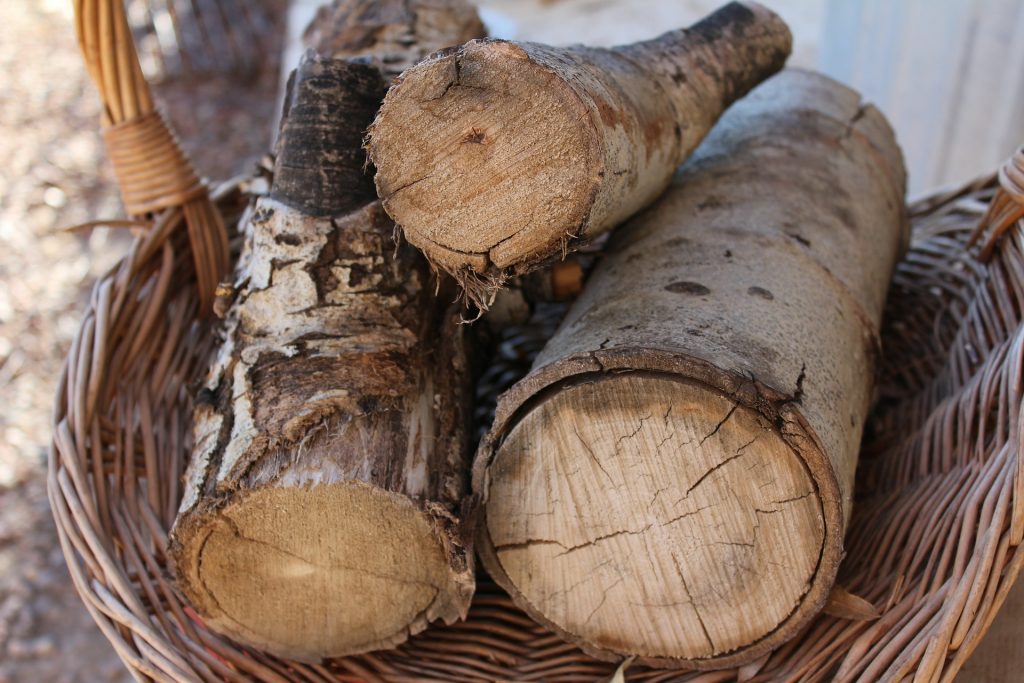
10. HANG A BIRD FEEDER
Hang a bird feeder filled with peanuts or seeds. This post here has planty of feeders you can make with the kids. You can also get these wonderful feeders that attaches to a window with a suction pad for a close-up view. I finally ordered ours so we are looking forward to seeing the birds use this too. It takes birds a little while to get used to new feeders but I’m so excited to think that soon we will be able to see them up close.
Fat balls and seed mixes are ideal for attracting a range of bird species. We also offer bacon rind raisins and grated cheese when we have them.
11. ATTRACT MAMMALS
This year we are making a hedgehog home in our garden. We saw a hedgehog in the garden a few times last year and we would love to attract him back this year. They are wonderful for keeping on top of the local slug population, so I’m keen to attract him here. In Spring when they wake from hibernation very hungry so we will be putting out food for them and I will make sure to leave out water as well.
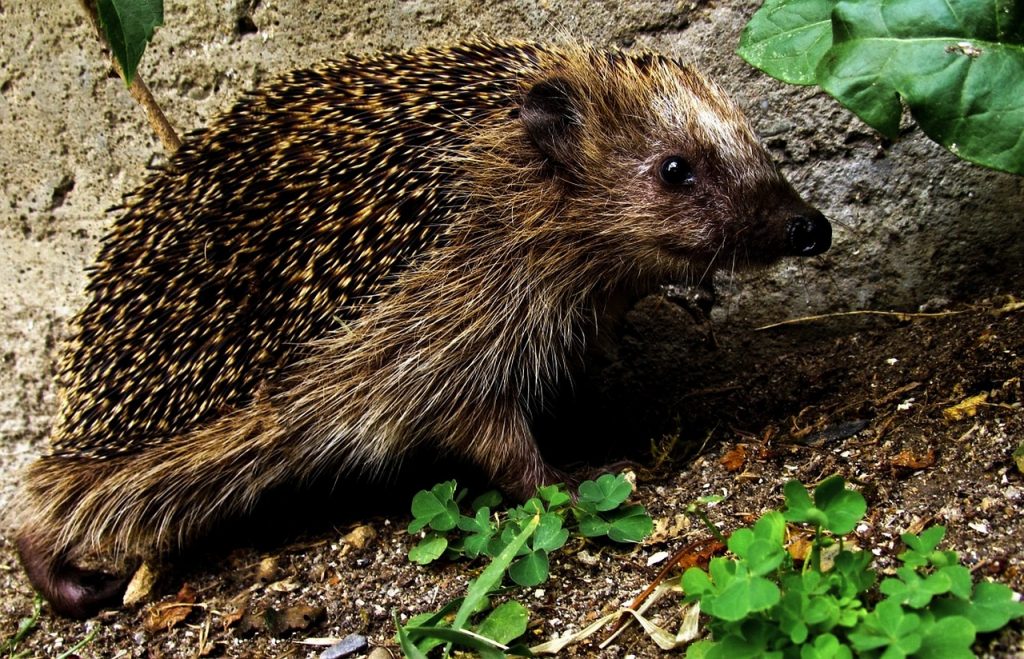
NEVER GIVE MILK OR BREAD to hedgehogs as this can be very bad for them.You can buy special hedgehog food or give them dog food tinned meat.
My husband is convinced that he is hibernating under our shed but I will be attempting to build him a hedgehog home soon so he will use that next year.
So! these are the steps we will be working on this year to attract more wildlife to our garden. I hope you will try some too and support your local wildlife so they can in turn support you!
What challenges do you face getting outdoors with your kids?
Do you have a favourite activity or something that always gets in the way?

4 Reasons You Need Dragonflies In Your Backyard & How To Attract Them What could be better than a beautiful dragonfly zooming about the garden to brighten your day? Well, a flight of dragonflies or a static swarm has been known to top …
5 Ways To Attract Bluebirds To Your Yard A century ago, bluebirds experienced a steep decline due to habitat loss. We’re lucky to have them with us still today. Before our contemporary understanding of ecology, narrow management goals …
How To Attract Wild Ladybugs To Your Backyard & Why You Need ToAttracting ladybugs to your garden is one way to maintain diversity and manage it organically. Organic gardening always involves recognizing that we are not alone in our gardens. Successful gardens …
How To Stop Birds Flying Into Your WindowsCan you automatically recall, with a shiver down your spine, the sound of an object flying straight into your living room window? The thud, followed by the drop, and the …
How To Collect & Grow Milkweed Seeds to Save the Monarch ButterflyAsk any child over seven, and I’ll bet they can tell you what plant the Monarch butterfly eats. At 43 years old, I still remember learning about the Monarch butterfly’s …
7 Tricks To Keep Squirrels Out of Bird Feeders + Best Squirrel-Proof FeedersThere’s nothing worse than putting out a fresh feeder full of birdseed and, moments later, looking up to see this guy staring back at you. What was supposed to be …
4 Ingredient DIY Suet Cakes Backyard Birds Will LoveSetting up suet feeders is a great way to attract birds to your backyard. With their high metabolic rates, these tiny creatures need high-fat food content. Think of how quickly …
5 Worst Bird Feeding Mistakes That Means They’ll Never VisitThere was a time when birdwatching was a hobby strictly for our grandparents and the serious ornithologist. But, like many things, the pandemic changed all that. While we were stuck …
4 Ways to Deal with Bullying Blue Jays at Your FeederAs a backyard bird enthusiast, I’m sure you’ve stood at your window, watching a handful of birds nibbling away at your feeder, only to see them scatter when a squawking …
The #1 Secret to Attracting Cardinals to Your Yard + 5 Tips to ImplementEvery Christmas, it seems we all receive at least one card with a familiar scene on it. There’s a snow-covered tree or branches, sometimes with glitter, and amid the white …
4 Ways to Attract Lacewings to Your Garden (& Why You Need Them)A thriving garden ecosystem is like a world in miniature. Right under our noses, there’s a constant struggle for survival going on. Between battles for food and territory, mating rituals …
7 Bee Watering Station Ideas to Provide Drinking Water for BeesFrom sun up to sun down, bees are doing important work for the health and safety of the hive. Foraging bees will travel up to 5 miles from the colony …
5 Tips For A Dazzling No Mow MayYou are soon to discover that as enchanting as No Mow May is, it’s about so much more than beauty or helping the bees. Though for those two reasons alone, …
8 DIY Butterfly Feeder Ideas + 5 More Ways To Attract ButterfliesButterflies are among the most appealing insects found in nature. As indispensable members of the beneficial insect crew, butterflies are essential pollinators that pick up tiny grains of pollen on …
8 Ways To Attract Owls To Your BackyardWould you invite an owl to your garden party? If so, it’s time to add a new item to your checklist of gardening chores: how to create an “owl-friendly yard”. …
How to Create a Pollinator Paradise Without Getting Overwhelmed For decades the pursuit of the perfectly manicured lawn has consumed many a sunny weekend. Nary a dandelion could be found on the immaculate green carpet spread out in front …
How To Create a Beautiful and Practical Woven Willow Bird BasketThe ability to weave your own baskets is one of the many self-reliant skills that you shouldn’t be missing out on. Why? Because basket weaving requires few tools, making it …
10 Plants To Attract Hover Flies – Nature’s Super-Pollinators & Aphid EatersHover flies are truly unsung heroes in the garden. Operating like undercover agents, hover flies are easily mistaken for bees or wasps. When at rest on a flower, it’s nearly …
7 Simple Steps to Attracting More Fireflies to Your BackyardIf you grew up in rural America, a big part of summertime was fireflies. Or lightning bugs. Or lightning beetles. No matter what you called them in your neck of …
The Ultimate Guide to Attracting Hummingbirds to Your YardI’m just warning you right now if you clicked on this to read, and you’re serious about attracting hummingbirds to your yard, it helps if you’re a little crazy – …
60 Plants to Attract Bees, Butterflies and Other Important InsectsAttracting bees, butterflies and other beneficial insects to your garden couldn’t come at a better time than now, at this particular point in history. With the decline in insect species …
Is Your Bee Hotel Actually a Deathtrap?Imagine you’re on a road trip. You’ve been driving for hours, and you decide it’s time to stop for the night. Maybe you find a place along the way, or …Read Moreabout Is Your Bee Hotel Actually a Deathtrap?
Actually, You Don’t Need to Save the Dandelions for The BeesPretty soon, the snow will melt, the grass will green, and just a few short weeks after that, great sweeping blurs of yellow flowers will cover fields and yards alike. …Read Moreabout Actually, You Don’t Need to Save the Dandelions for The Bees
Why You Need More Earthworms In Your Soil & How To Get ThemWhen you type your query with nimble and curious fingers into a search bar: “why attract earthworms”, what comes up? Why would you want earthworms in your garden? Are earthworms …Read Moreabout Why You Need More Earthworms In Your Soil & How To Get Them
13 Practical Ways You Can Help Pollinators – With Advice From a Distinguished EntomologistIt’s such an incredibly tiny act. We can be standing by while it’s happening and not even notice. Pollination. Almost three-quarters of the crops we grow for food are pollinated. …
15 Colorful Trees & Shrubs to Attract Stunning Birds To Your BackyardDo you enjoy watching birds from the window, peering out several times a day to see what is going on in the outside world? If you would like to increase …
5 Ways To Attract Beautiful Birds To Your GardenBirdscaping. Did you even know that was a thing or a necessary and environmentally-friendly act that you can easily carry out in your own backyard? If you’ve already encountered this …
How To Build A Bug Hotel + 5 Reasons Why You ShouldWith plenty of time on your hands, has your mind ever wandered to the garden, and to how you might go about attracting beneficial insects to your space? If so, …
How To Build A Bat House To Attract More Bats To Your YardJust as there are several ways to attract bats to your yard, there is more than one way to build a bat house. But before you blindly choose a bat …
Rewild Your Garden: 10 Easy Things You Can Do To Make A Big DifferenceHave you ever given thought to what it might feel like to rewild your garden? A garden being your backyard space, acres upon acres of field or forest, even your …
How To Make A DIY Rustic Hanging Bird BathBird baths help to make your garden or yard a more appealing stop for beautiful birds and butterflies. While having a bird bath in your yard is beneficial to the …
Simple Birdseed Ornaments – Made With Just 2 IngredientsEdible ornaments for birds? Yes, you read that right. Currently you are about to embark on a tutorial on how to make bird cookies. And healthy ones at that. There …
Garden Wildlife Photography Tips
When you think about wildlife photography, most people would think of visiting a wildlife reserve, national park, or just getting out in the wilds. However, you can take great wildlife photos much closer to home.
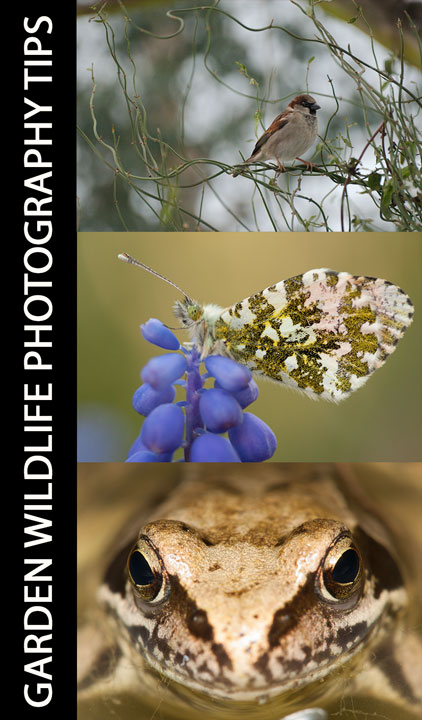
There are quite a few benefits of photographing wildlife in your garden. The most obvious one being that you don't have to travel anywhere to get there. It's also much more comfortable - if you get thirsty or hungry you can just pop inside for a drink or snack. You don't need to carry a large amount of equipment with you - you can just fetch what you want when you want it.
It also enables you to do a quick bit of wildlife photography whenever it's convenient. Of course you can't guarantee that there will always be an obvious subject out there whenever you want it. But that would be just the same if you were traveling many miles to a nature reserve.
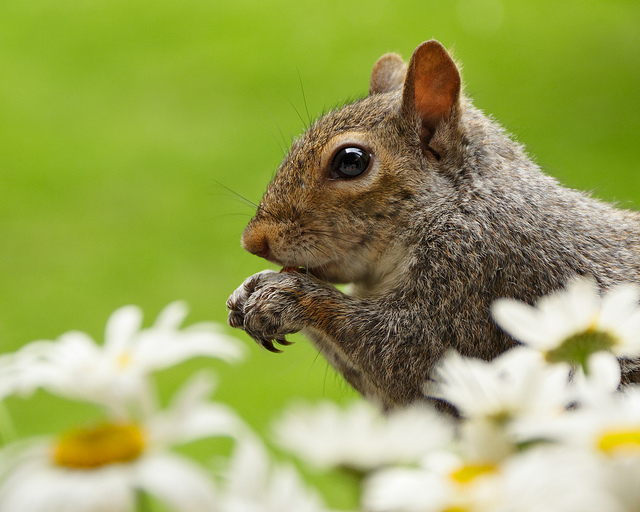
Squirrel eating a nut in a garden by James Blunt on Flickr (licensed CC-BY-ND)
In nature, habitats tend to cover large areas. But in your garden you can have a wide range of habitats in just a small area. A couple of trees can become a woodland, the lawn becomes fields, and a small pond becomes a lake (well maybe not quite, but near enough). This allows you to attract a large variety of different wildlife to your garden.
When thinking about wildlife photography in your garden, you need to think about the type of wildlife you would like to attract, and then plan your garden appropriately. If you want to photograph birds, then trees / shrubs for them to perch / hide in, water to drink and wash in, and a good supply of food will all help bring them to your garden.
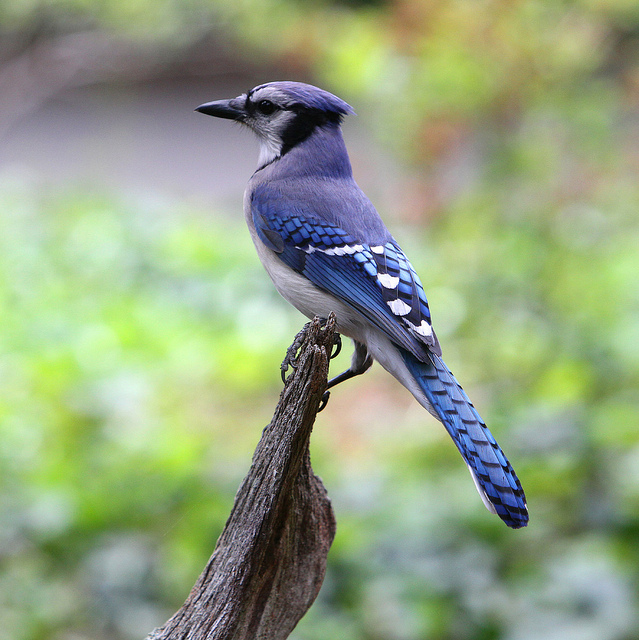
American Blue Jay by anoldent on Flickr (licensed CC-BY-SA)
You can go further than this, if you're looking to photograph a particular type of bird, for example. Look up what it likes to eat, what sort of habitat it likes, and then make sure that your garden will cater to its needs.
Enticing animals into your garden to feed can certainly help you get some photos of them. But if you can get them to live in your garden, then this opens up even more regular photo opportunities. Putting up nest boxes for birds or bee houses for solitary bees, for example.
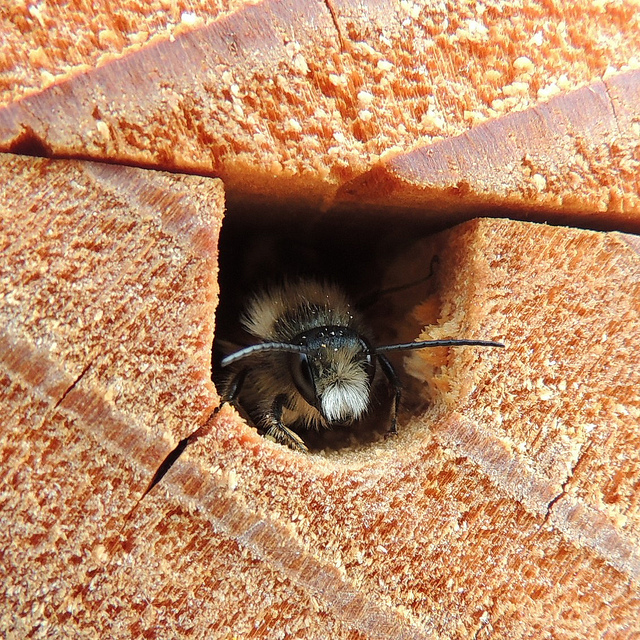
Male red mason bee (Osmia bicornis), Sandy, Bedfordshire by Orangeaurochs on Flickr (licensed CC-BY)
Do be mindful not to disturb animals when they're nesting though. For example, if you're not usually out in the garden much, but then go out when you get some nesting birds with chicks, the adults will be very wary of you and may stay away from the nest. This could result in the chicks missing out on vital feeds, or even the adults deciding to abandon the nest altogether.
If you're out in the garden regularly though before they choose the nest site, then they'll be much more likely to tolerate you being around, so long as you keep your distance.
If you're after frogs, then a small (or large) pond is a great idea. Put piles of rocks nearby that the frogs can hide under - they don't spend all their time in the water. A pond is also great for many insects, such as dragonflies, damselflies, and hoverflies. And these in turn attract other animals that feed on them.
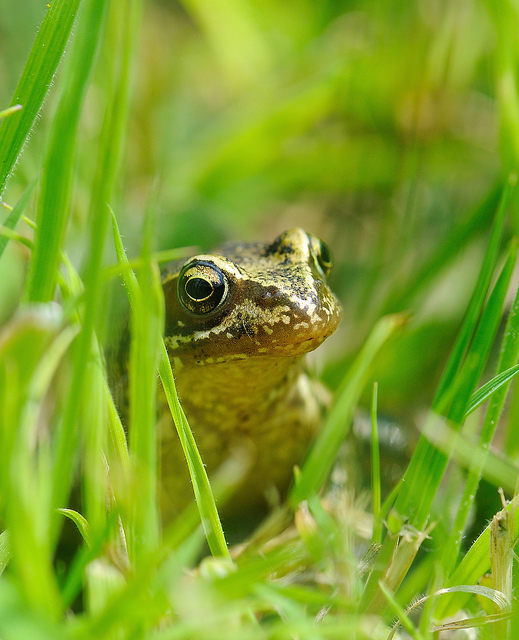
Frog by Kev Chapman on Flickr (licensed CC-BY)
A corrugated metal sheet laid out in an area that gets some sunlight can prove a magnet for snakes and lizards. As they are cold blooded, they need to warm up at the start of each day. The sheet heats up much faster in the sun than the surrounding ground. This makes it an ideal place for them to hide under, out of the sight of potential predators above.
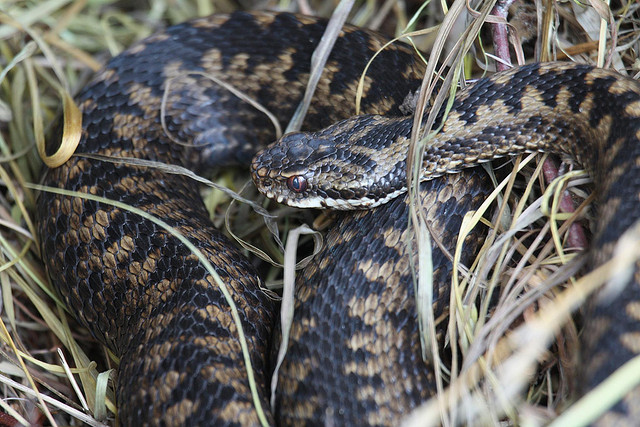
Adder by Alastair Rae on Flickr (licensed CC-BY-SA)
For butterflies and caterpillars think about the types of plants you have in your garden. While flowers attract butterflies with their nectar, think also about plants that the caterpillars eat. Many have quite specialized tastes. By planting their foodplants you can attract butterflies looking for somewhere to lay their eggs. And it also gives you the chance to record the complete life-cycle, from caterpillar to butterfly.
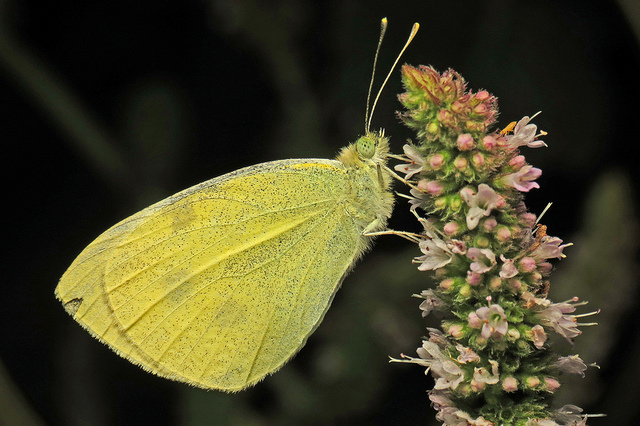
Roosting butterfly by Martin Cooper on Flickr (licensed CC-BY)
As well as thinking about the wildlife you would like to attract when setting up your garden, also think about it from a photographic perspective. For example, when putting up a bird feeder, you want to place it somewhere that you can get reasonably close to without scaring the birds off. If you can place it near a point where you can easily photograph from the house, so much the better.
A bush growing near the feeder will provide a nice place for birds to perch, allowing you to get nice, natural shots of them. You may want to trim back parts of the bush to reduce visual clutter and make it easier to get a clean shot. You can even go further and just use a cut branch placed near the feeder for the birds to use. This results in much more appealing photos than a bird sitting at a plastic feeder.
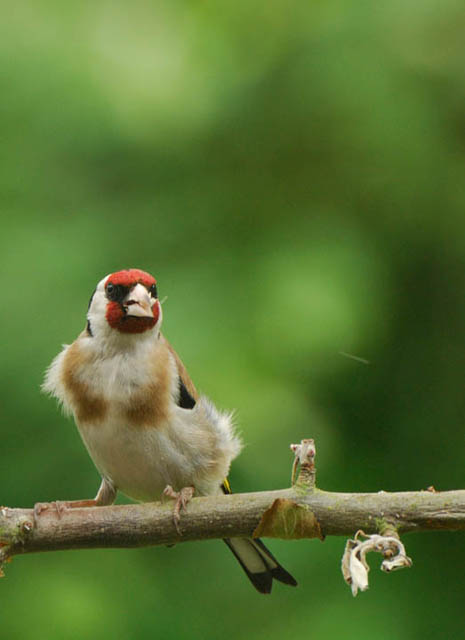
European Goldfinch perching on a twig
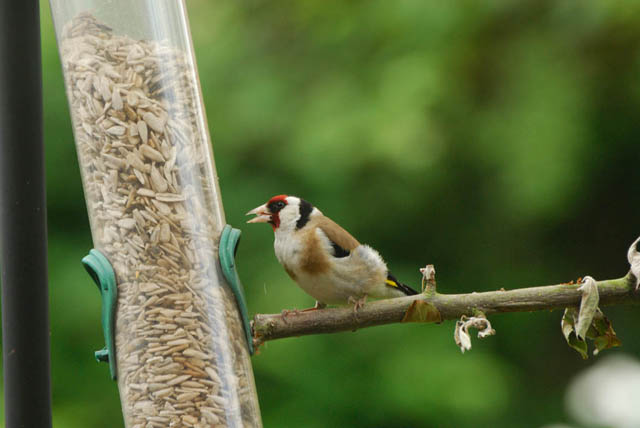
The bird was actually perching on a stick attached to a feeder
Think about the backgrounds too. Having climbing plants covering walls and fences will usually provide a nicer, more natural looking backdrop than bare brick or wood.
Although photographing wildlife in your garden allows you to get pretty close, for most subjects you're still going to need a telephoto lens (300mm or greater) if you want to capture them at a reasonable magnification. Smaller subjects, such as insects, will generally let you get a bit closer, but due to their small size the maximum magnification ratio of the lens can become an issue. For these subjects a macro lens is highly recommended.
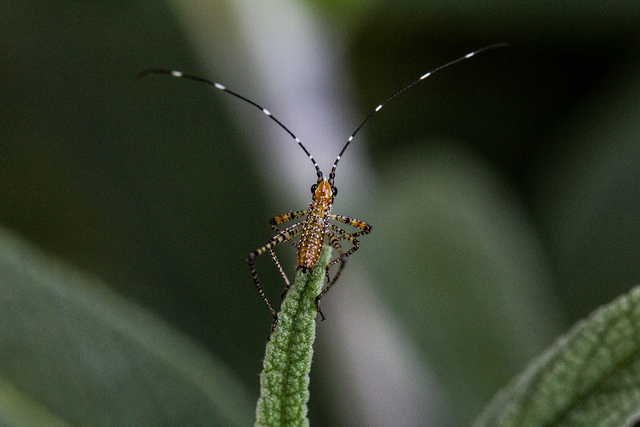
Mexican Bush Katydid by siamesepuppy on Flickr (licensed CC-BY)
For photographing birds, you can use your house as a hide. It is best (though not essential) to shoot through an open window or door as shooting through the glass of a window can reduce the contrast of an image. You may have to deal with reflections caused by the window too if shooting through the glass.
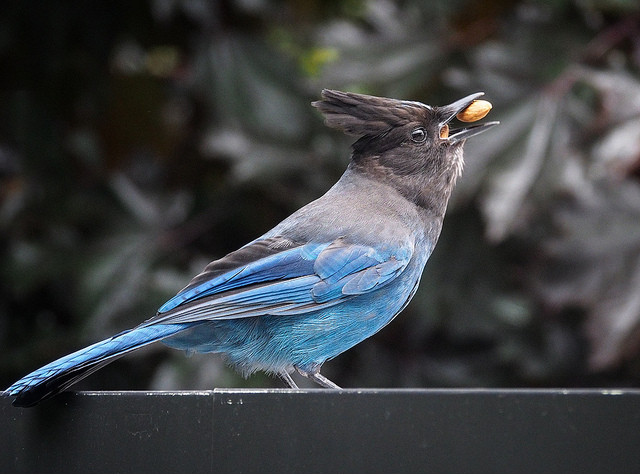
A Caching Steller's by Ingrid Taylar on Flickr (licensed CC-BY)
If you have a door that can slide open, this is perfect as it will let you shoot to the left or right without getting in your way. Whereas with a window you can only shoot in the direction that it opens.
It is best to open the window or door, then wait for birds to arrive. If you open the window / door after the birds have arrived, then you'll likely scare them off. So long as you're not too noisy, and don't move around too much, the birds should ignore you.
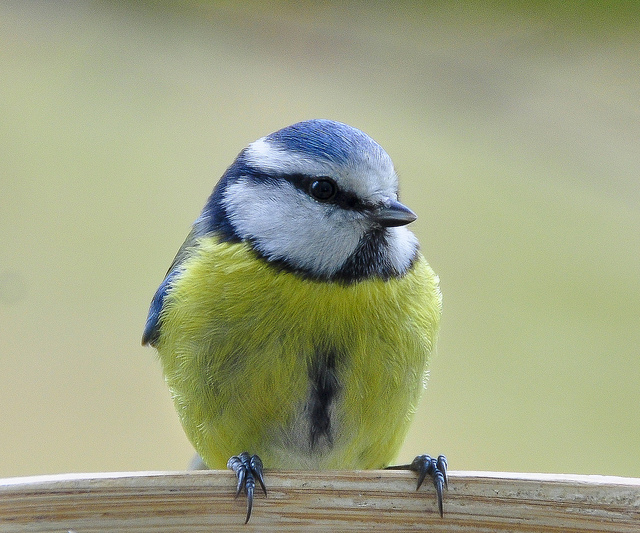
Blue Tit close-up by keith ellwood on Flickr (licensed CC-BY)
Lastly, if you don't have much wildlife in your garden at the moment, making it wildlife friendly won't change the situation overnight. You need to think of it more as a long term project. The results can be great, both for your photography, and also just for the general enjoyment of wildlife watching.

